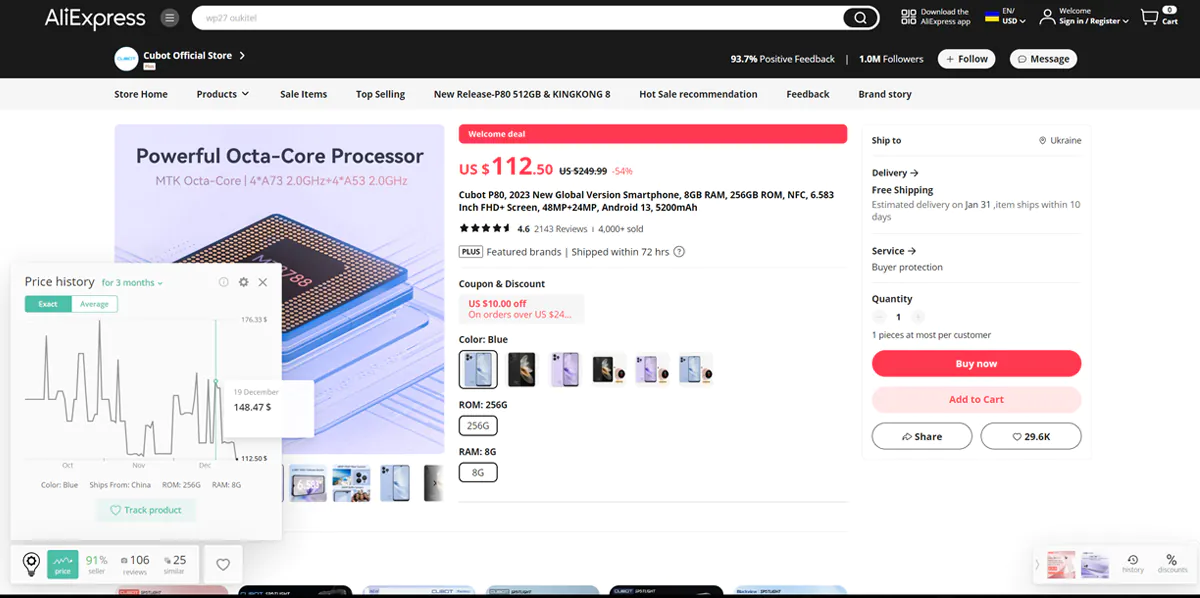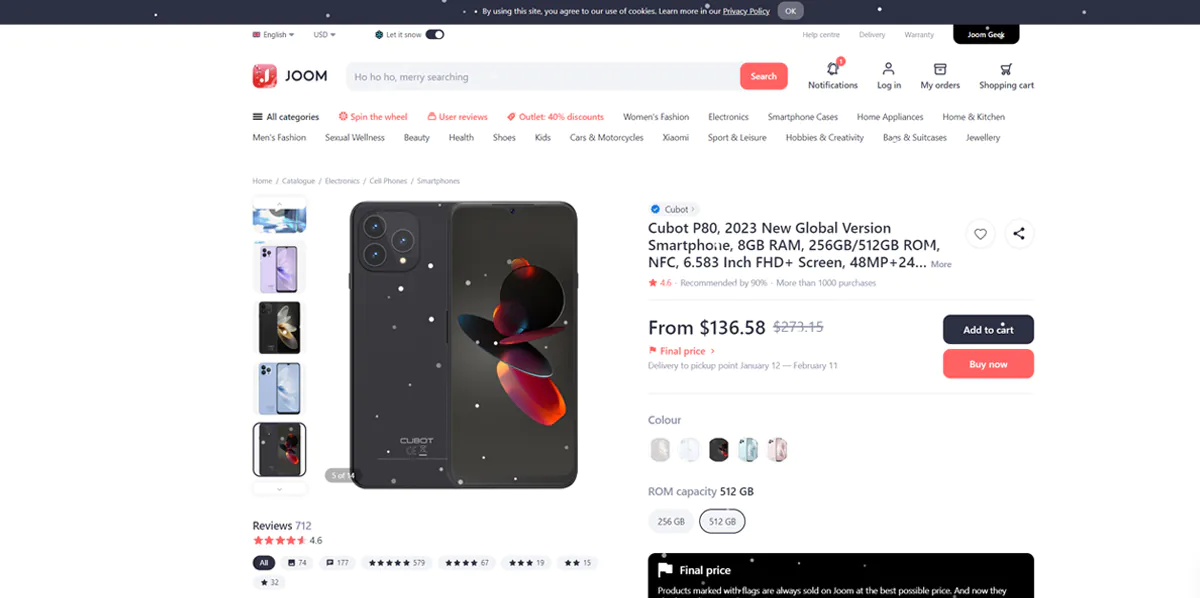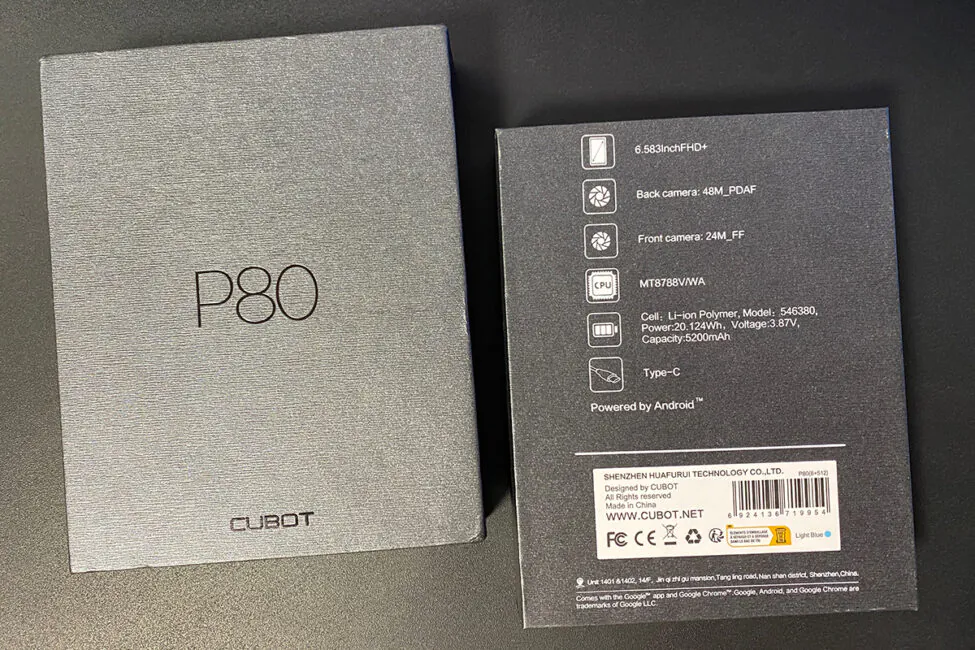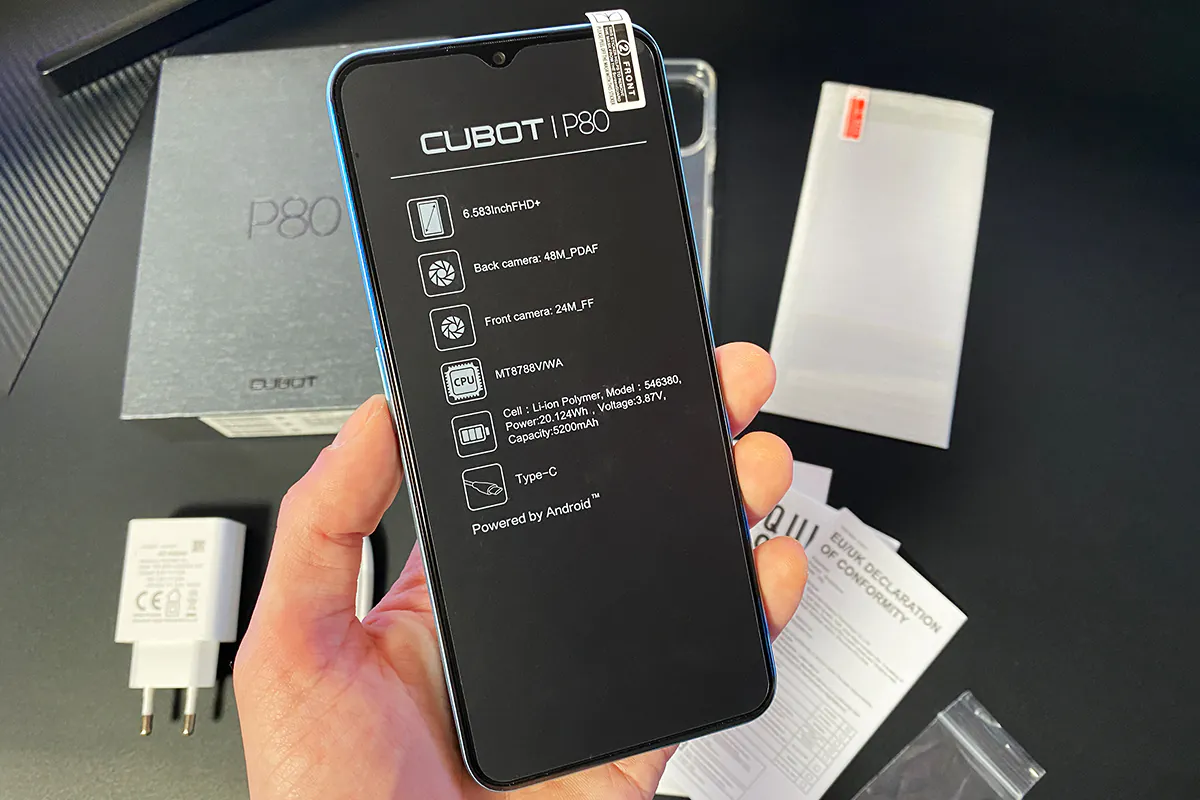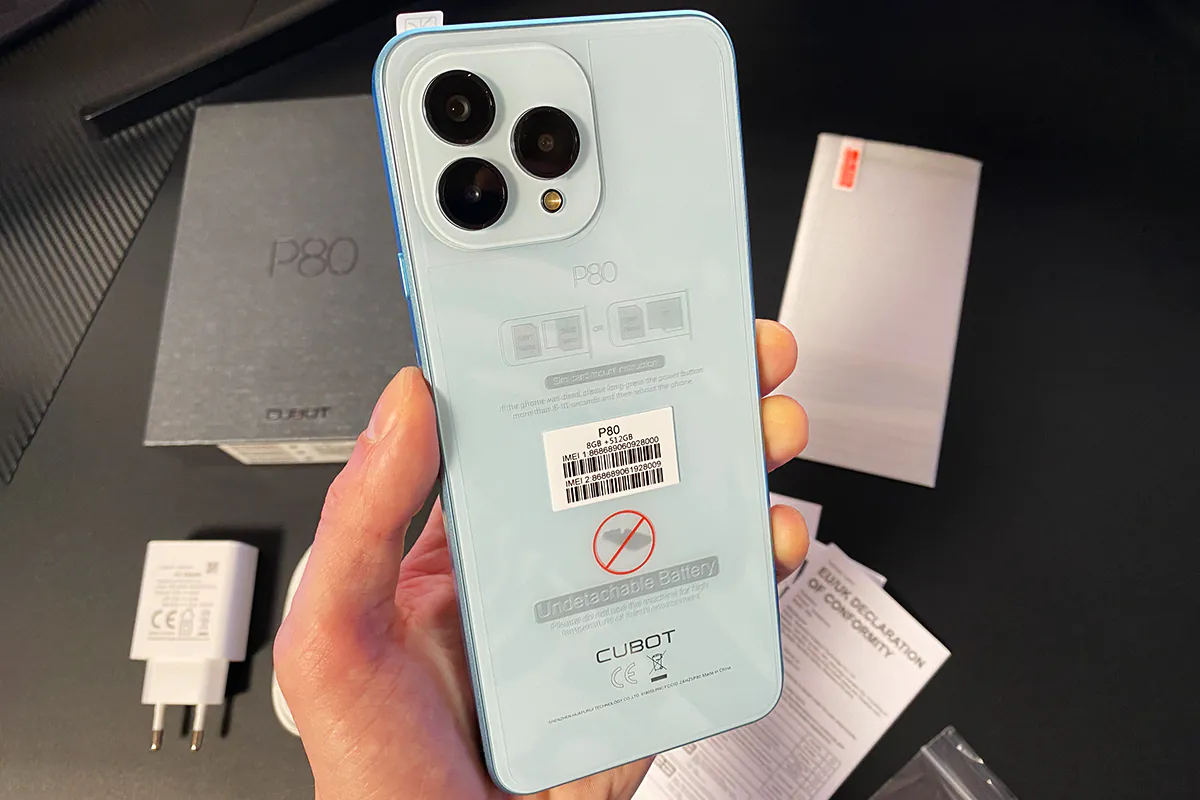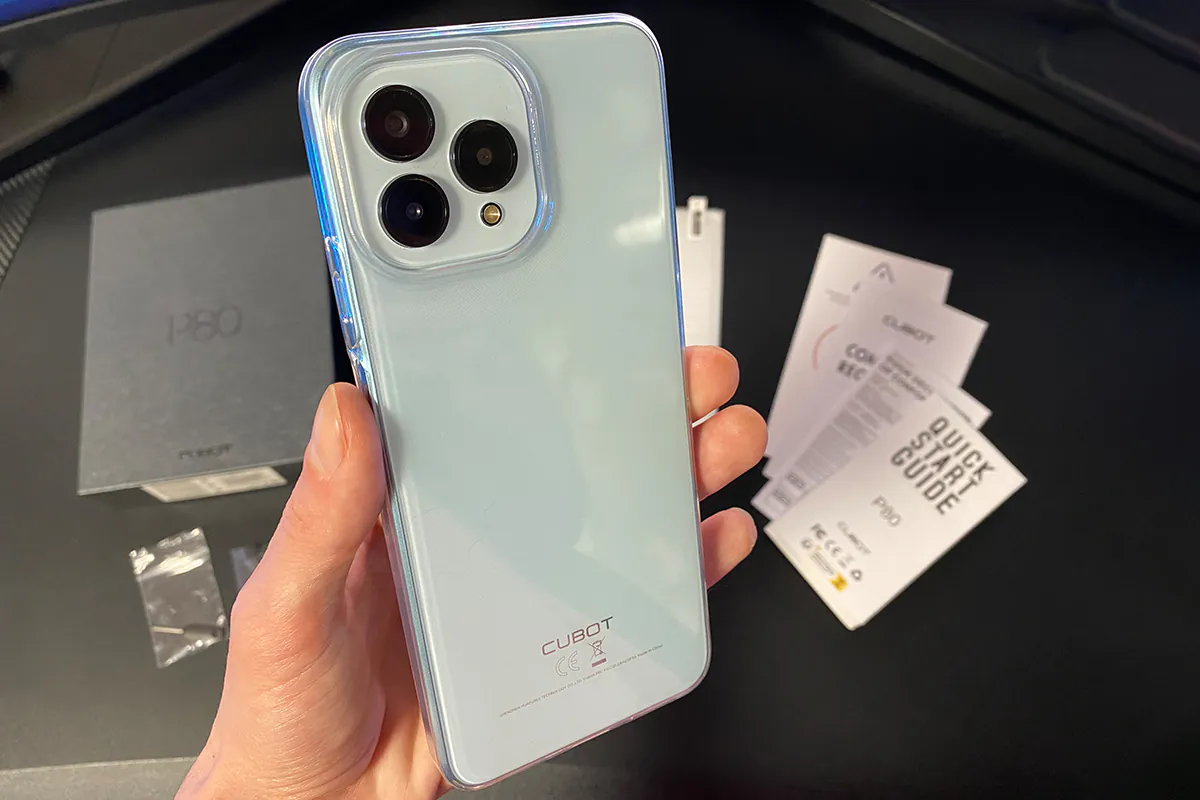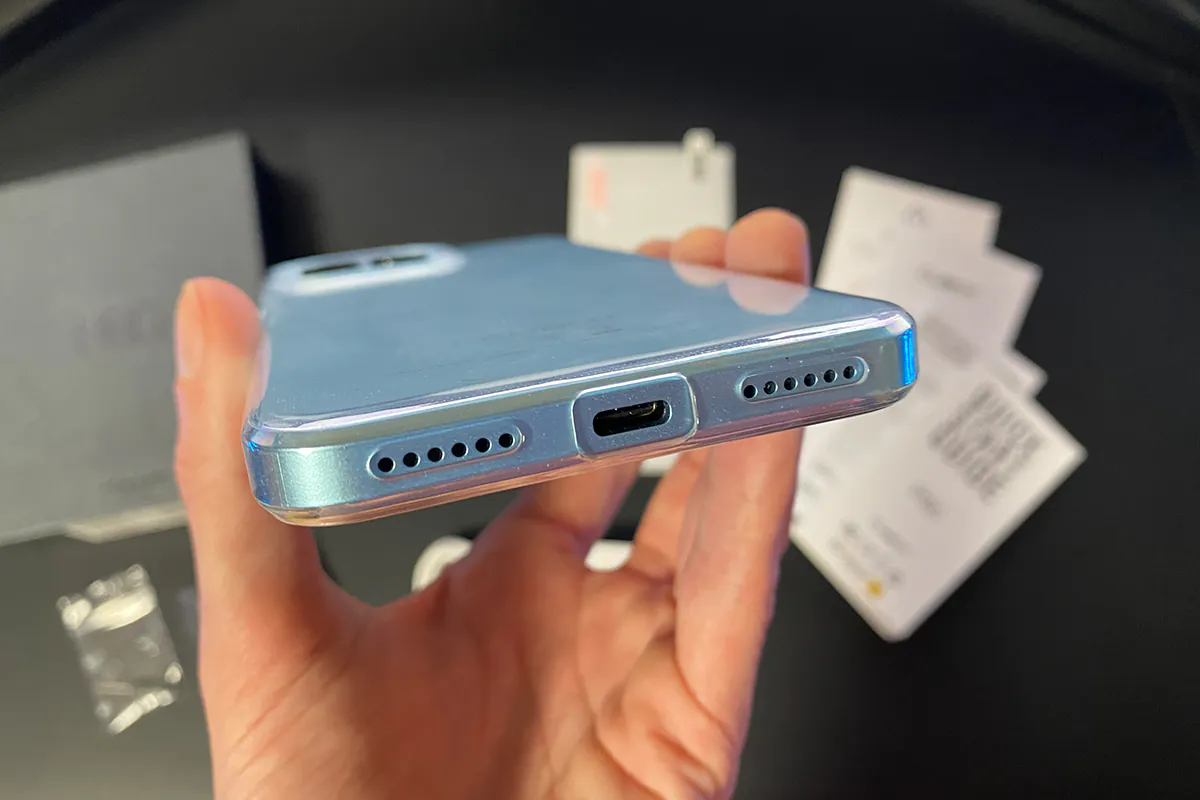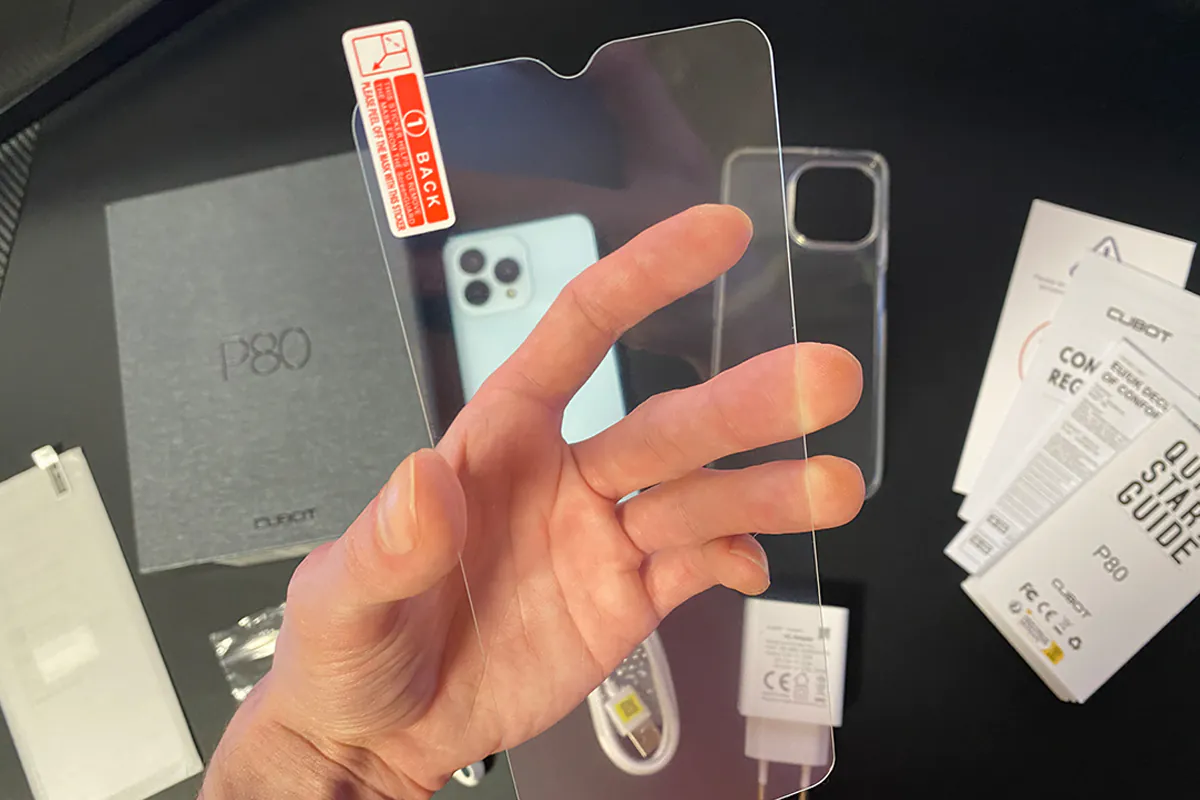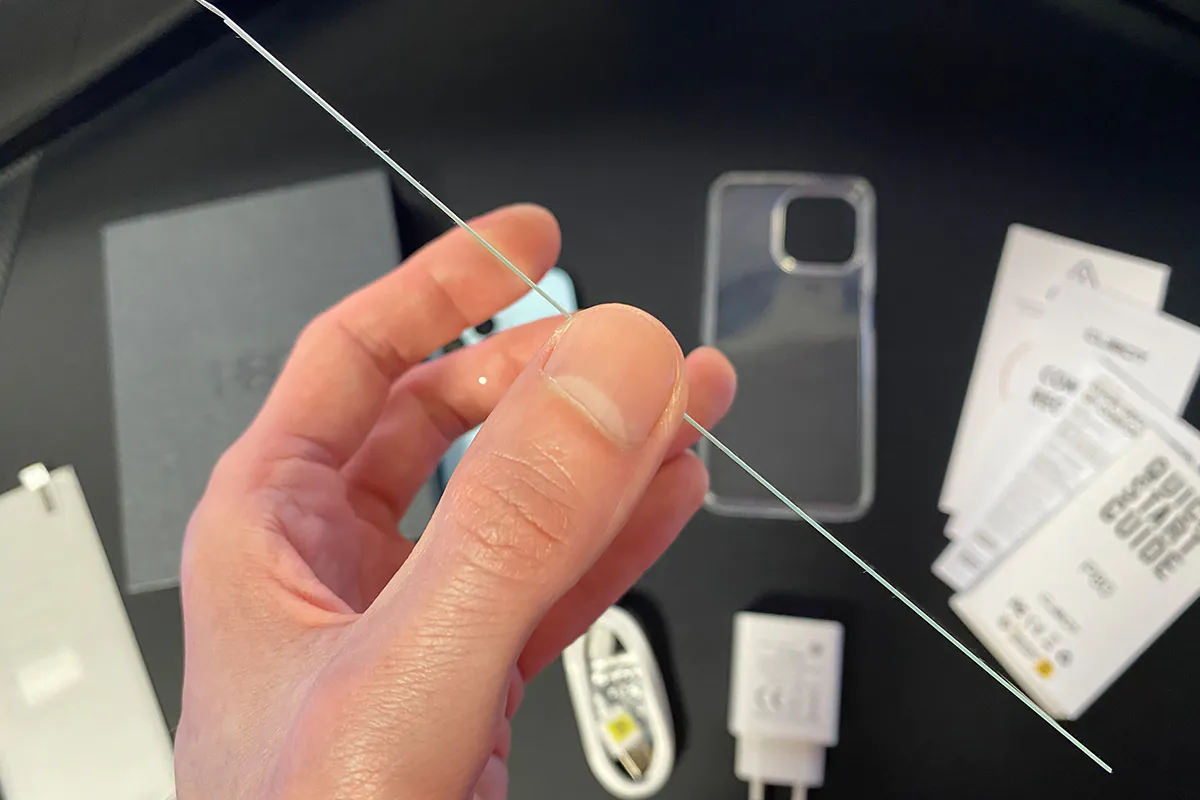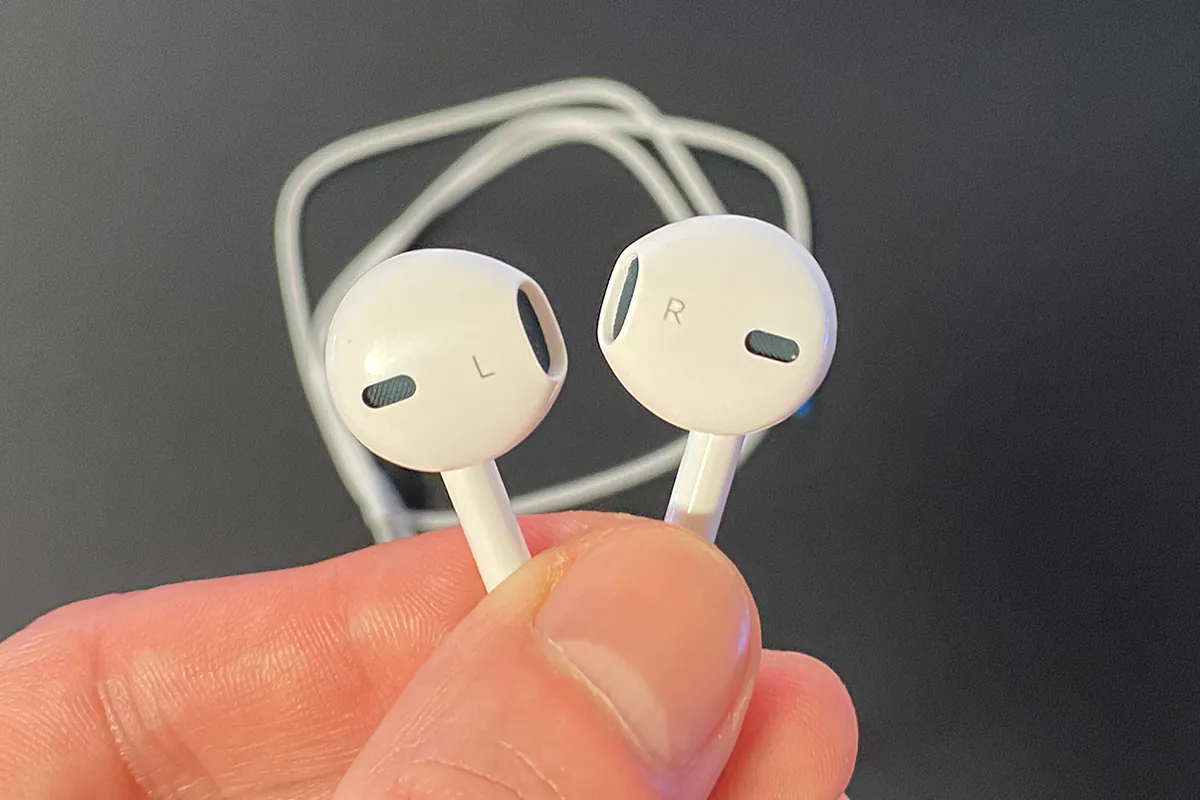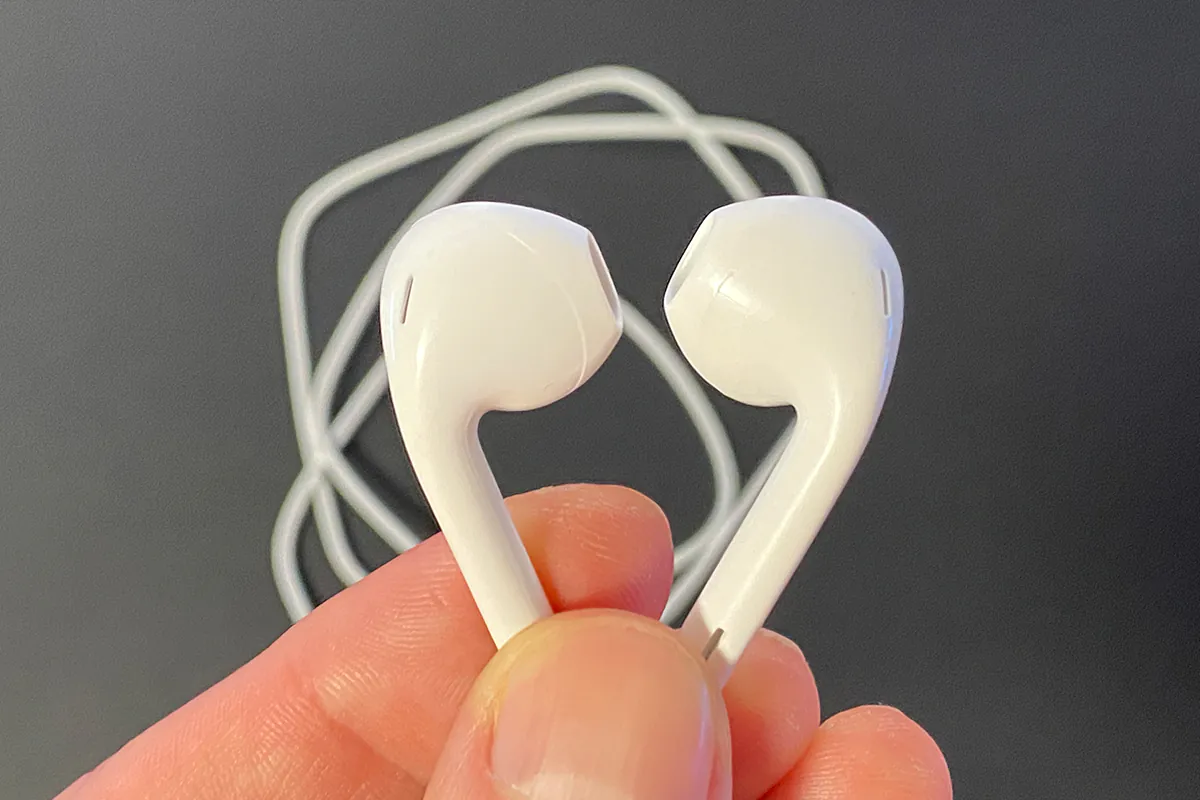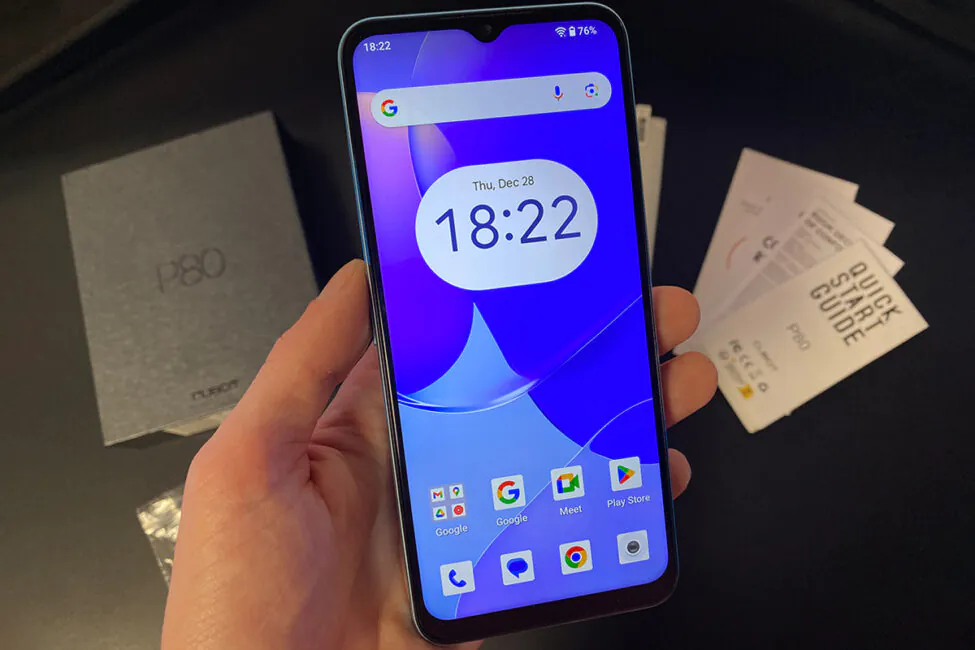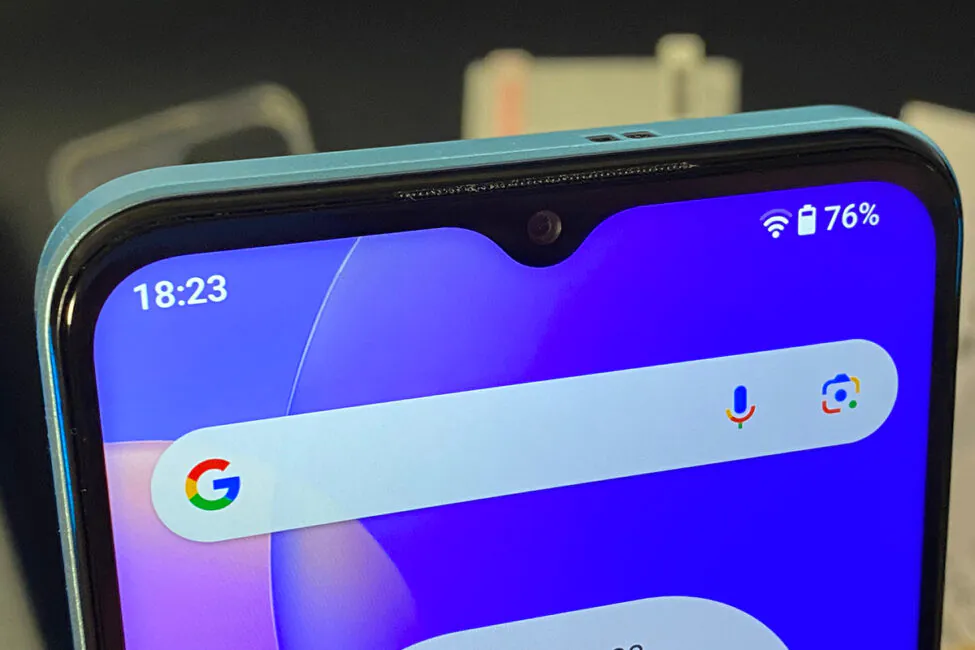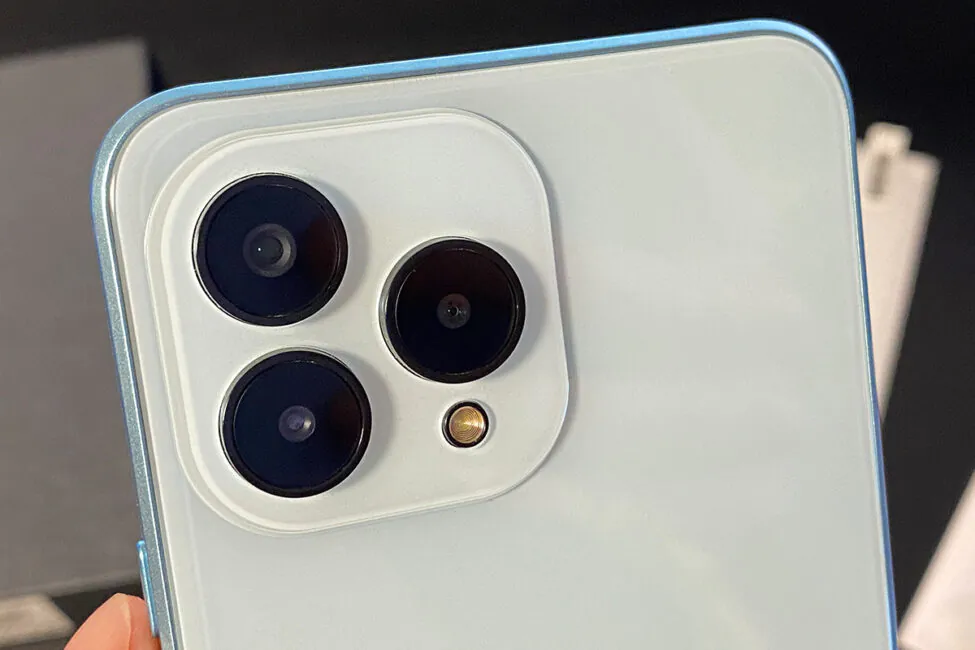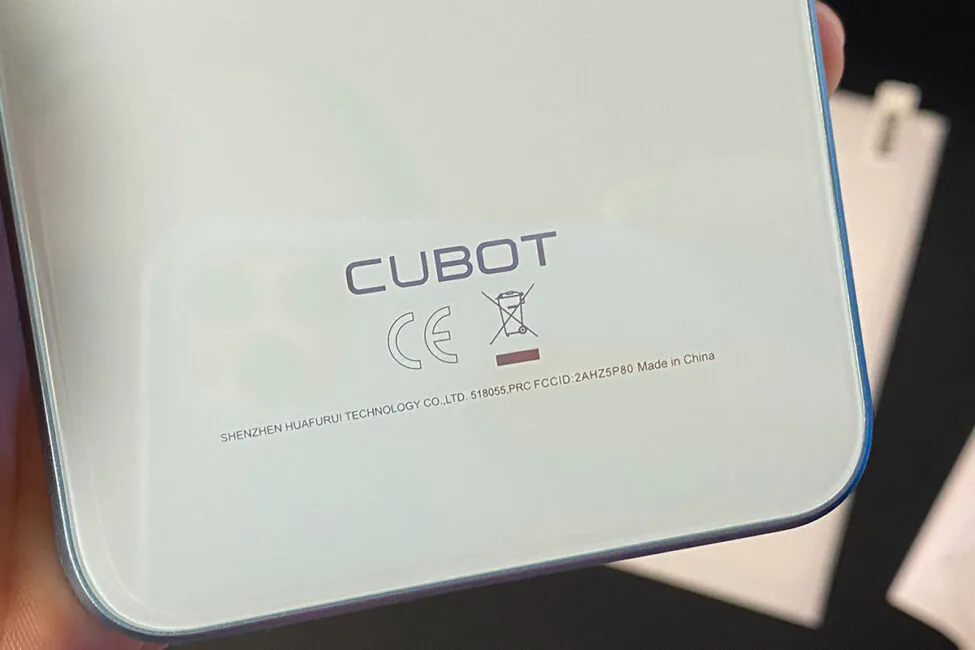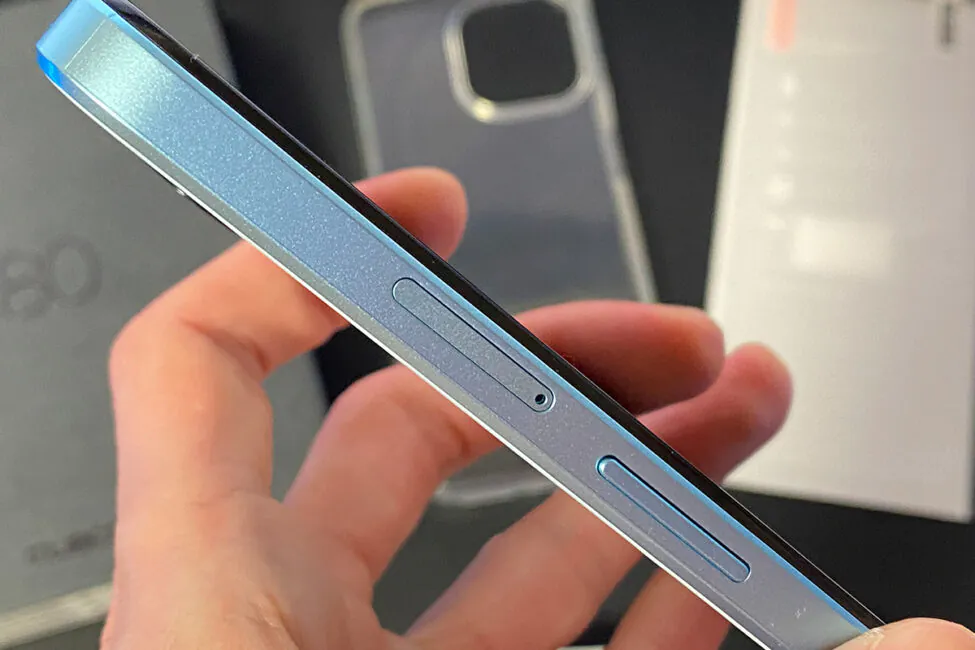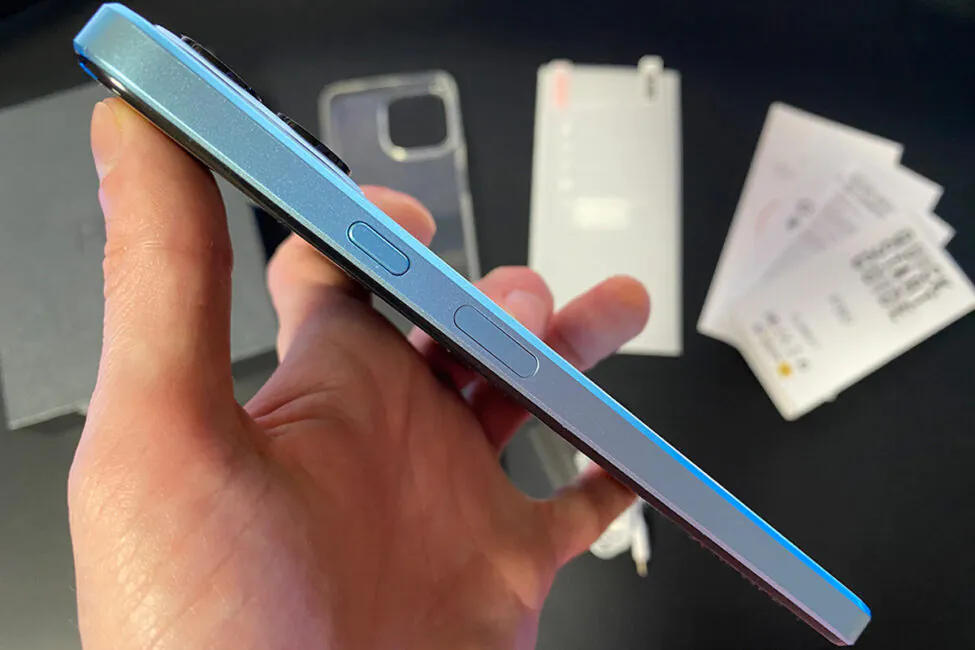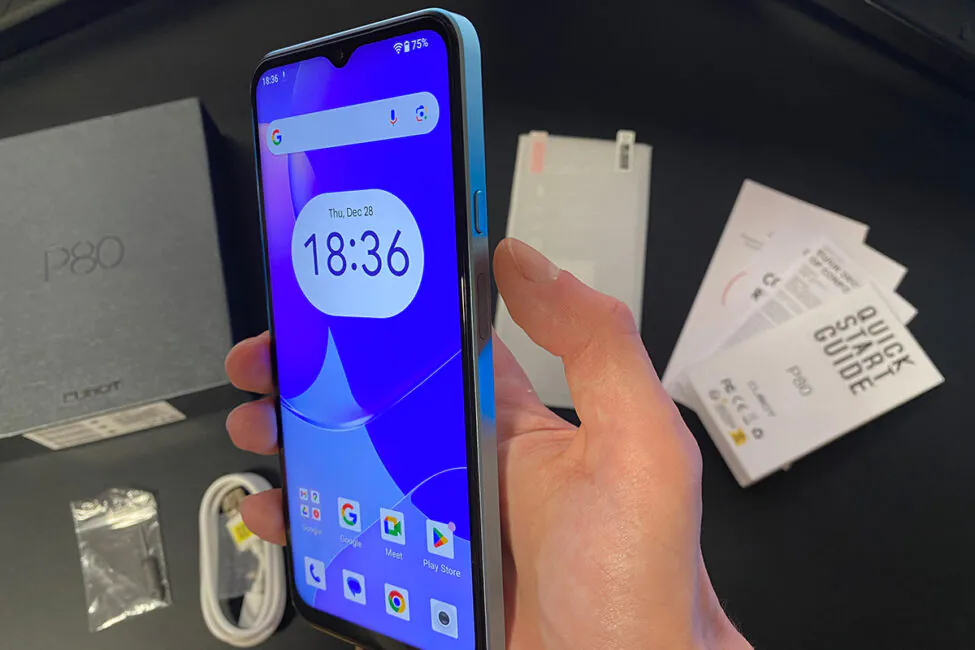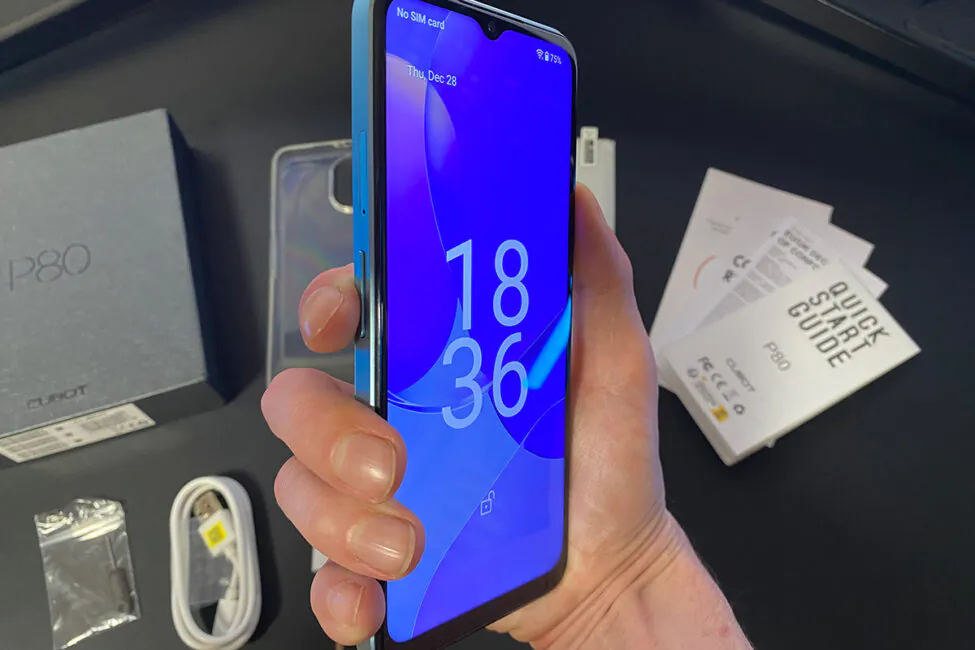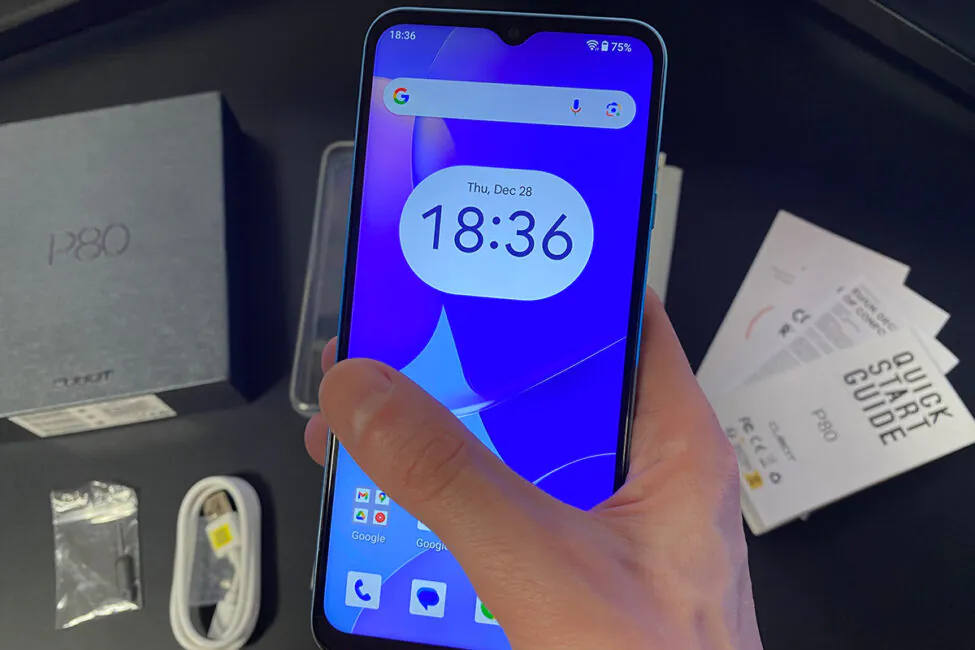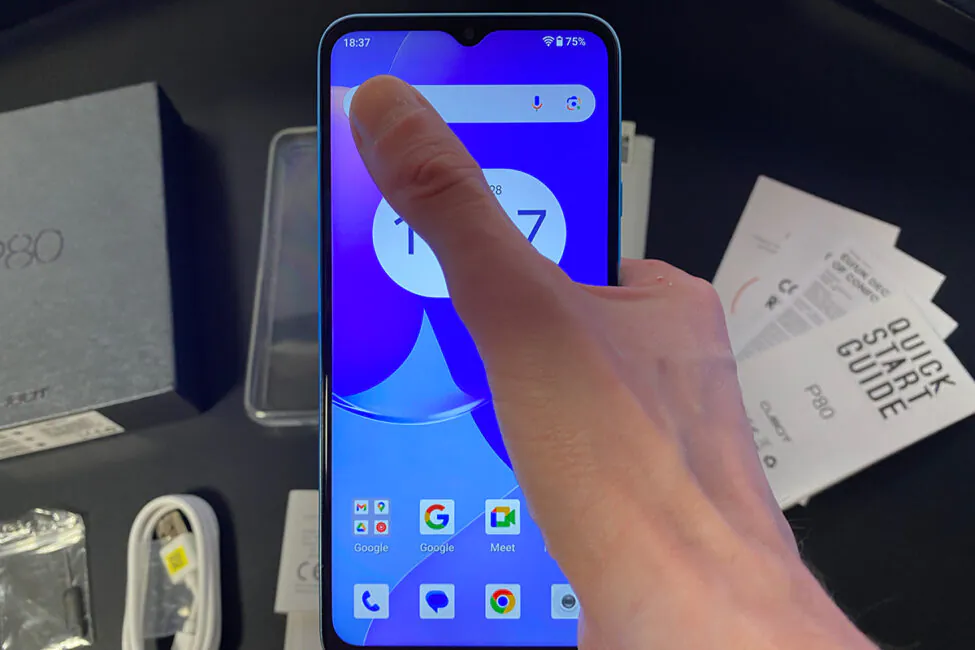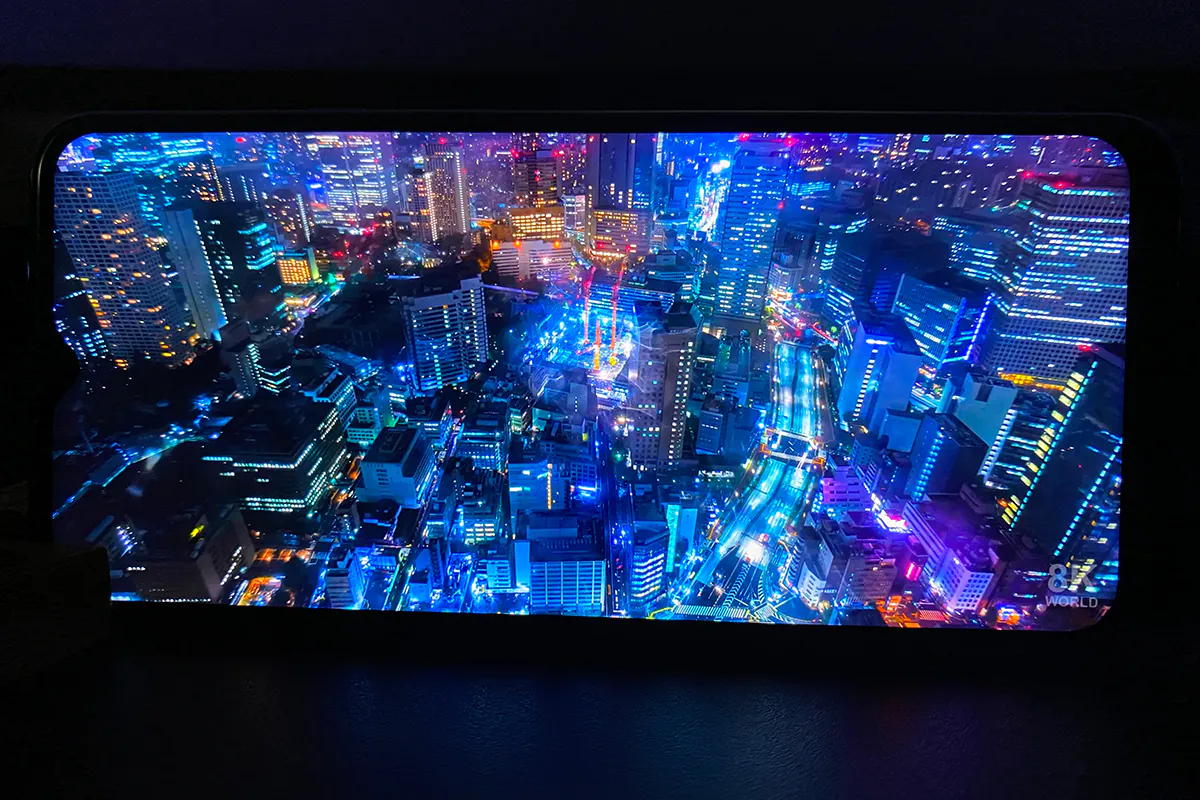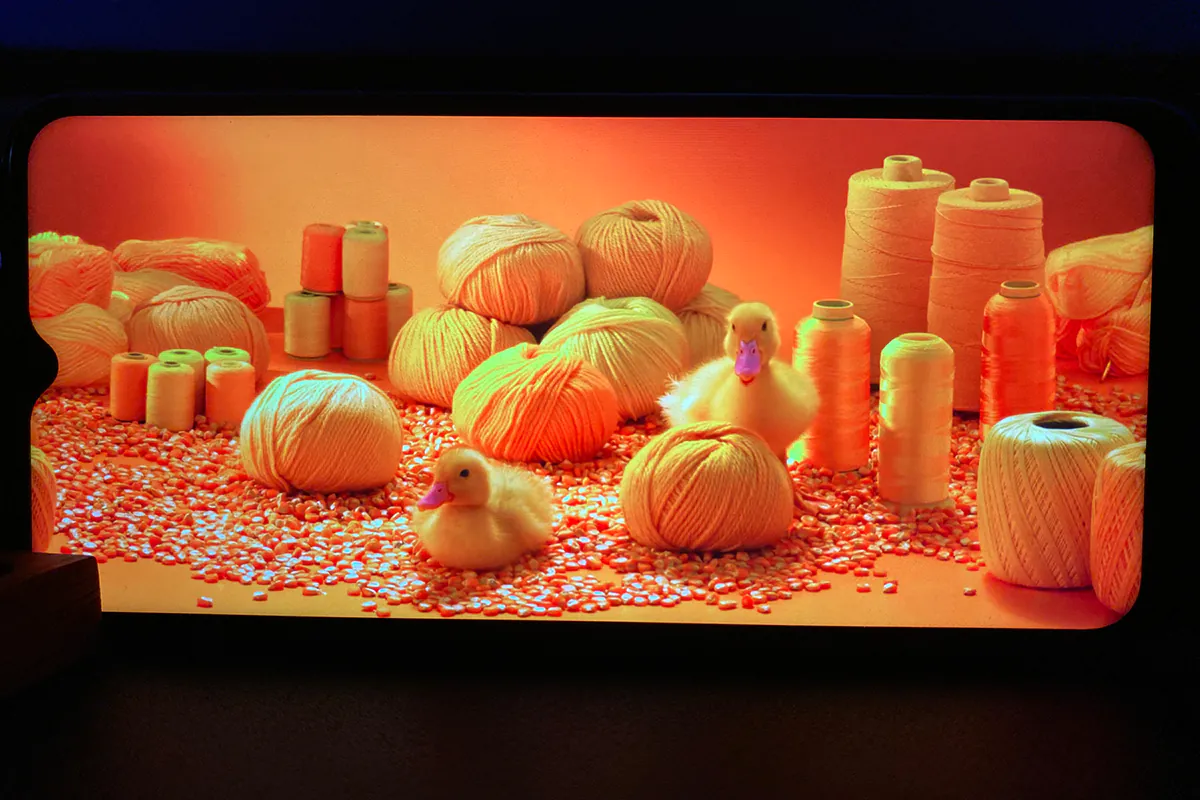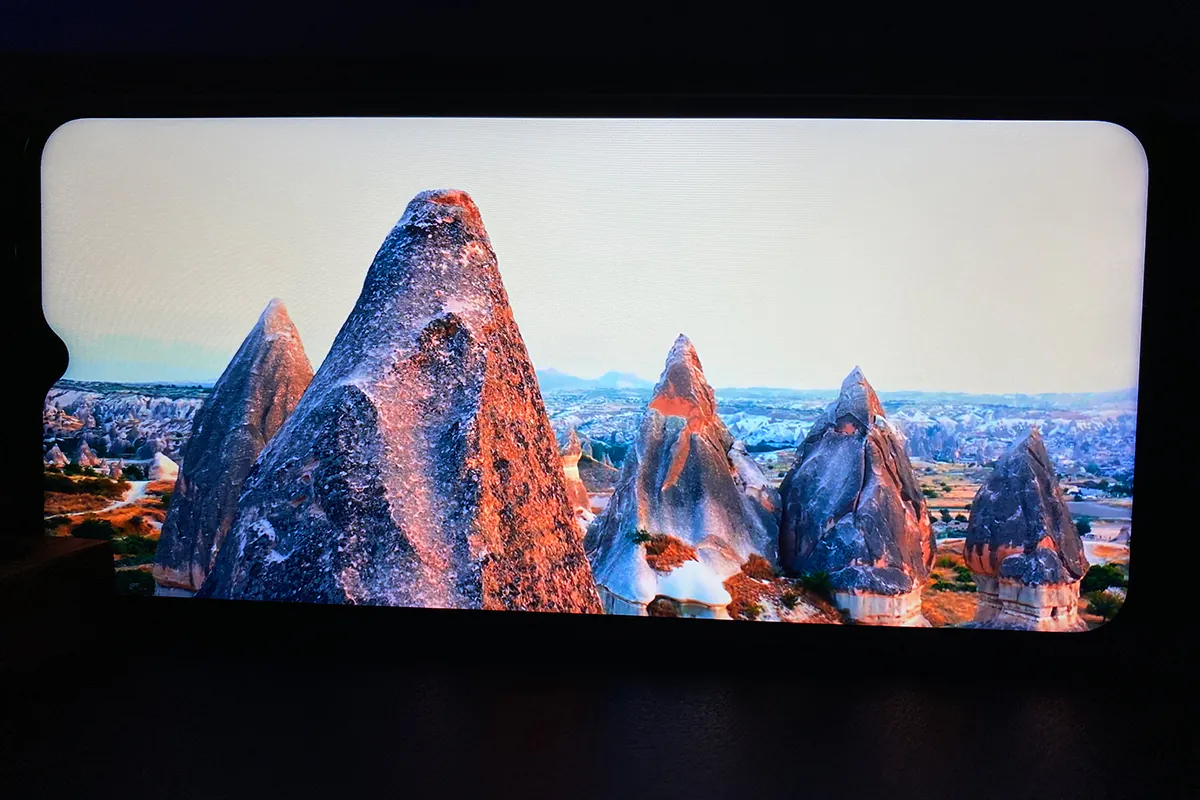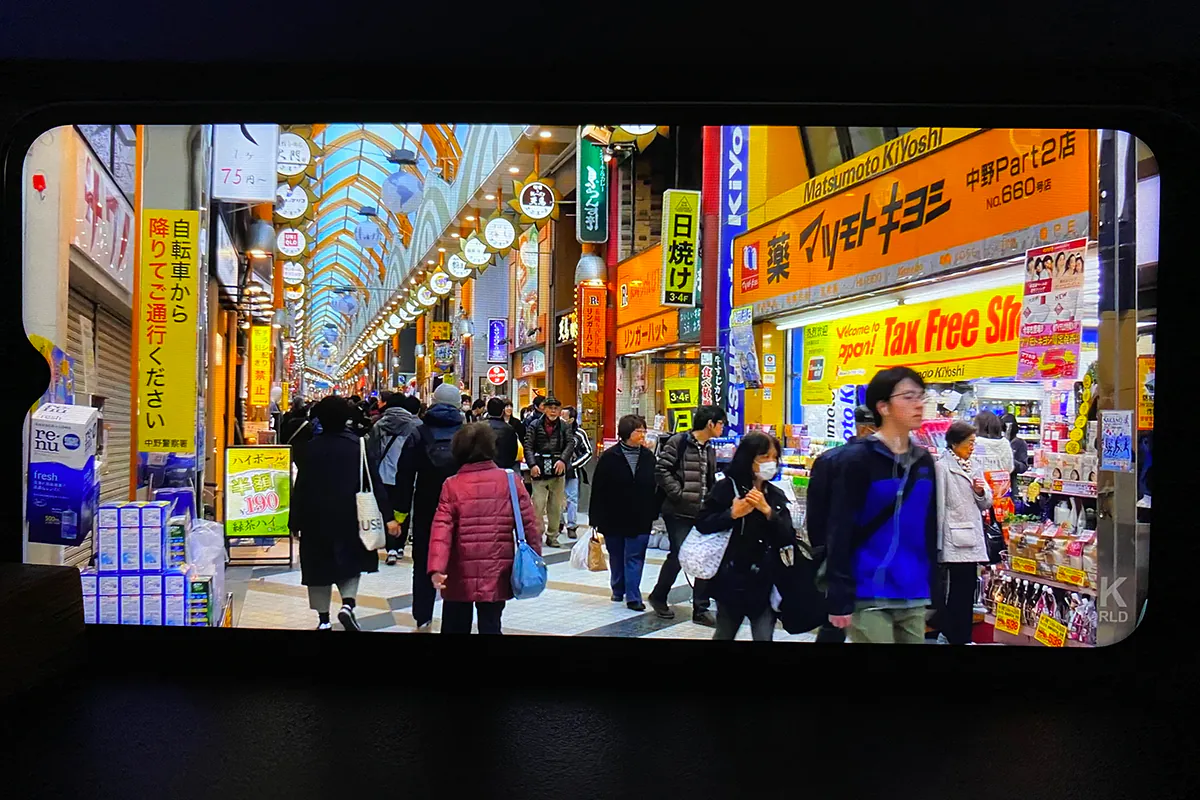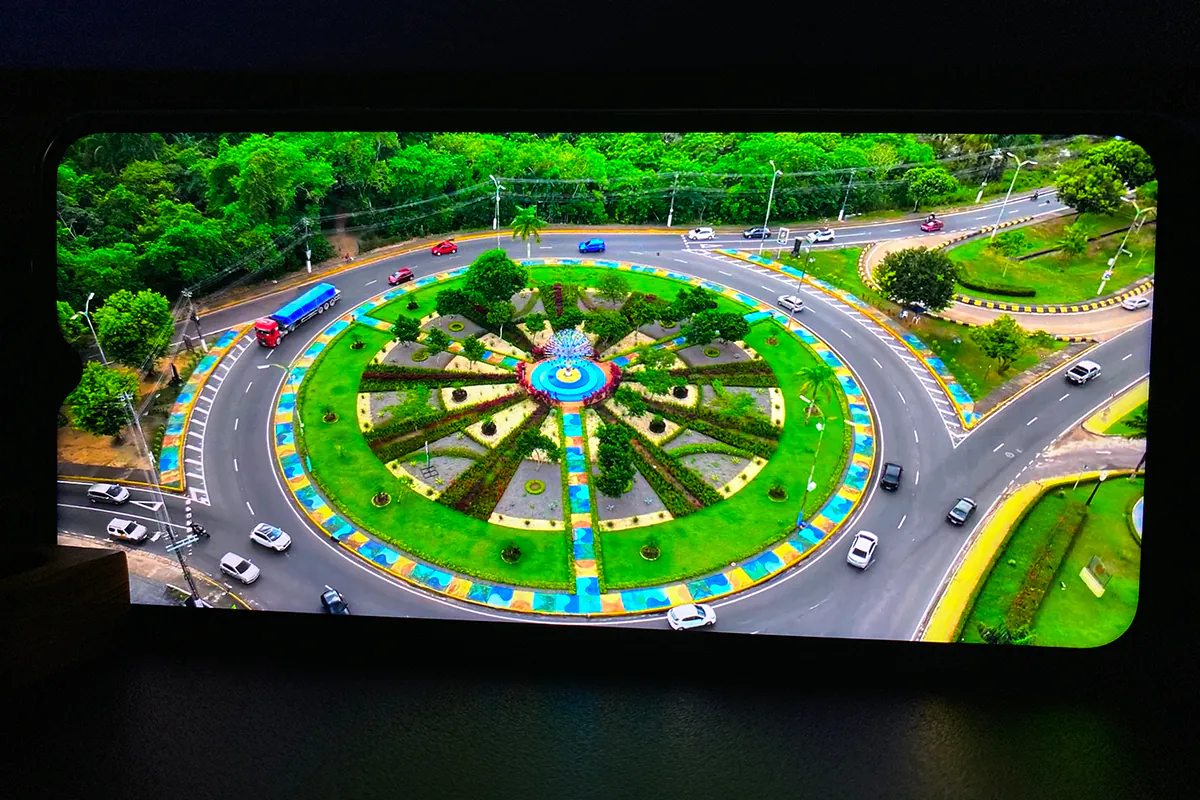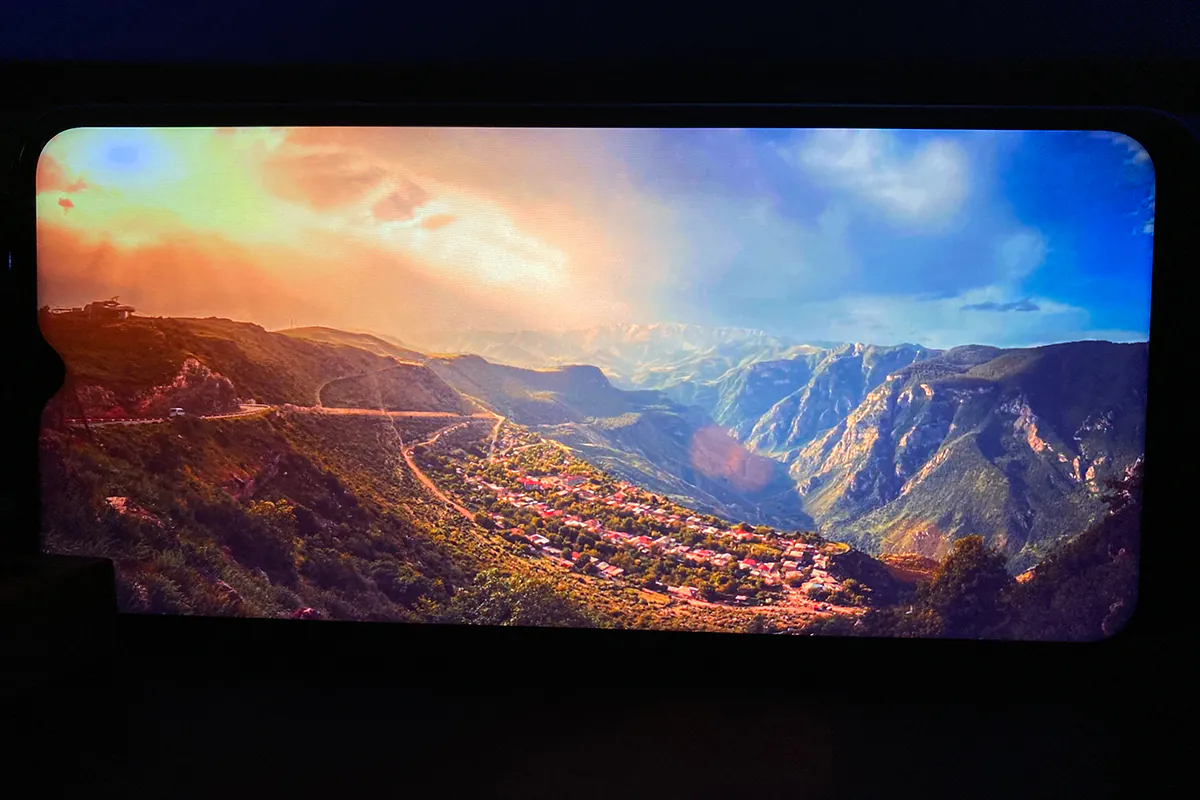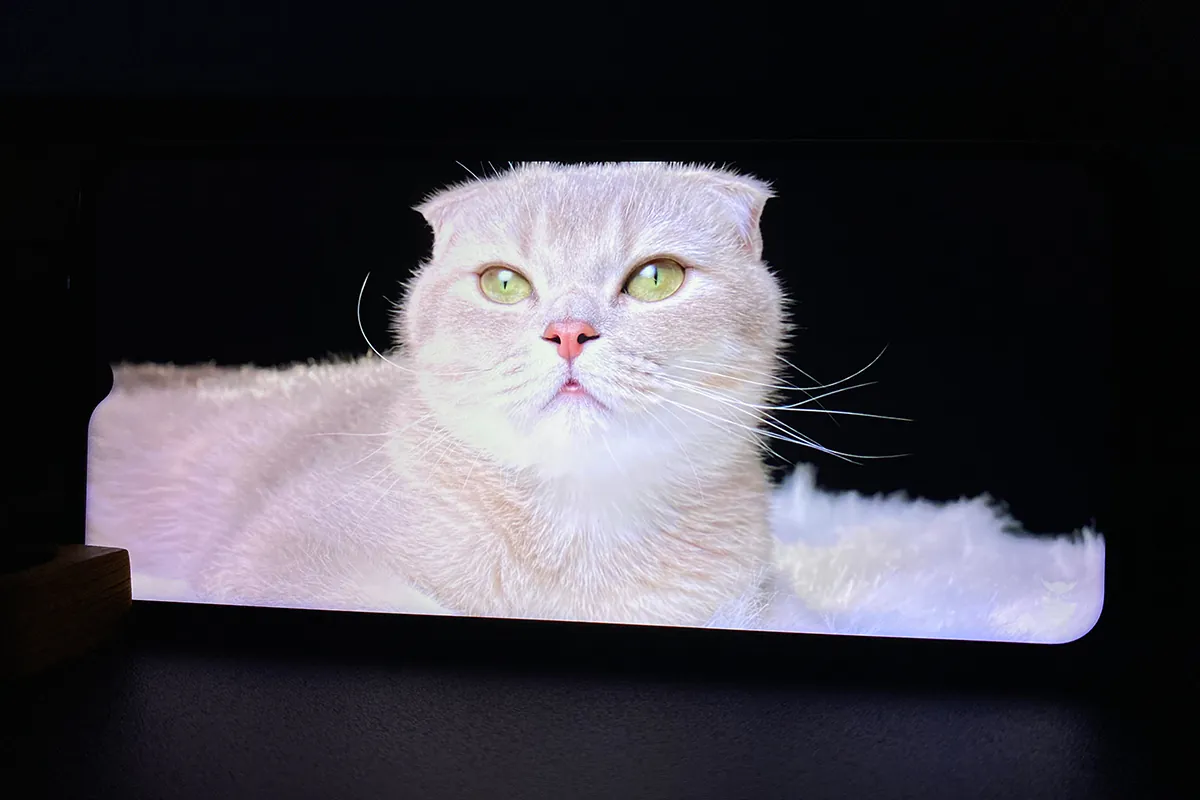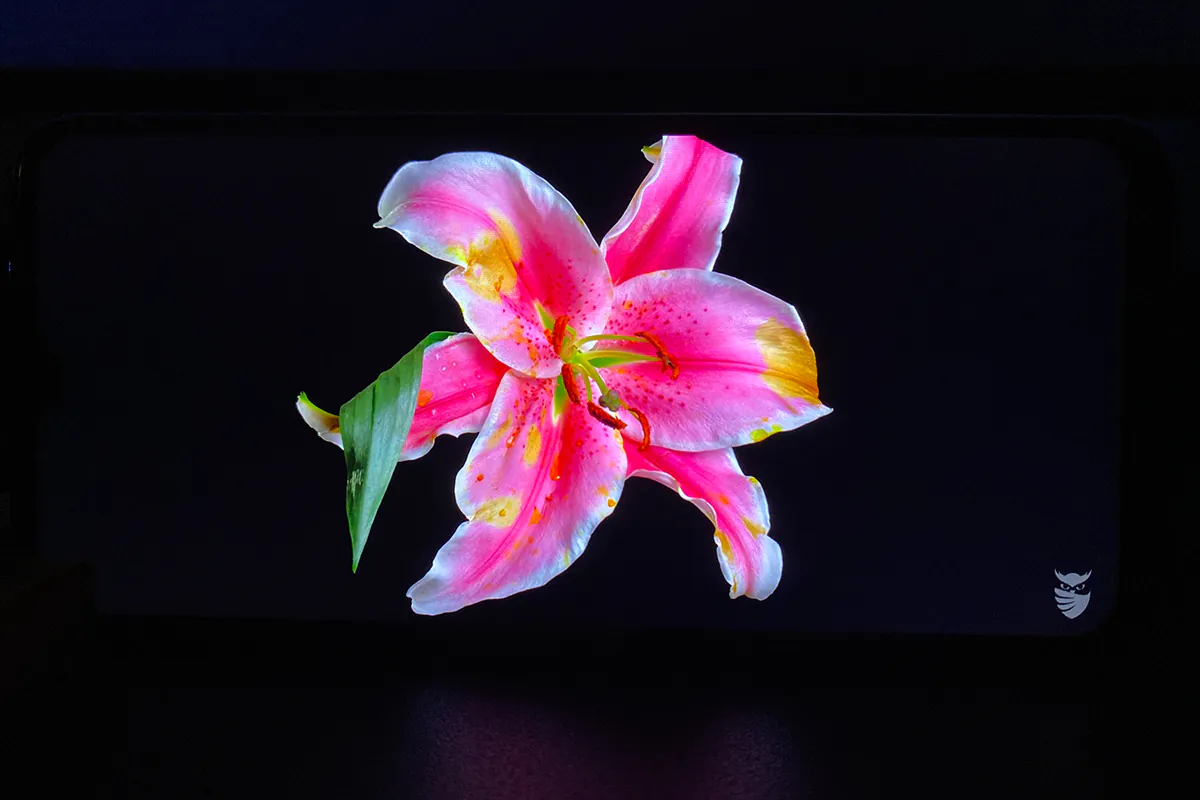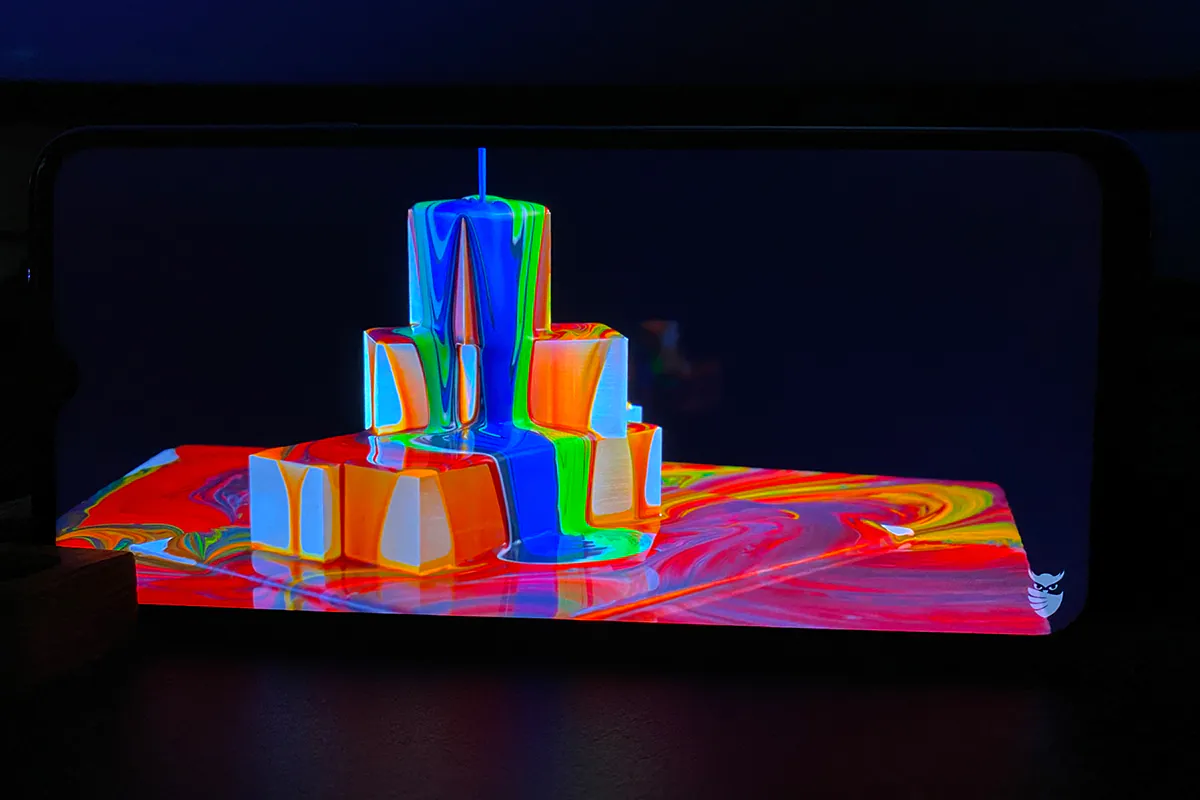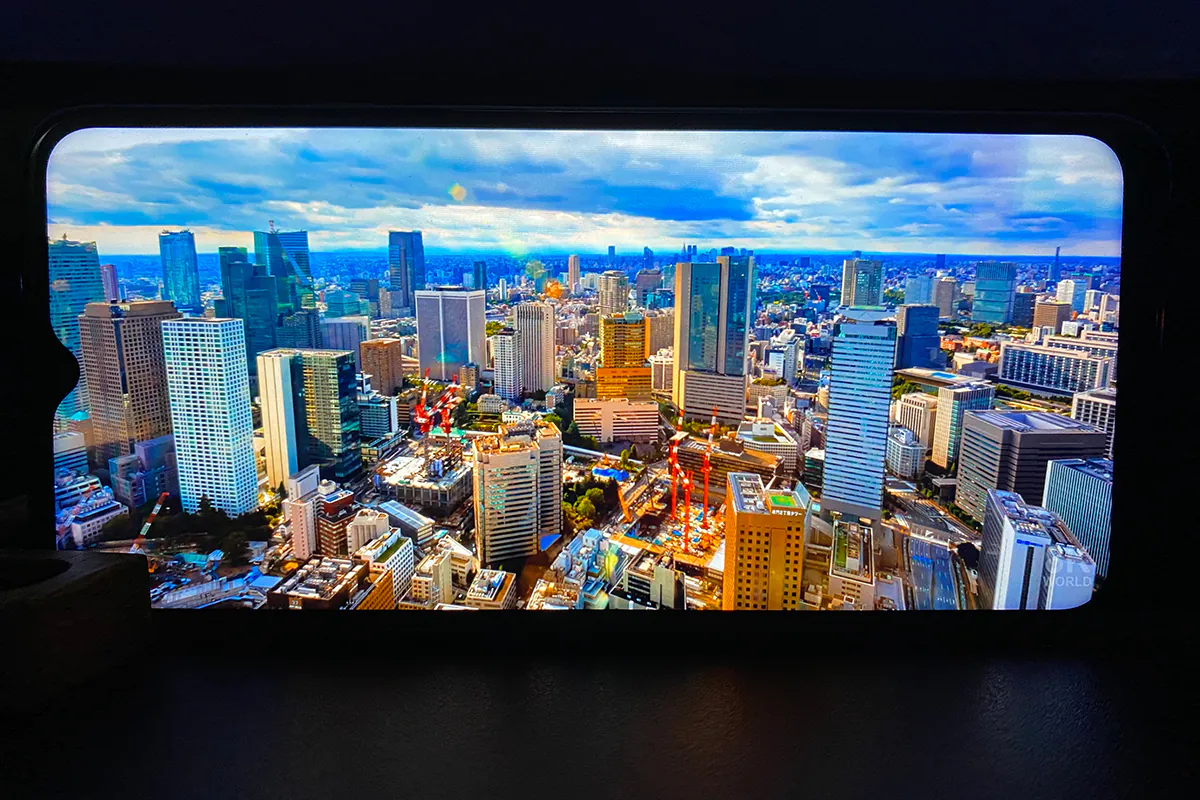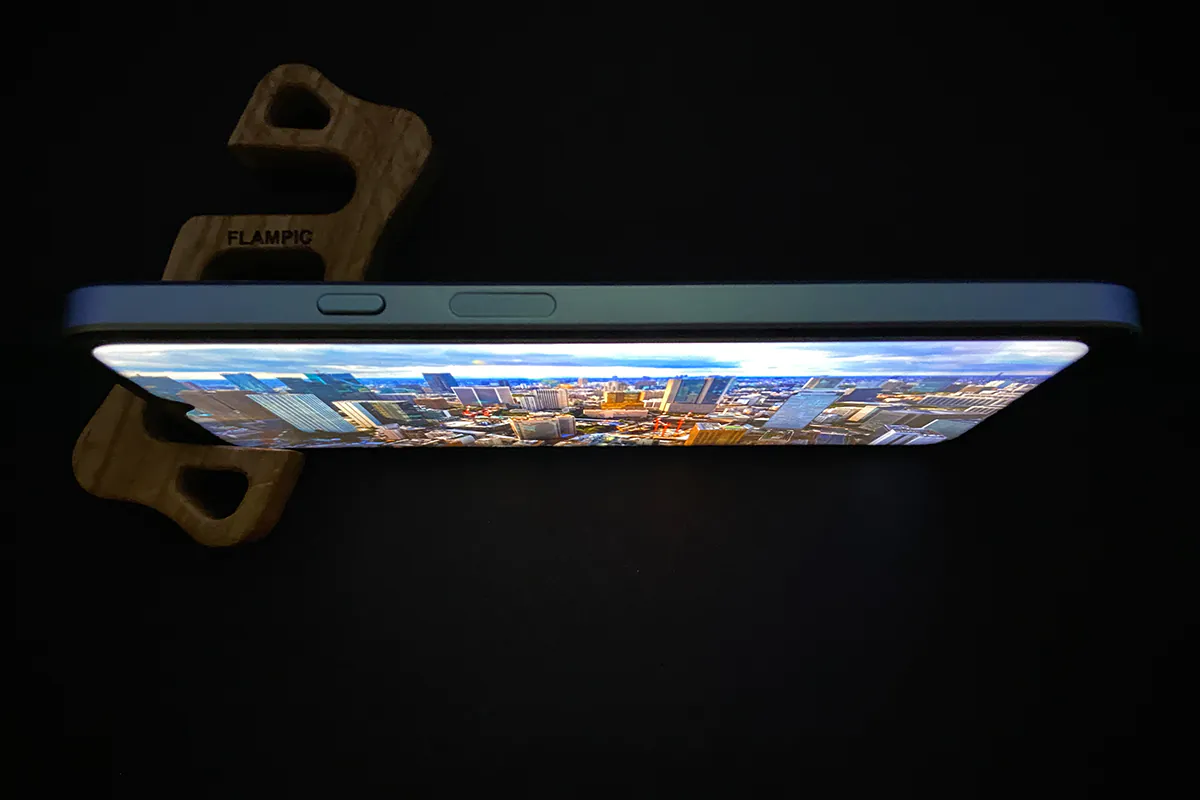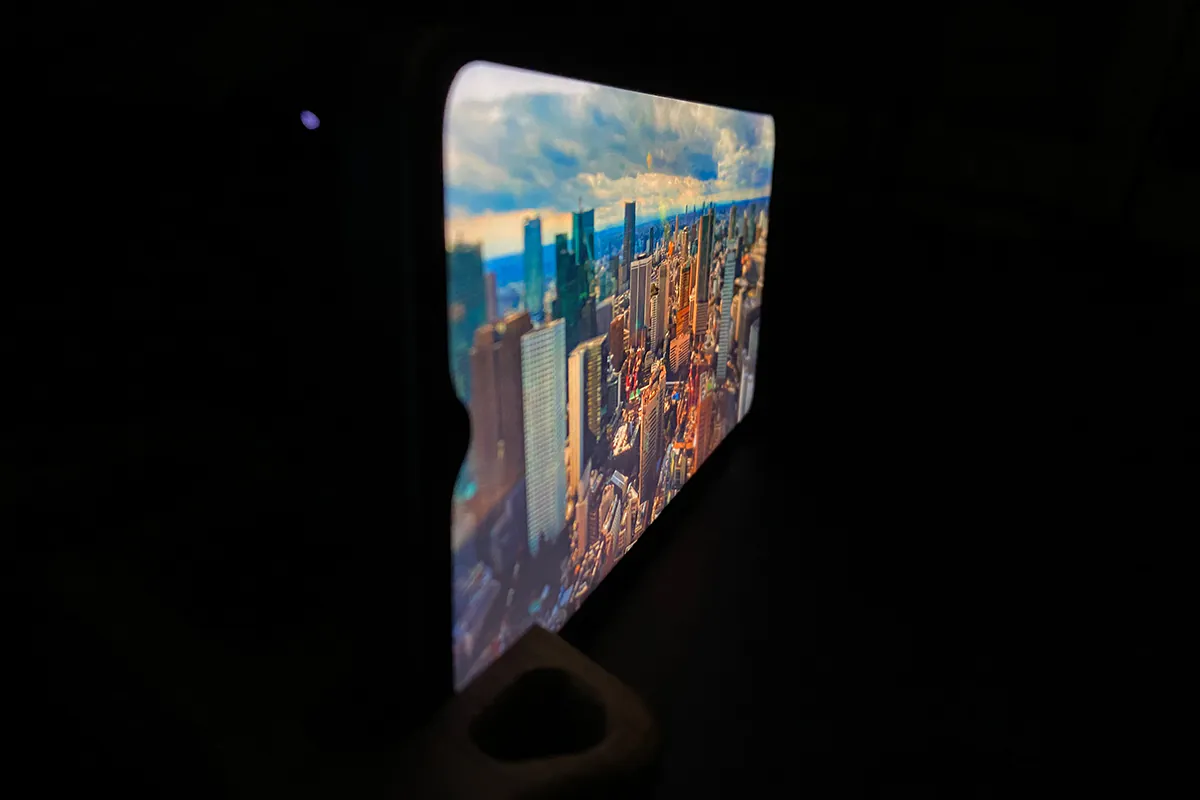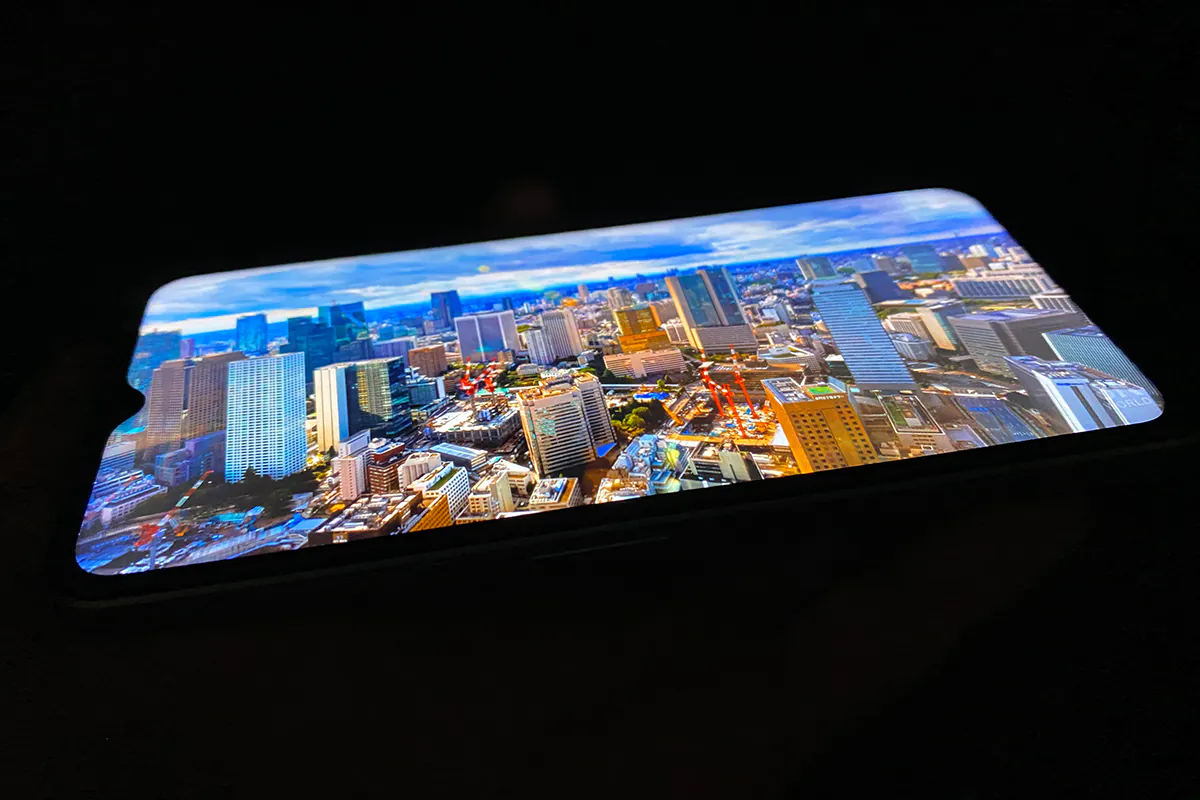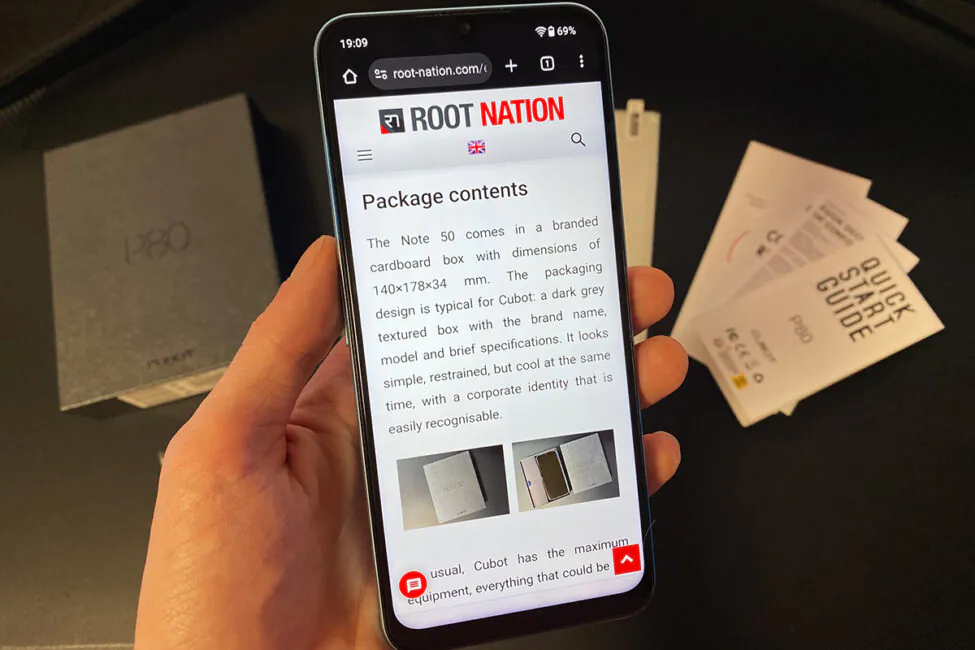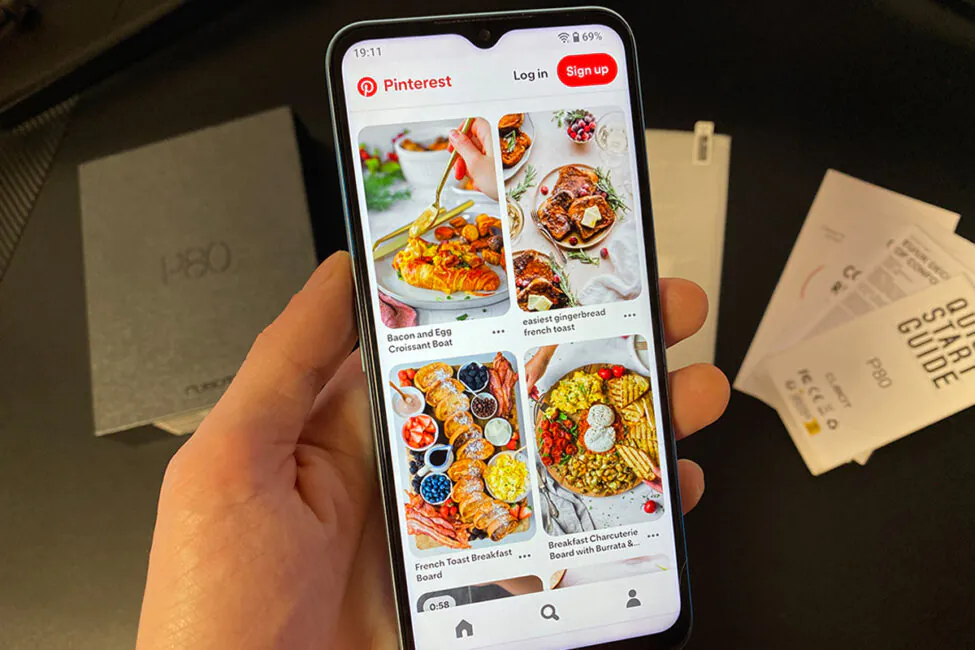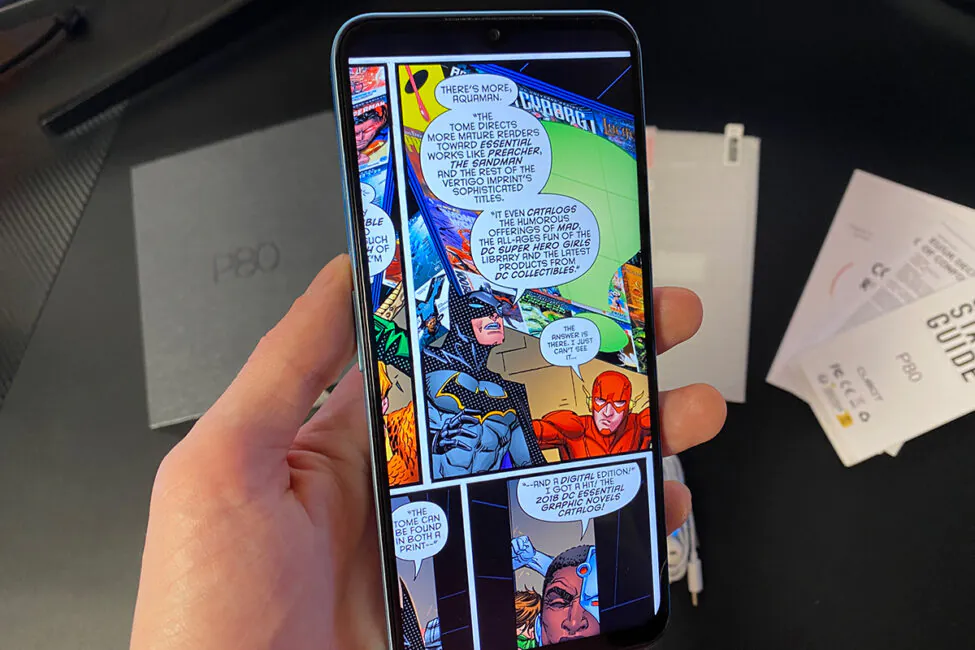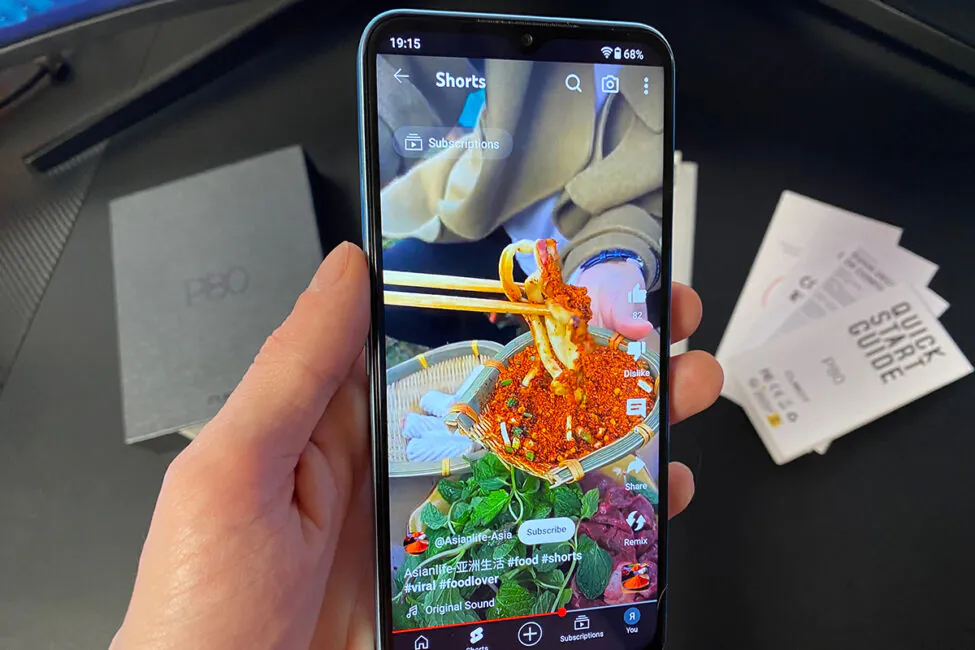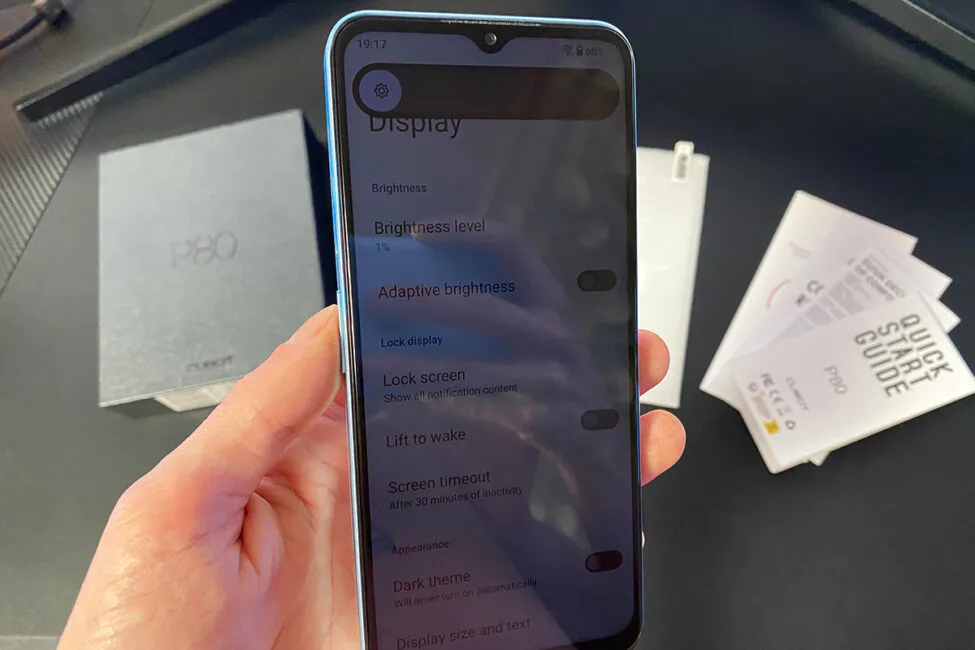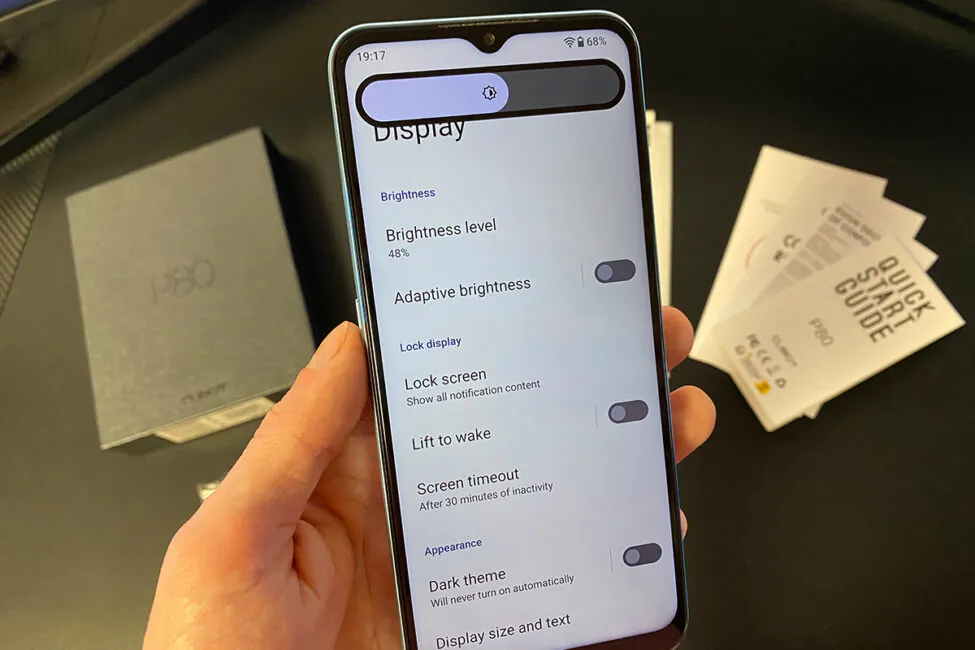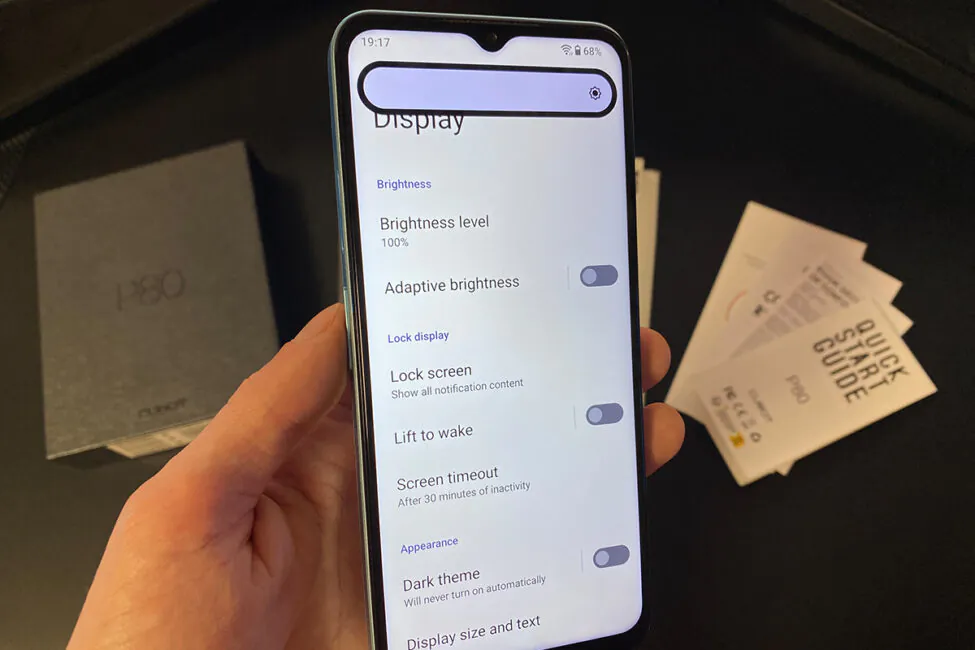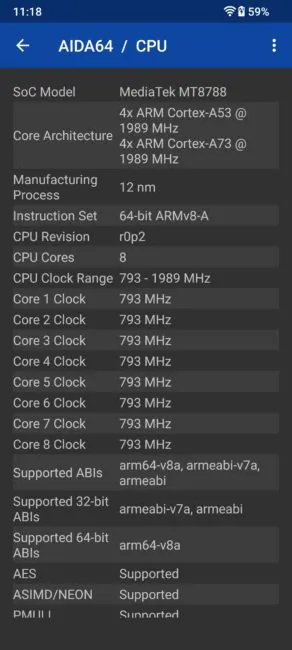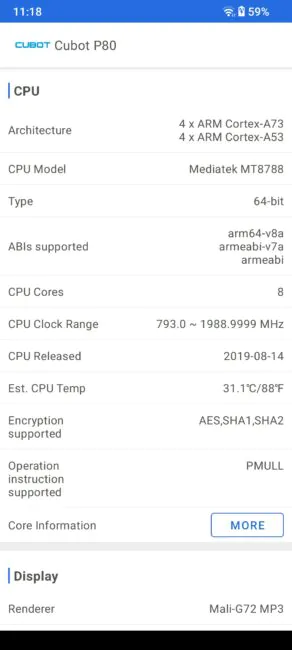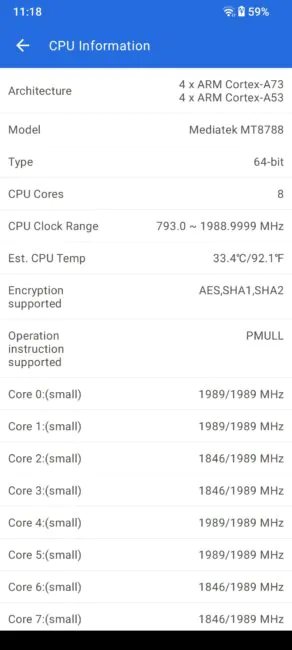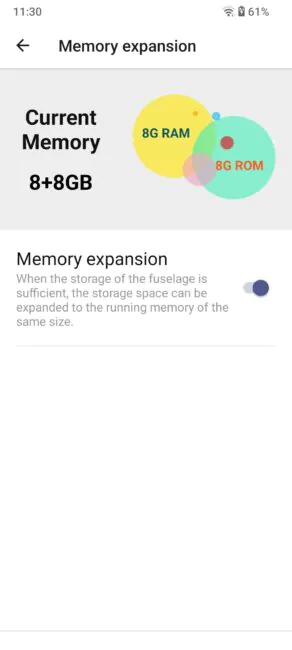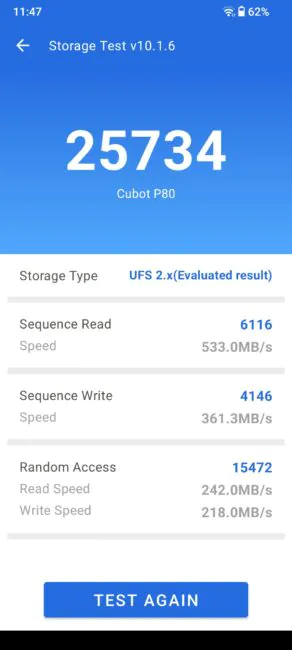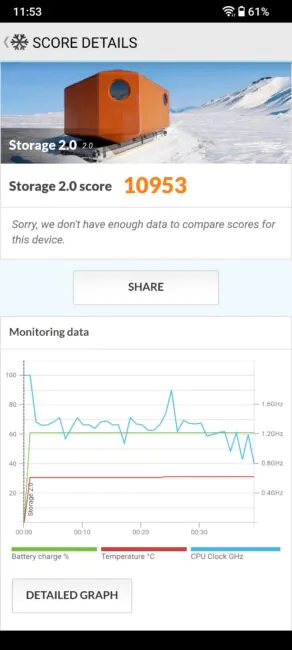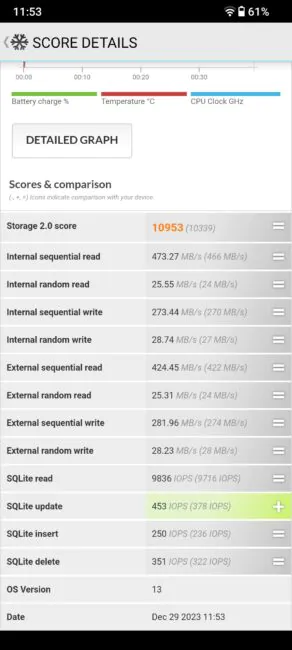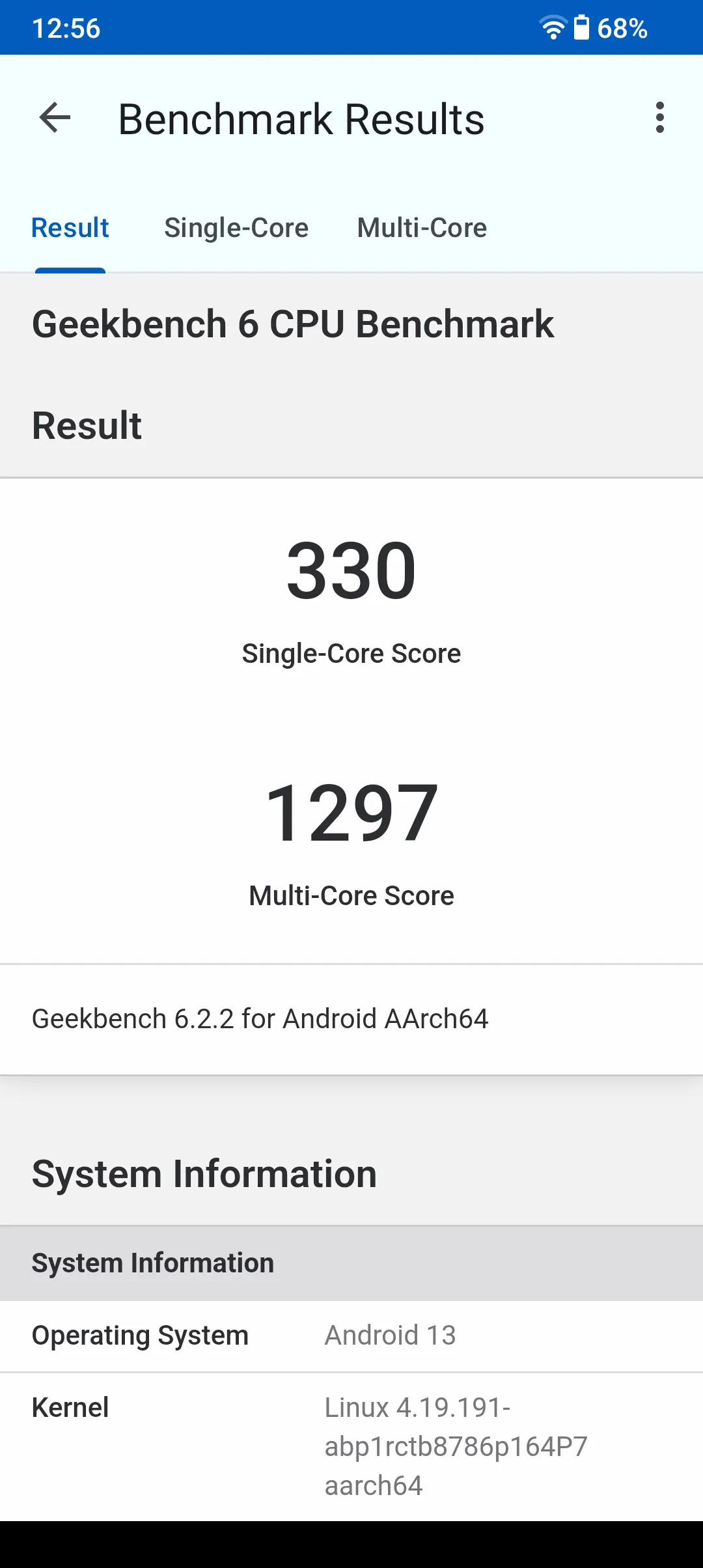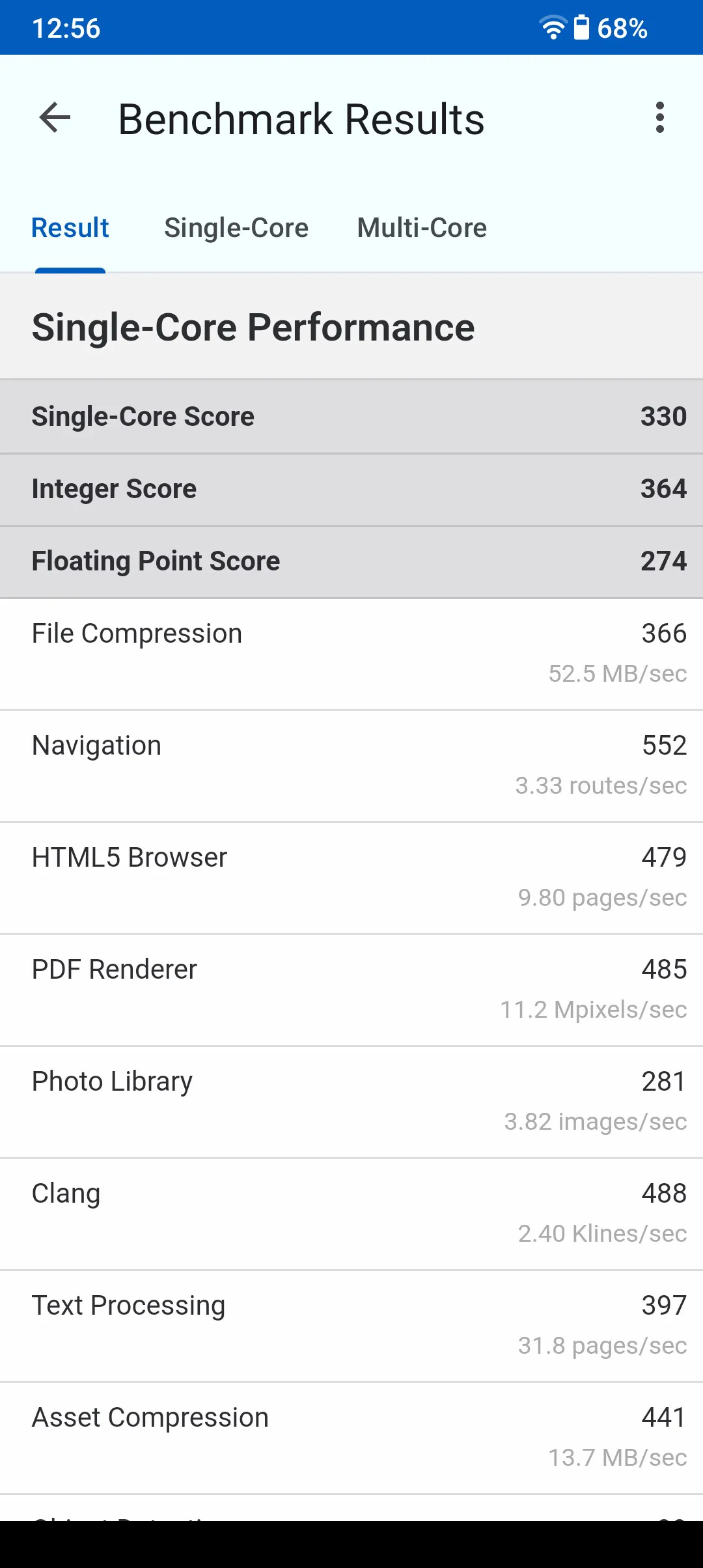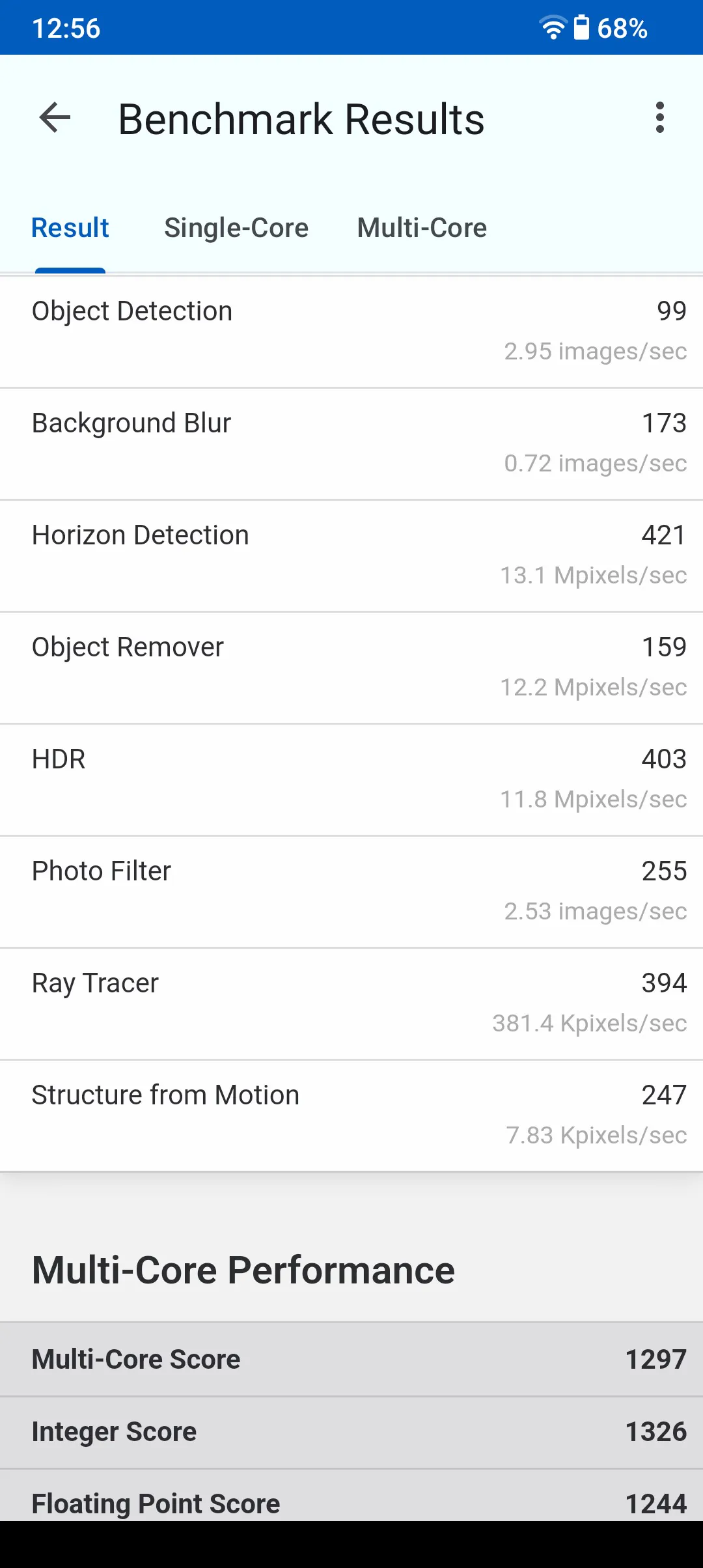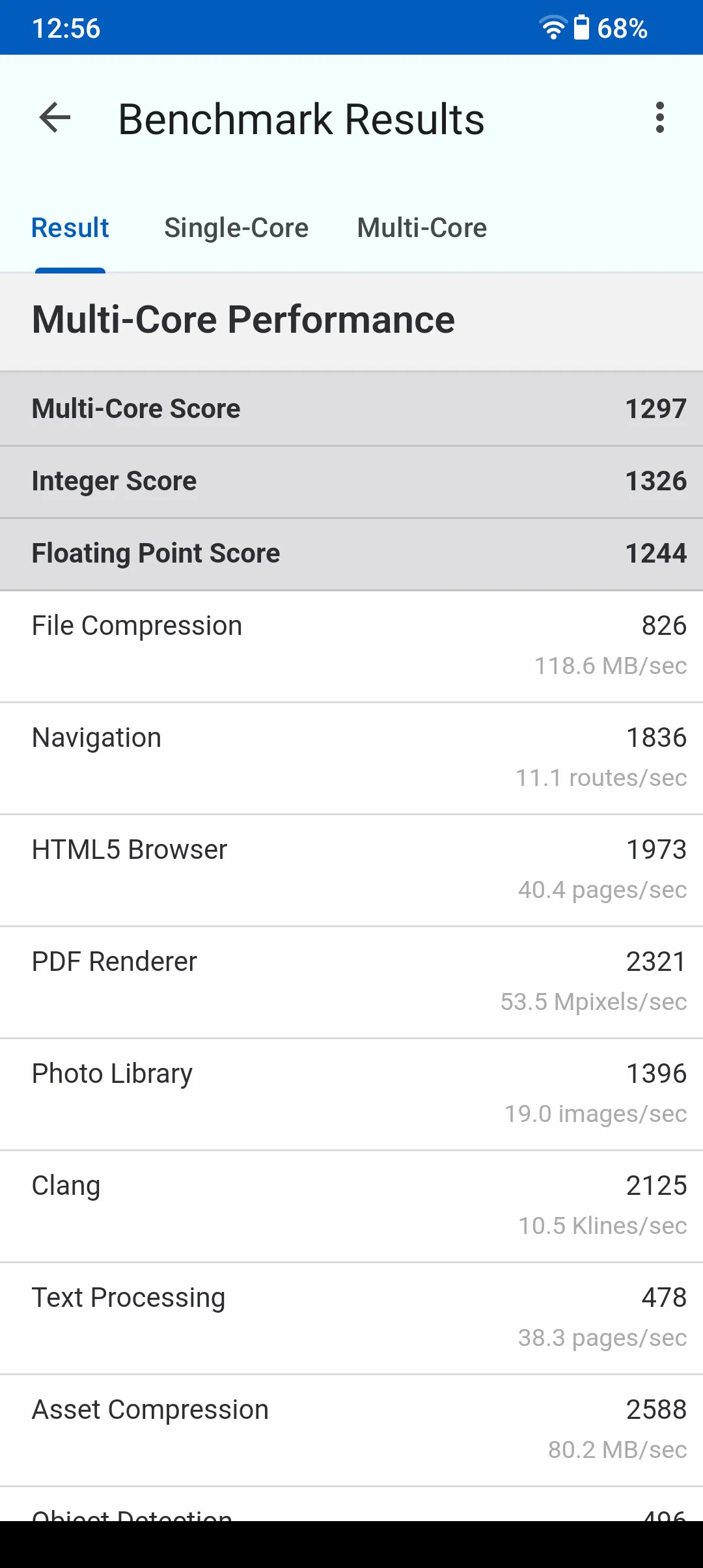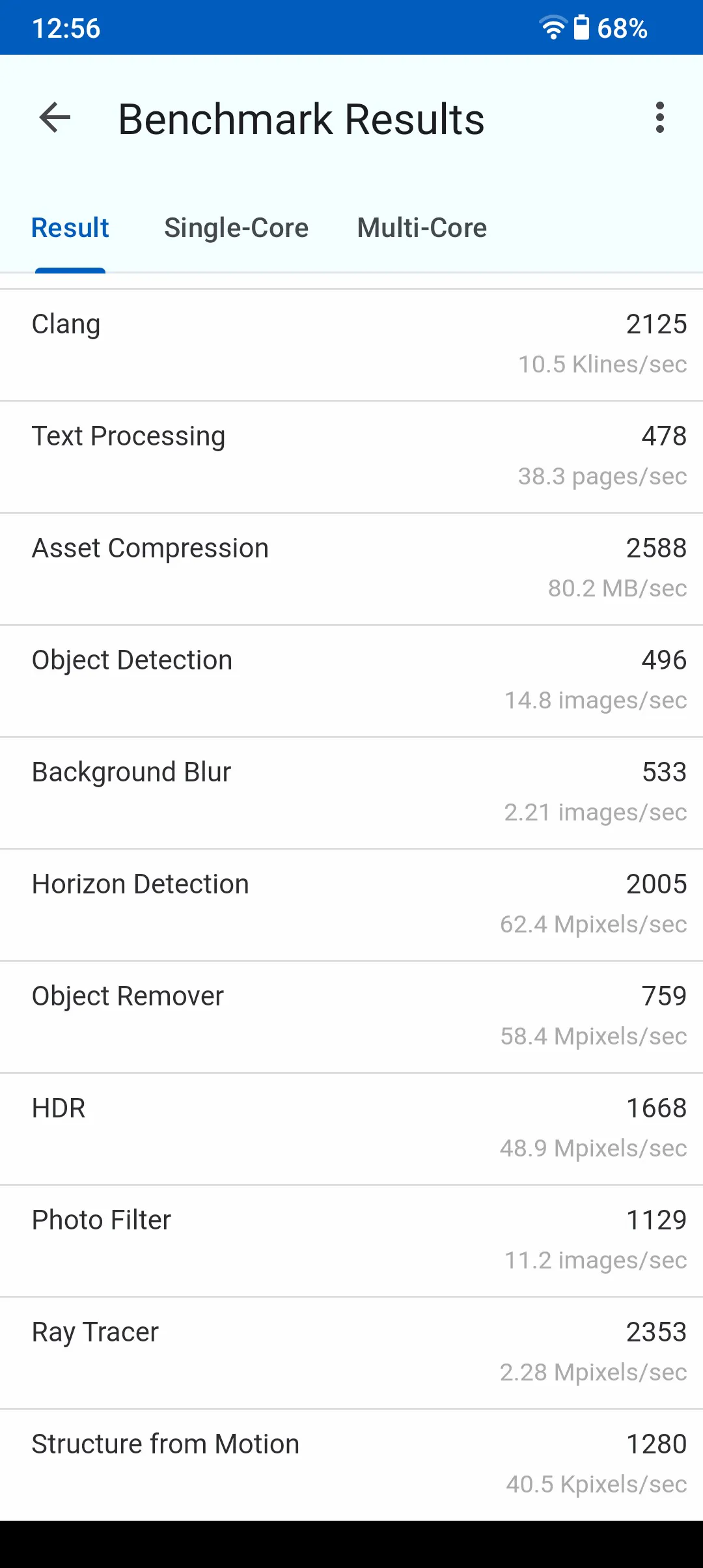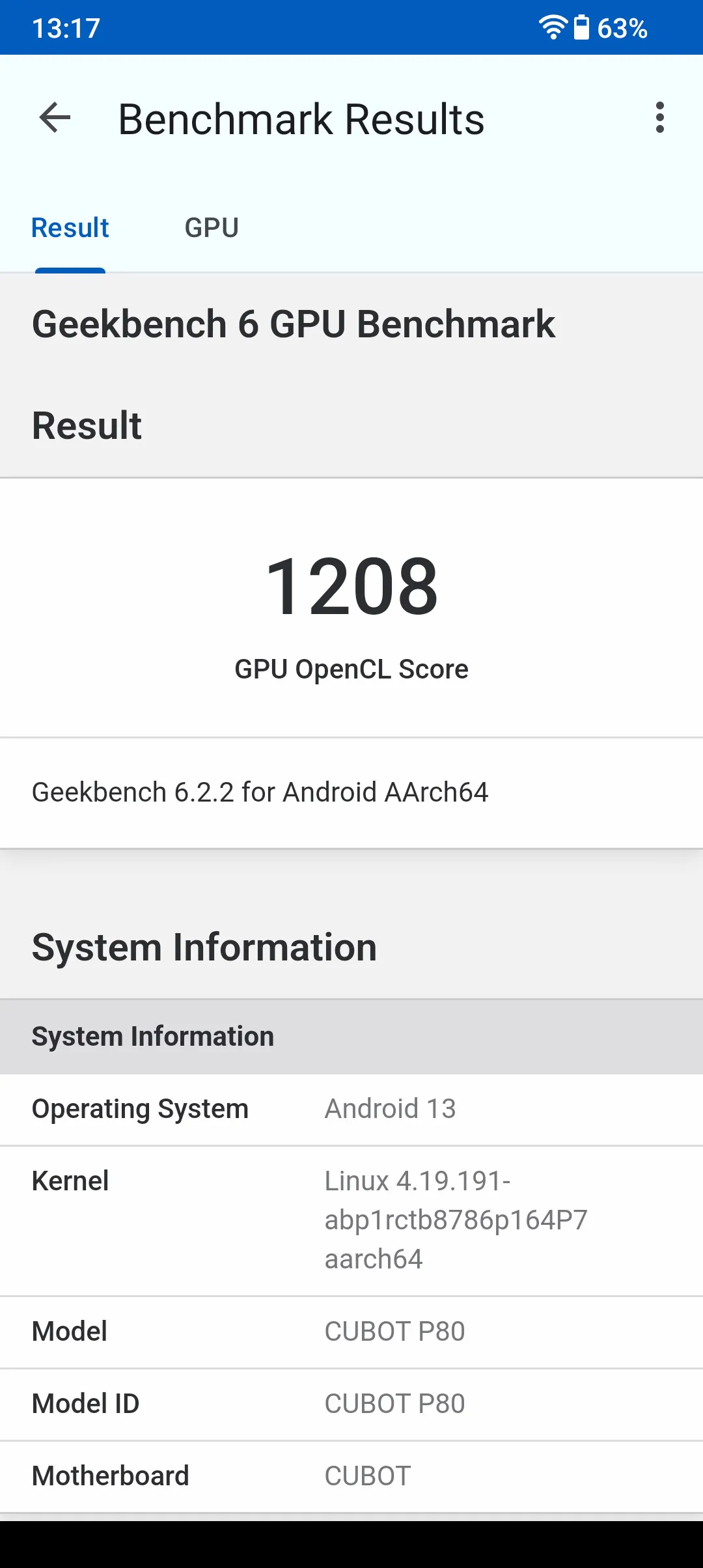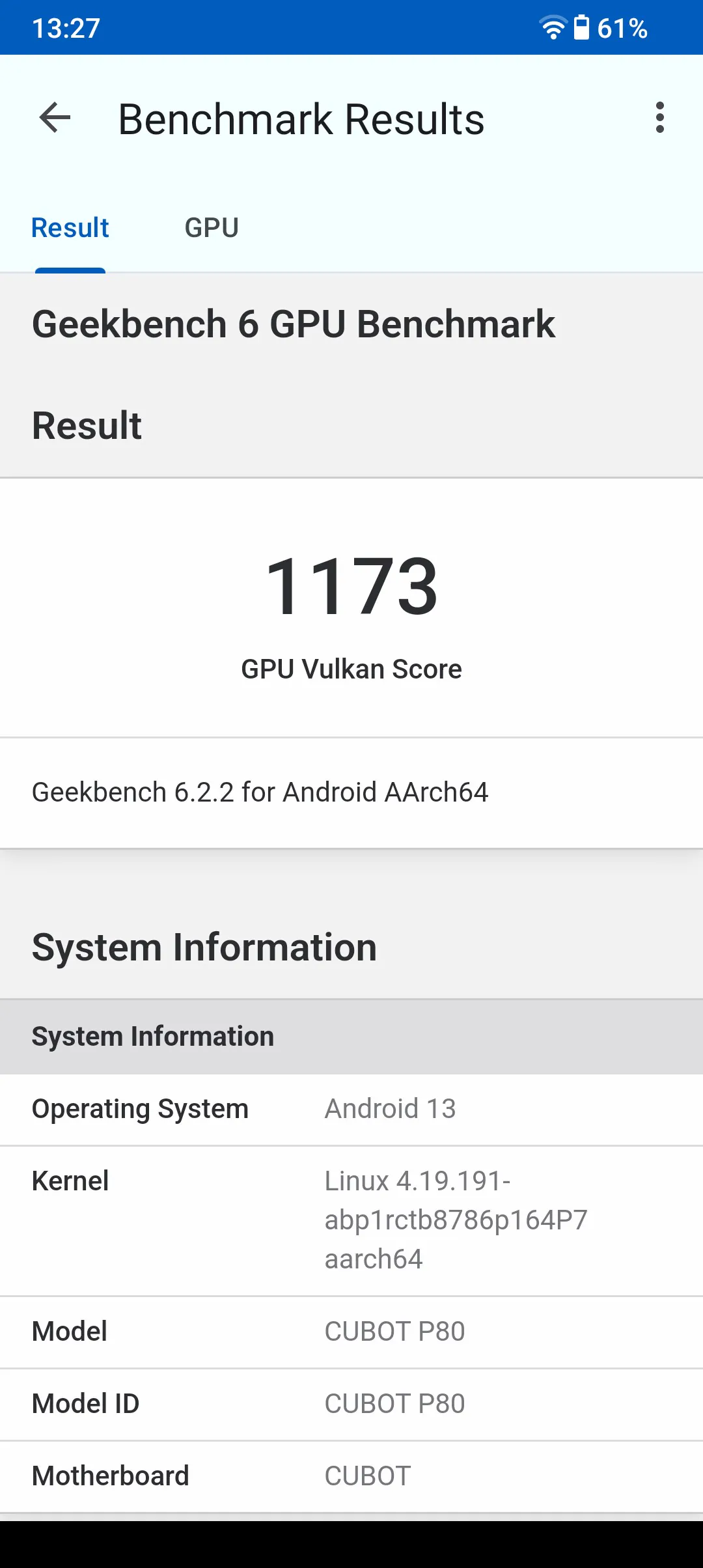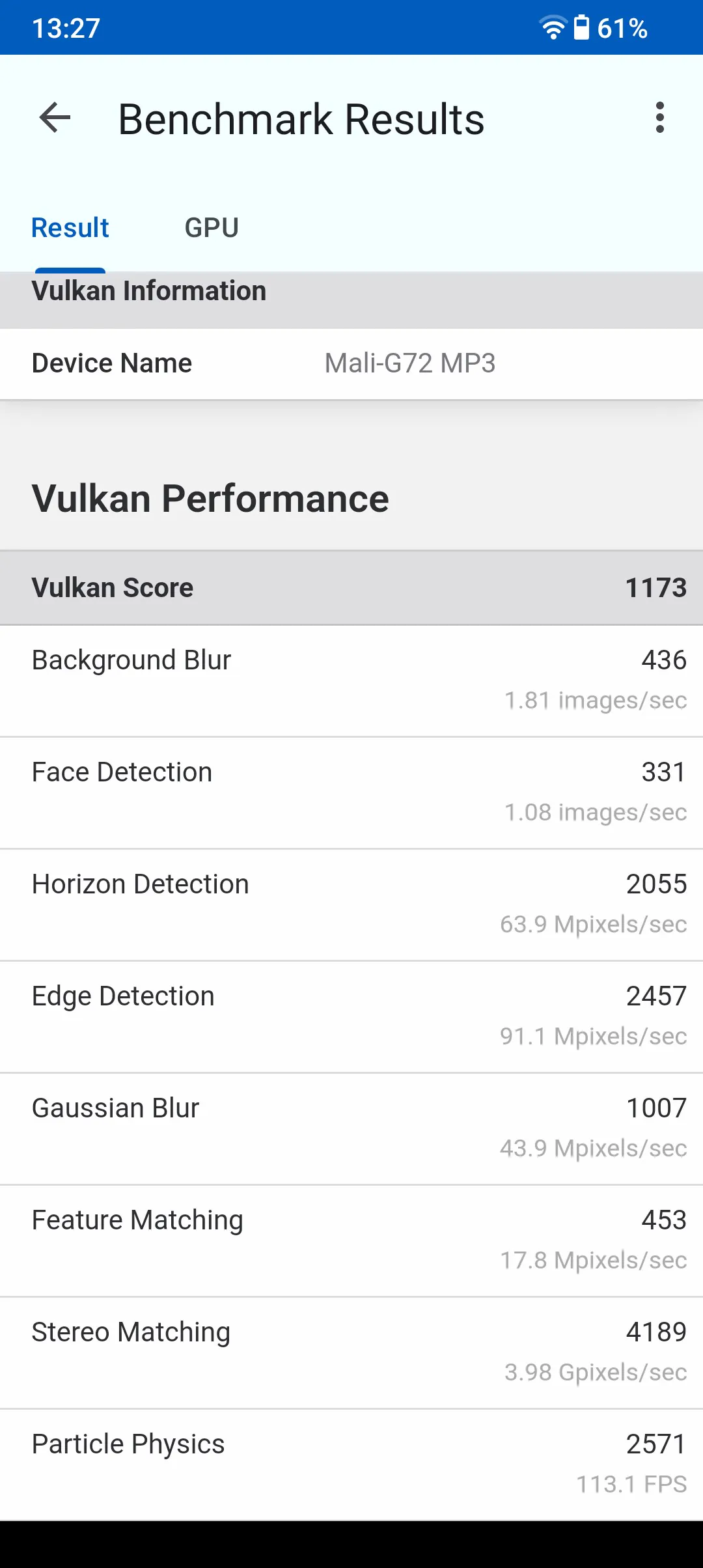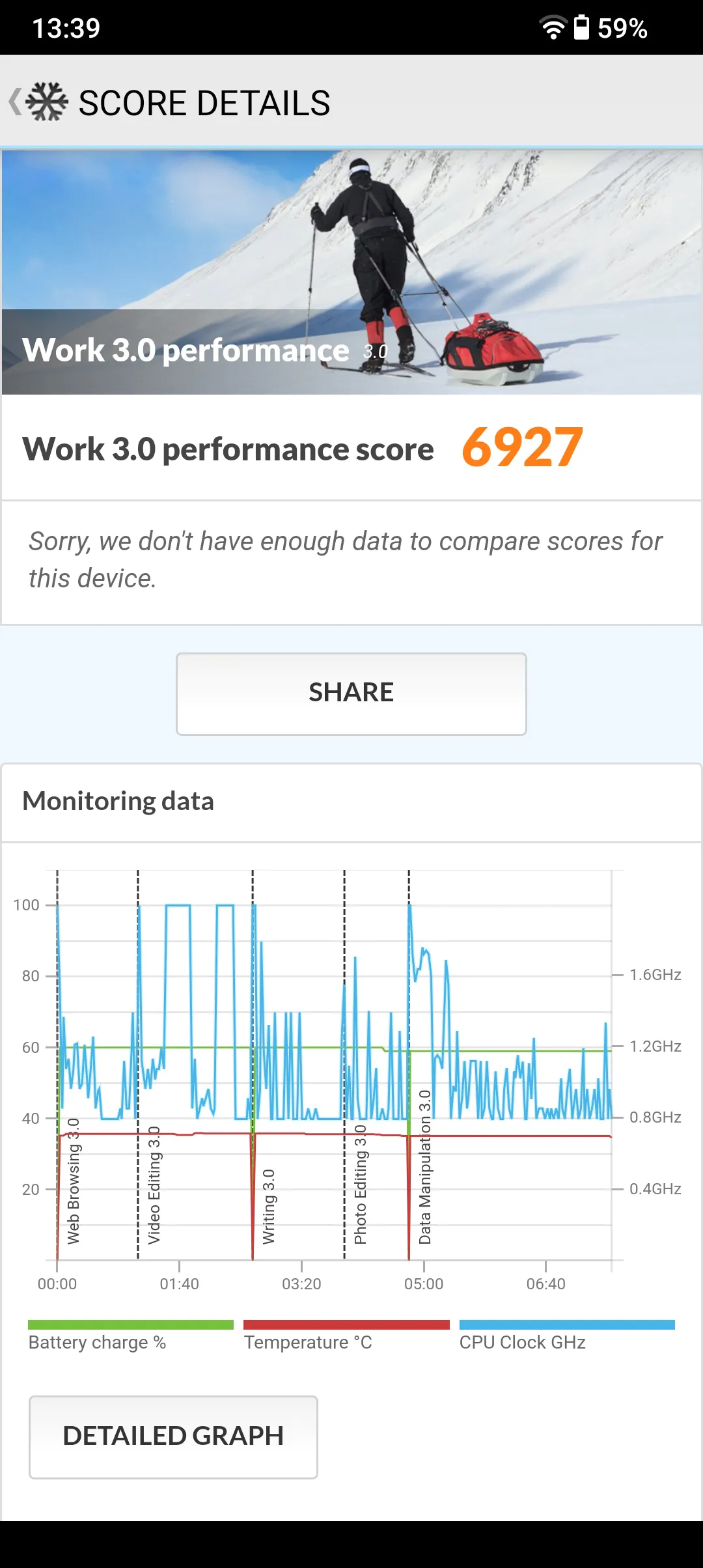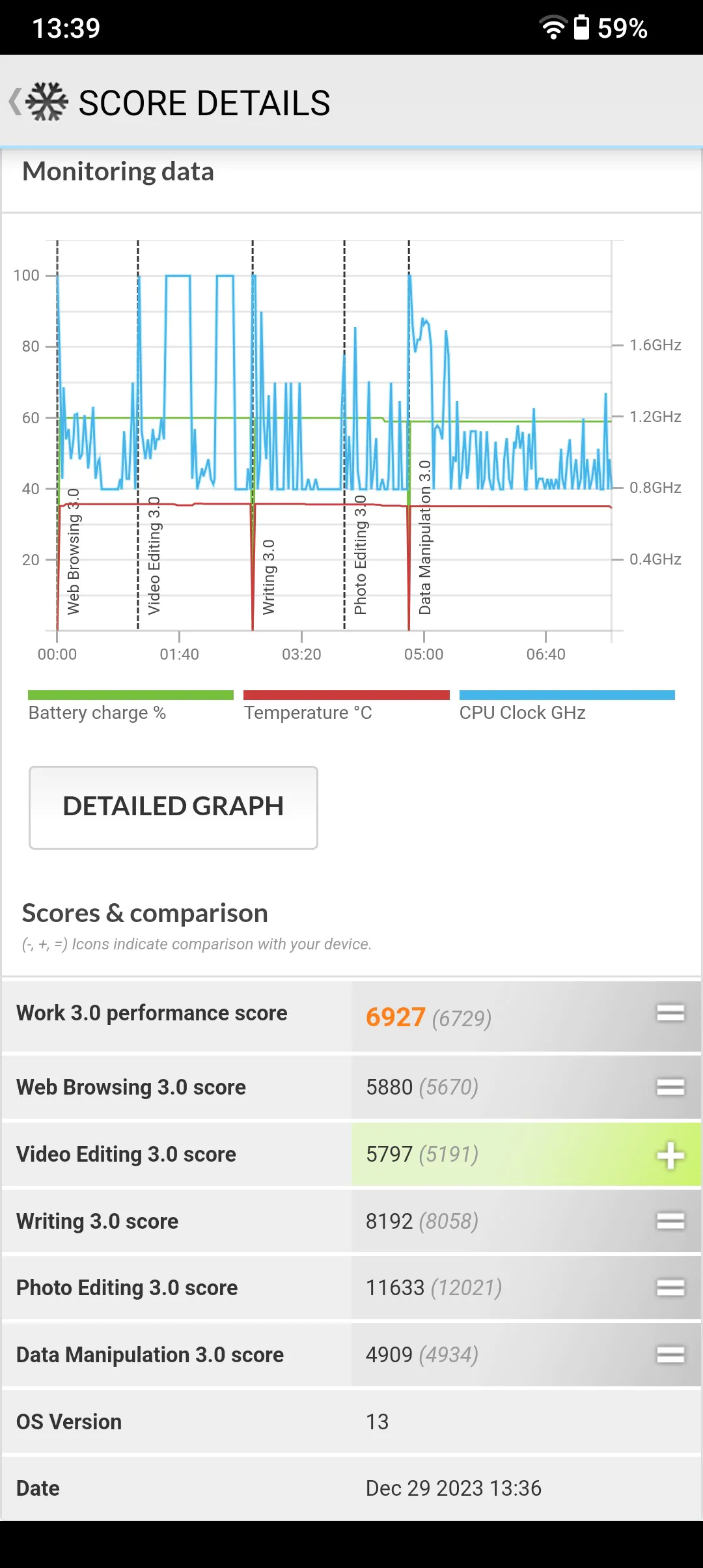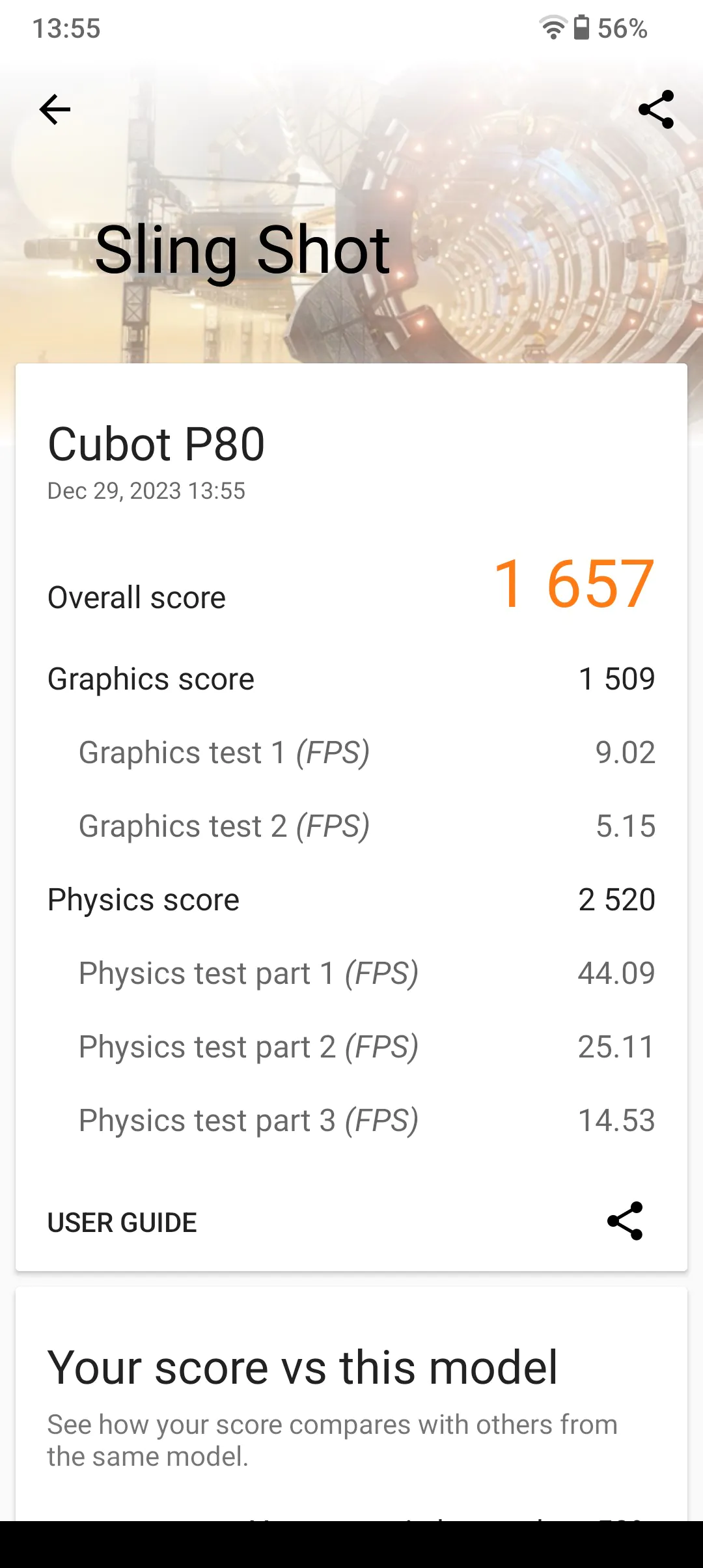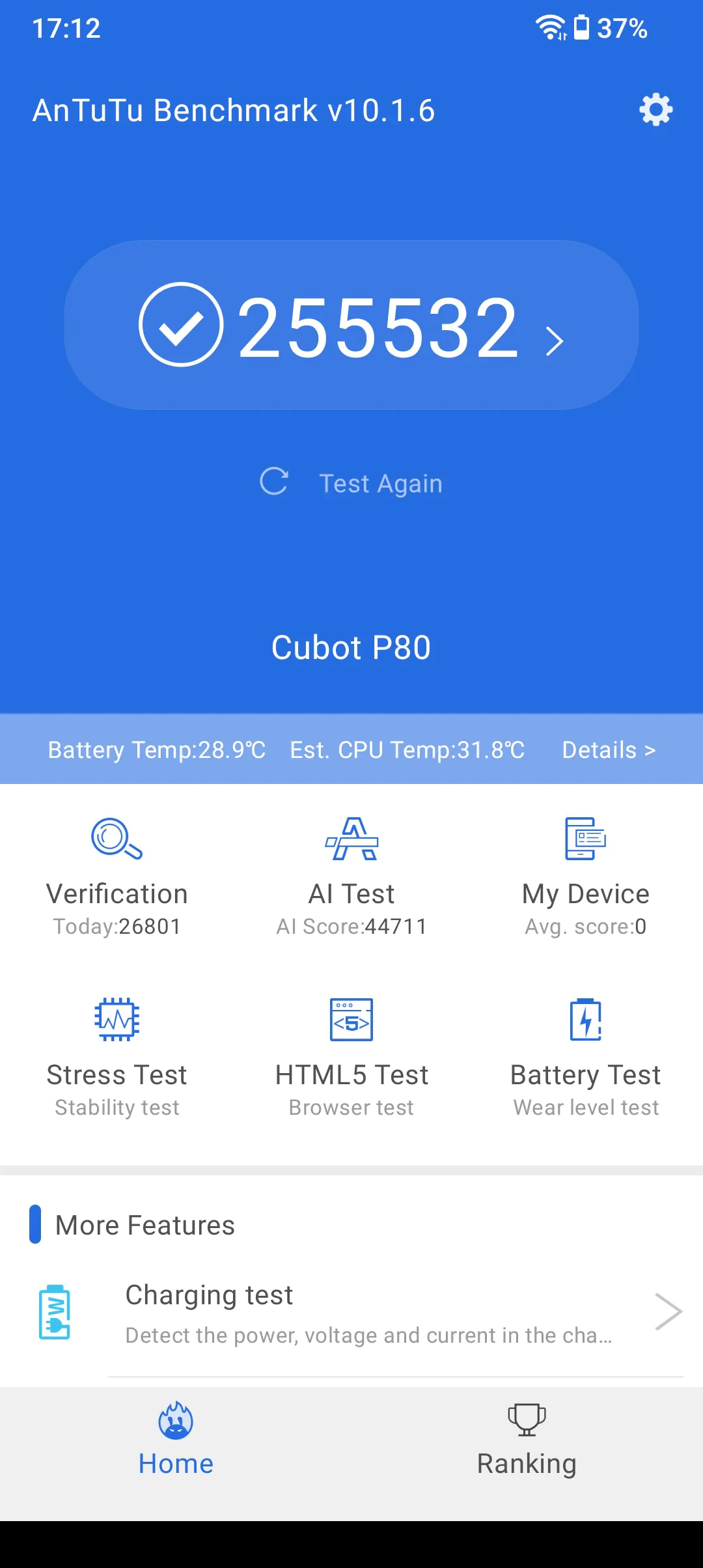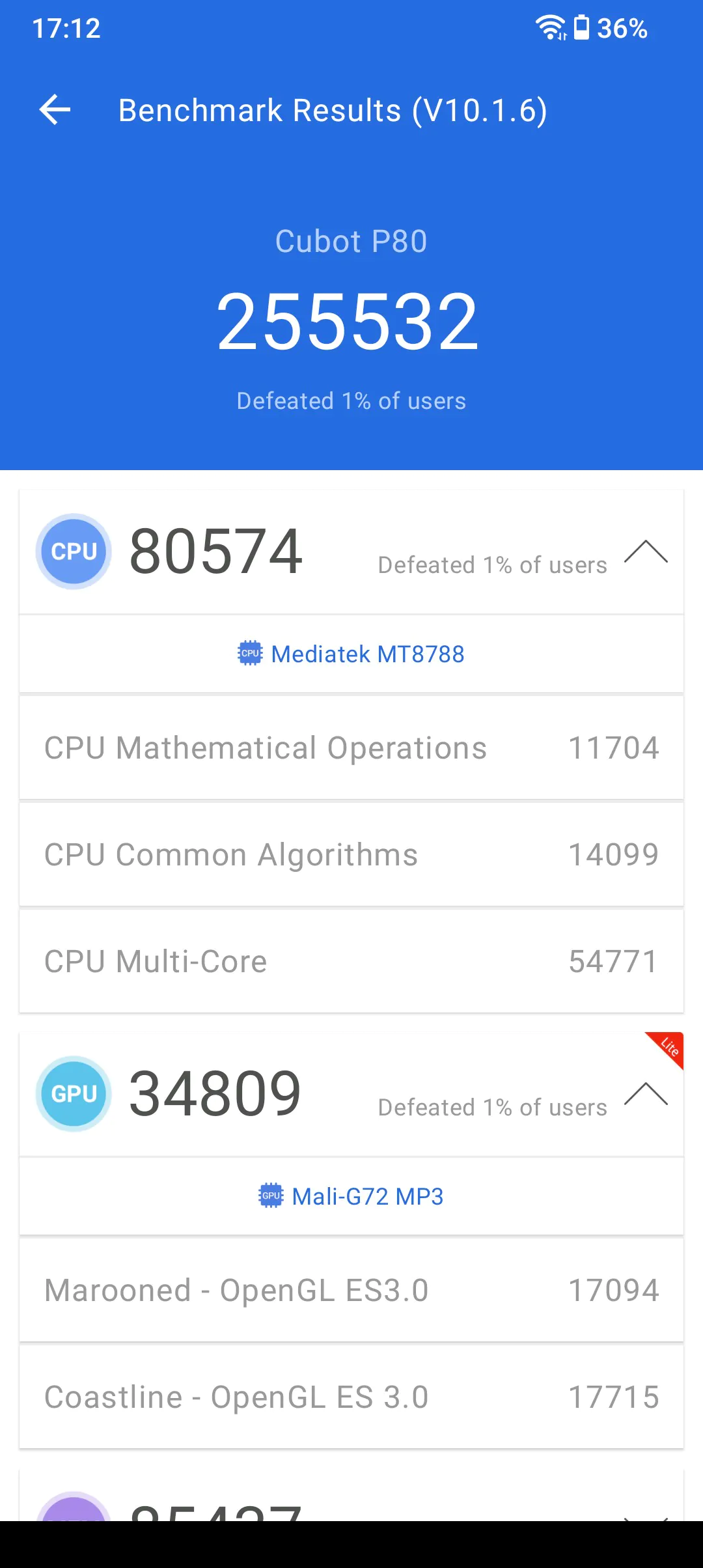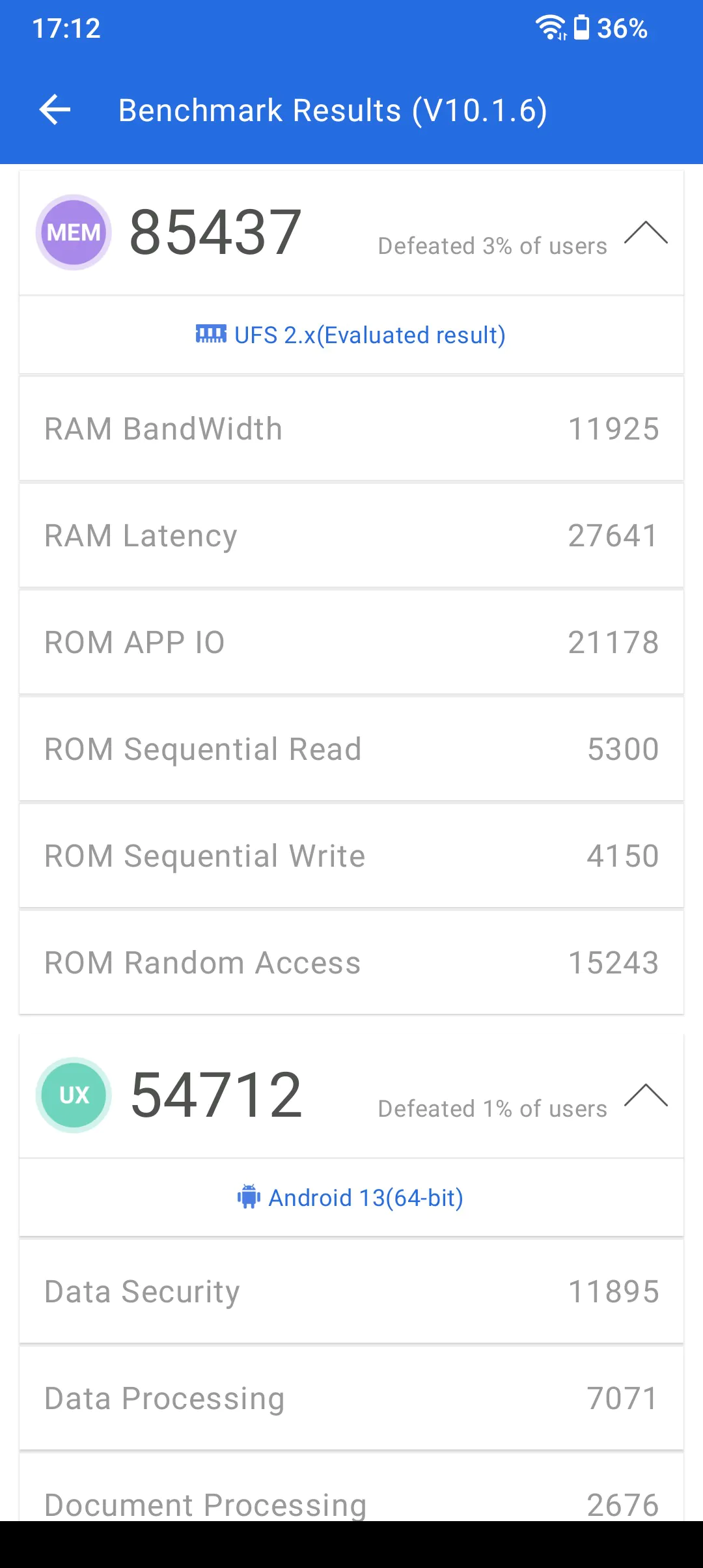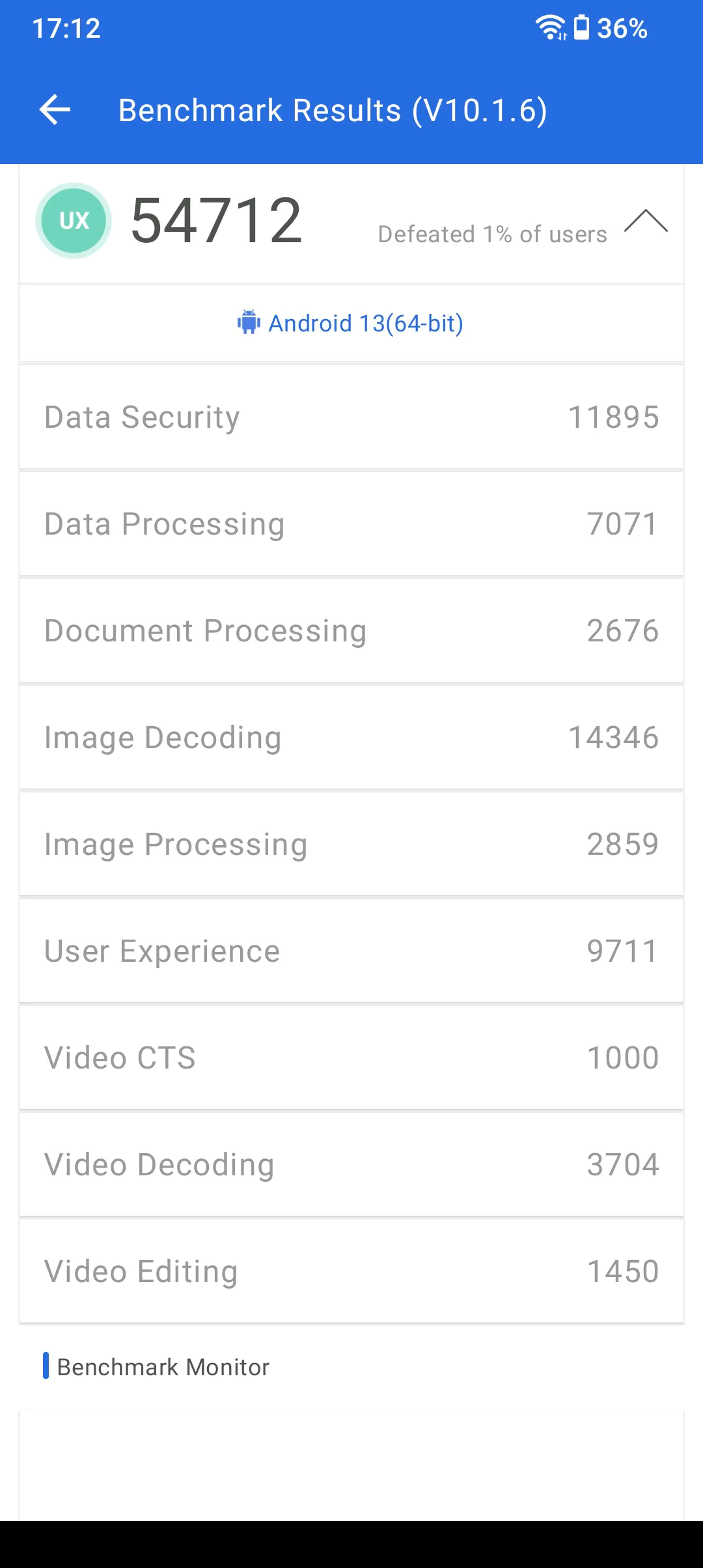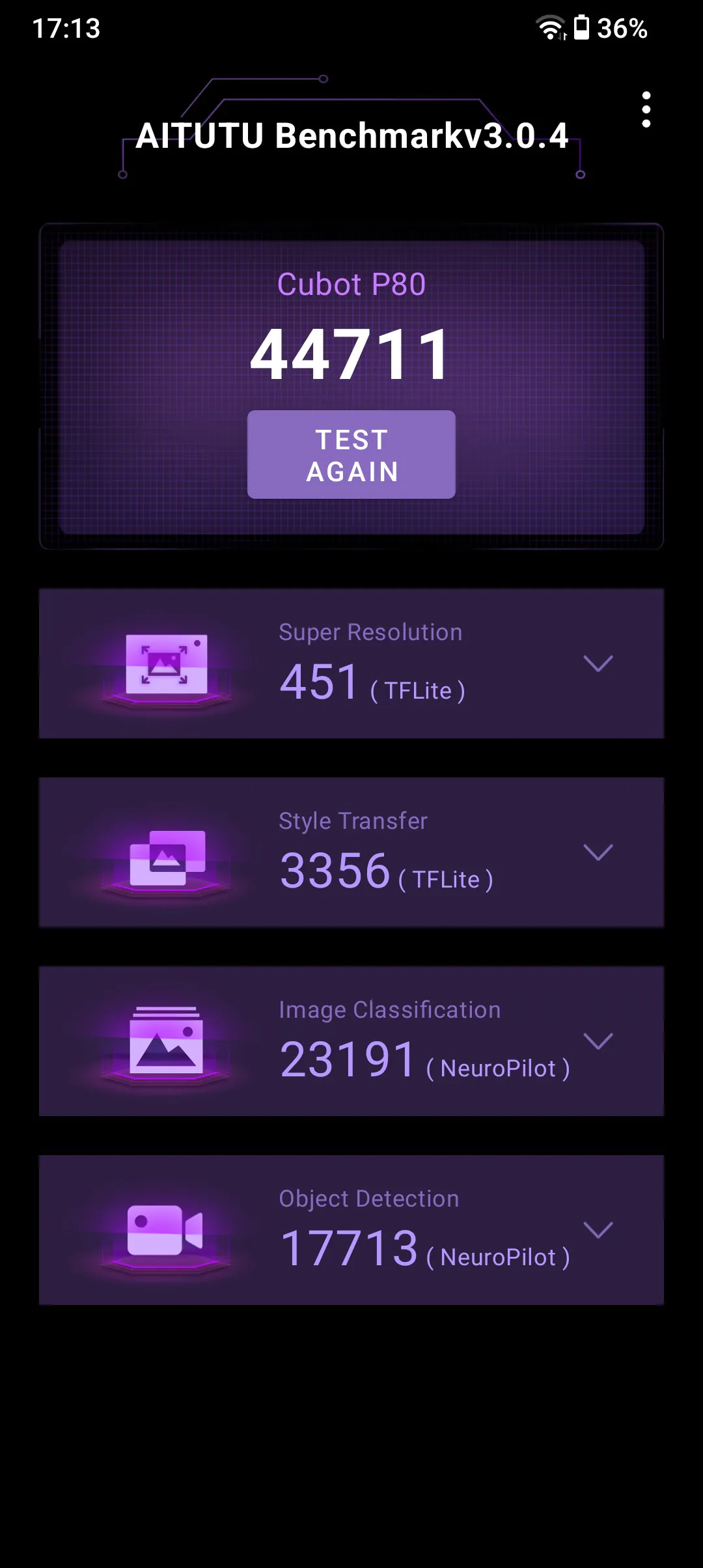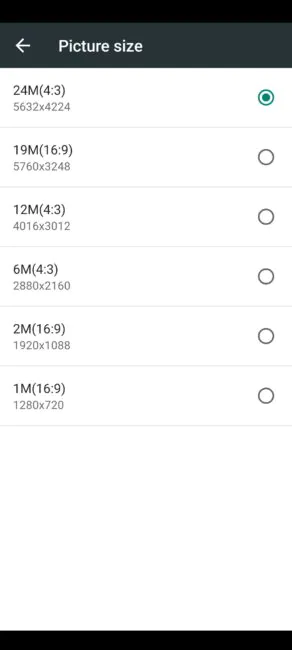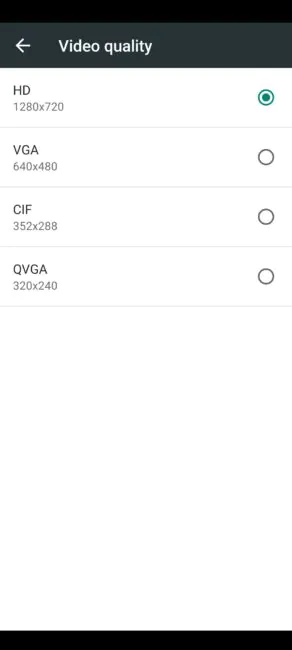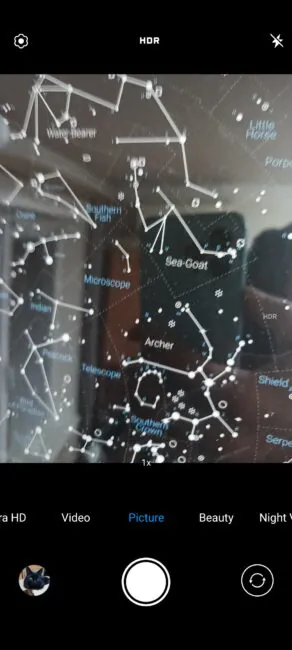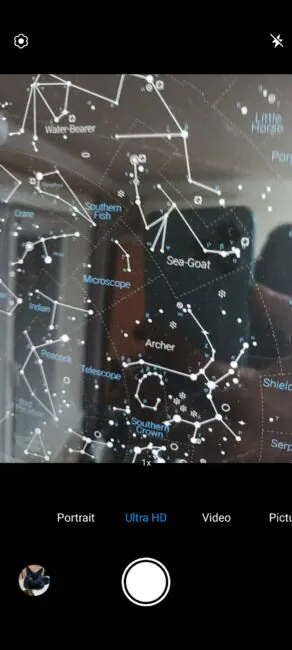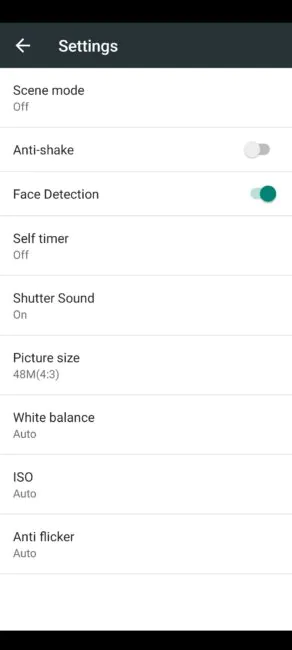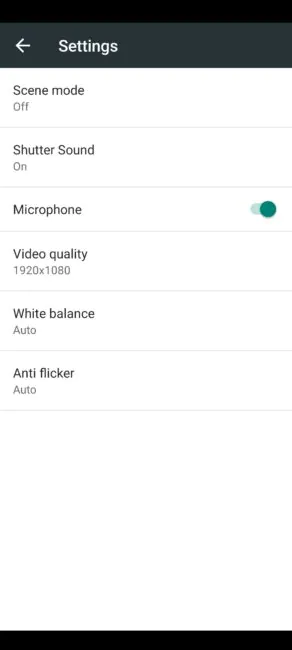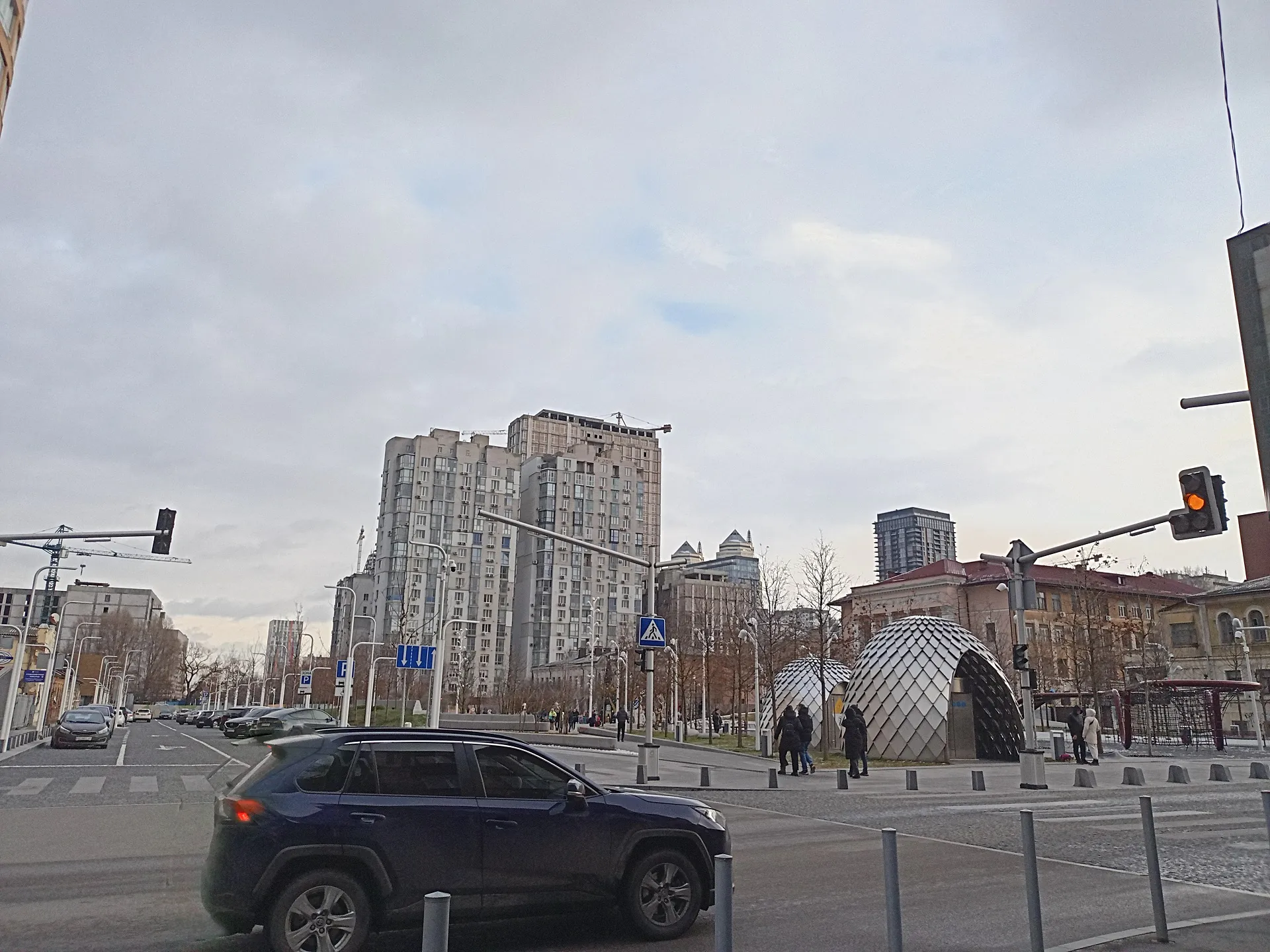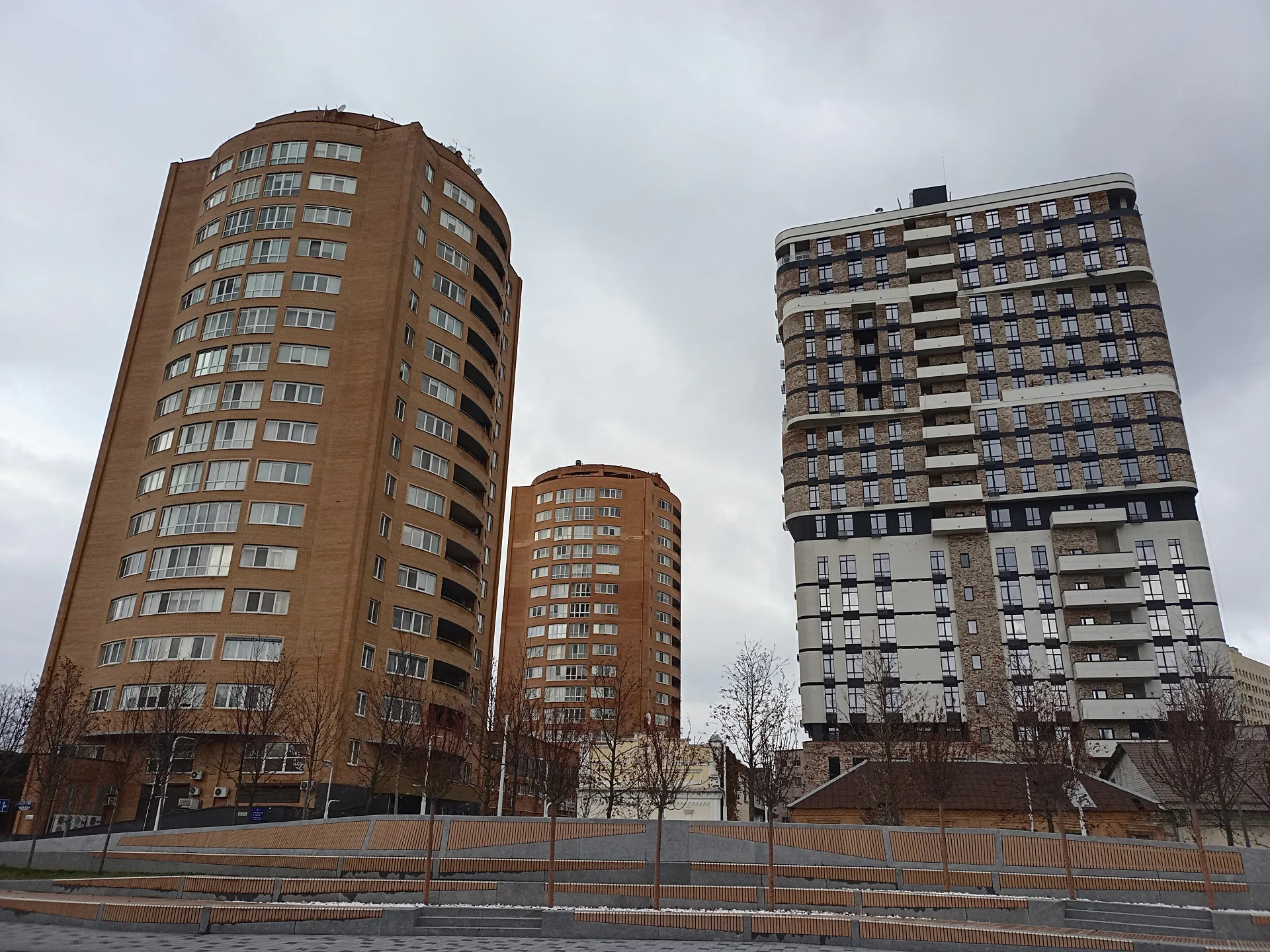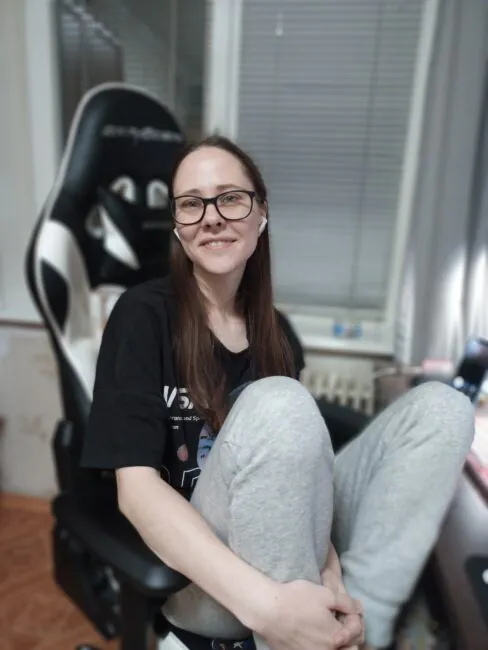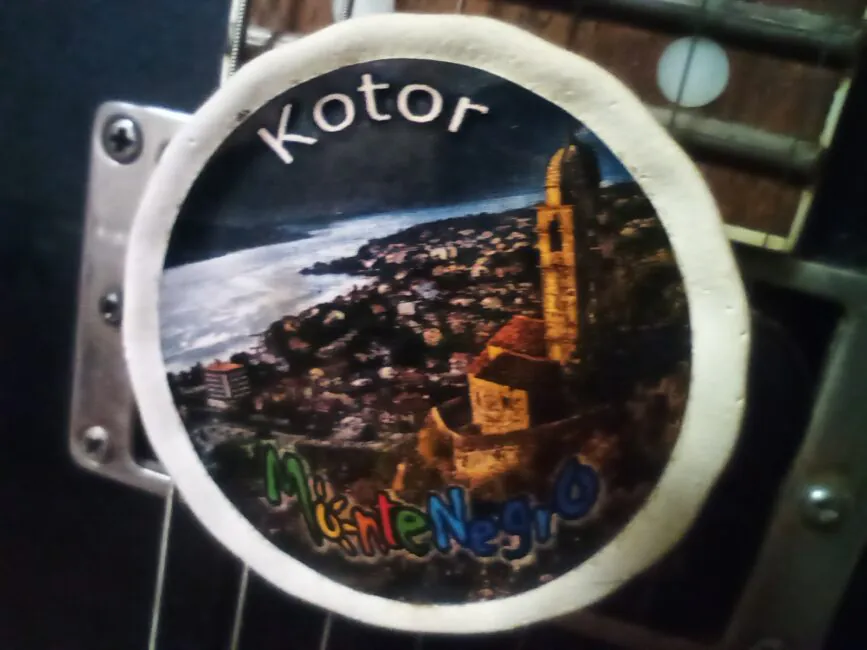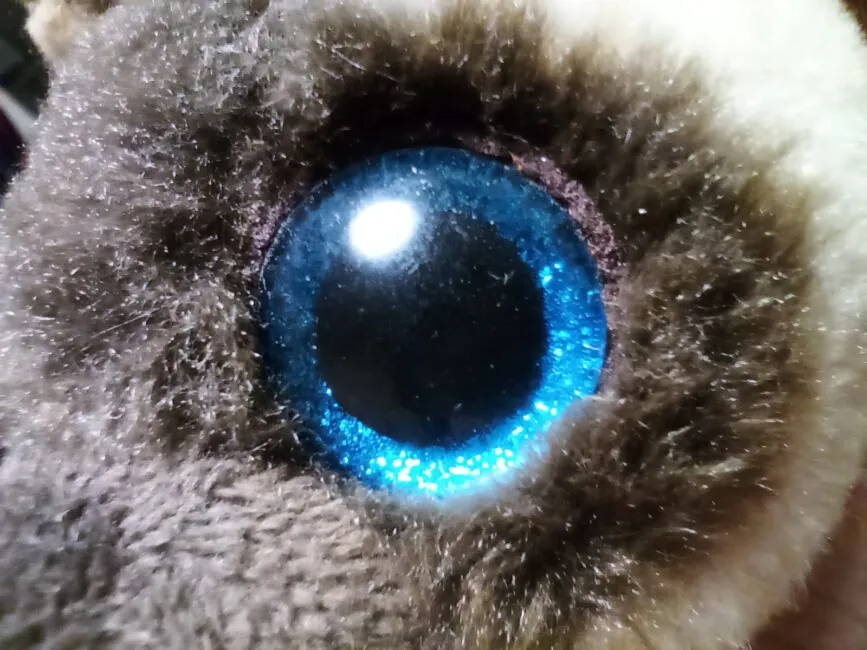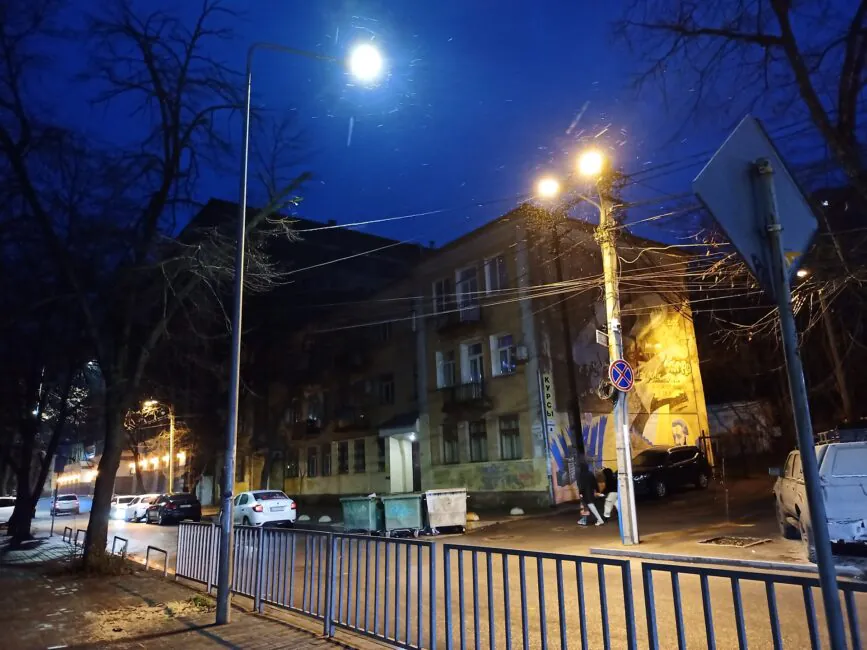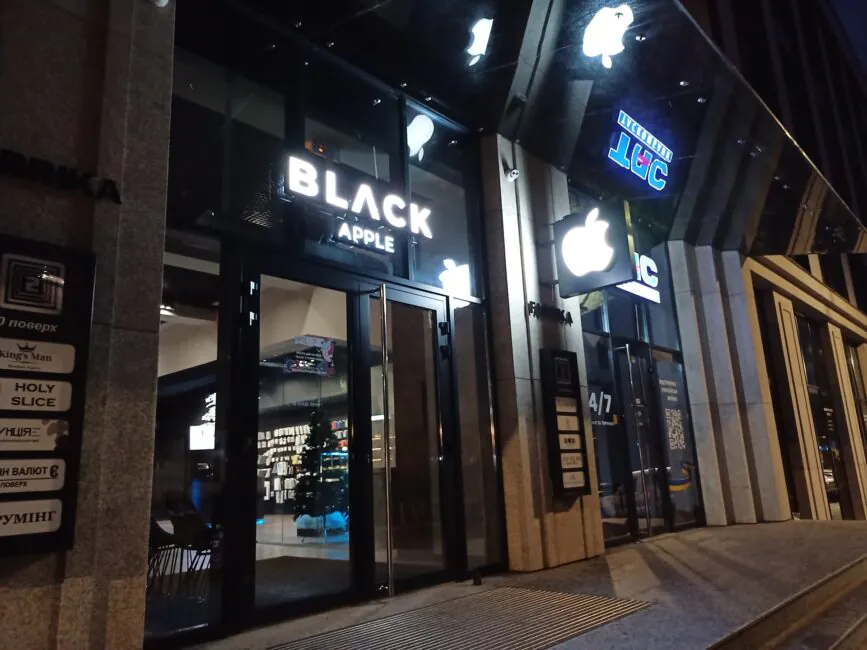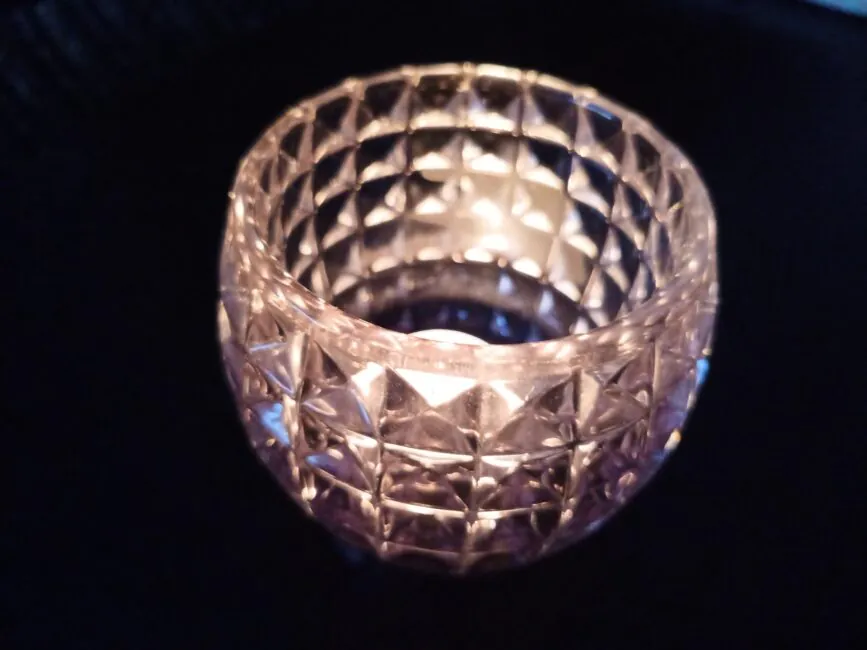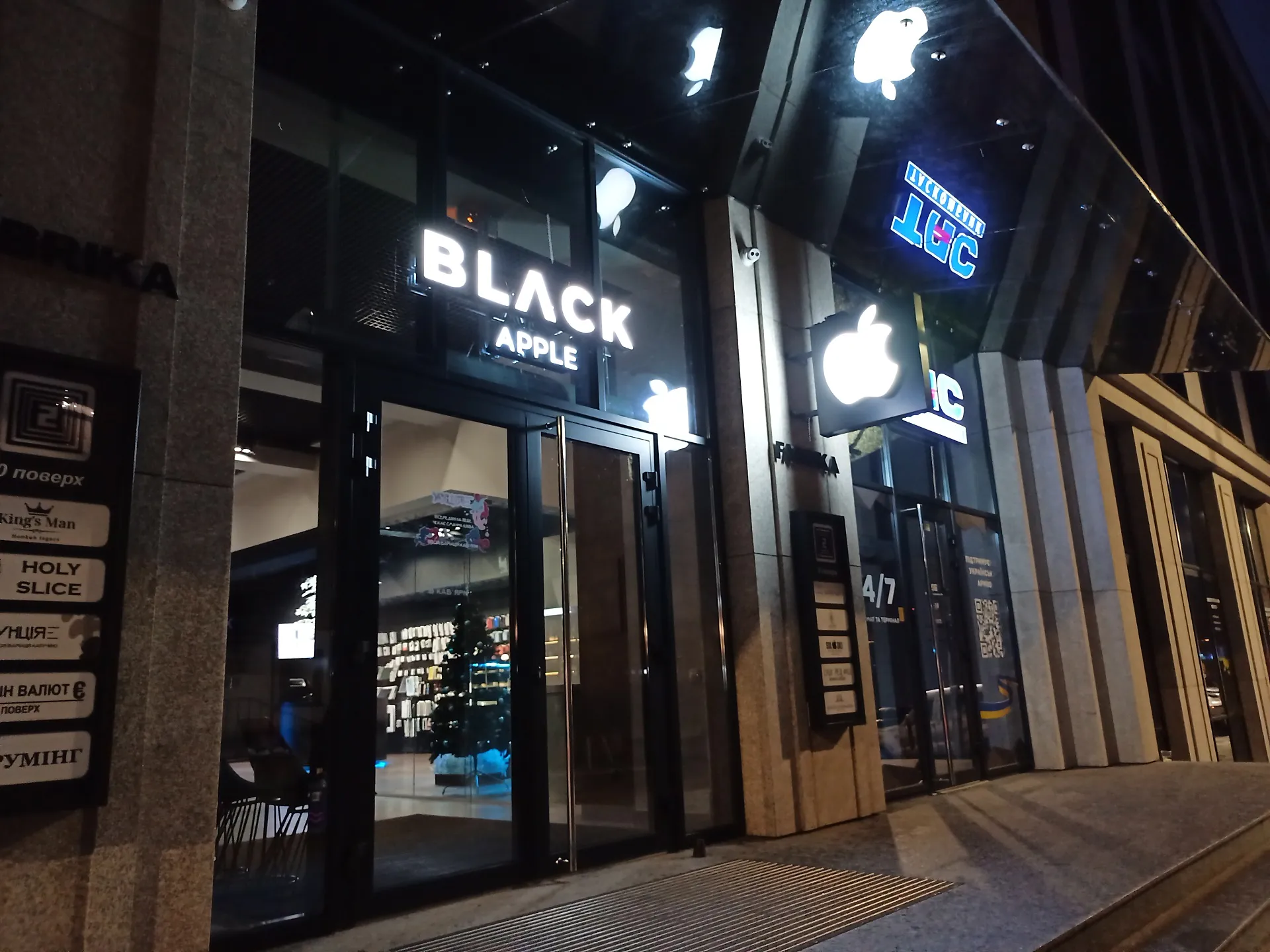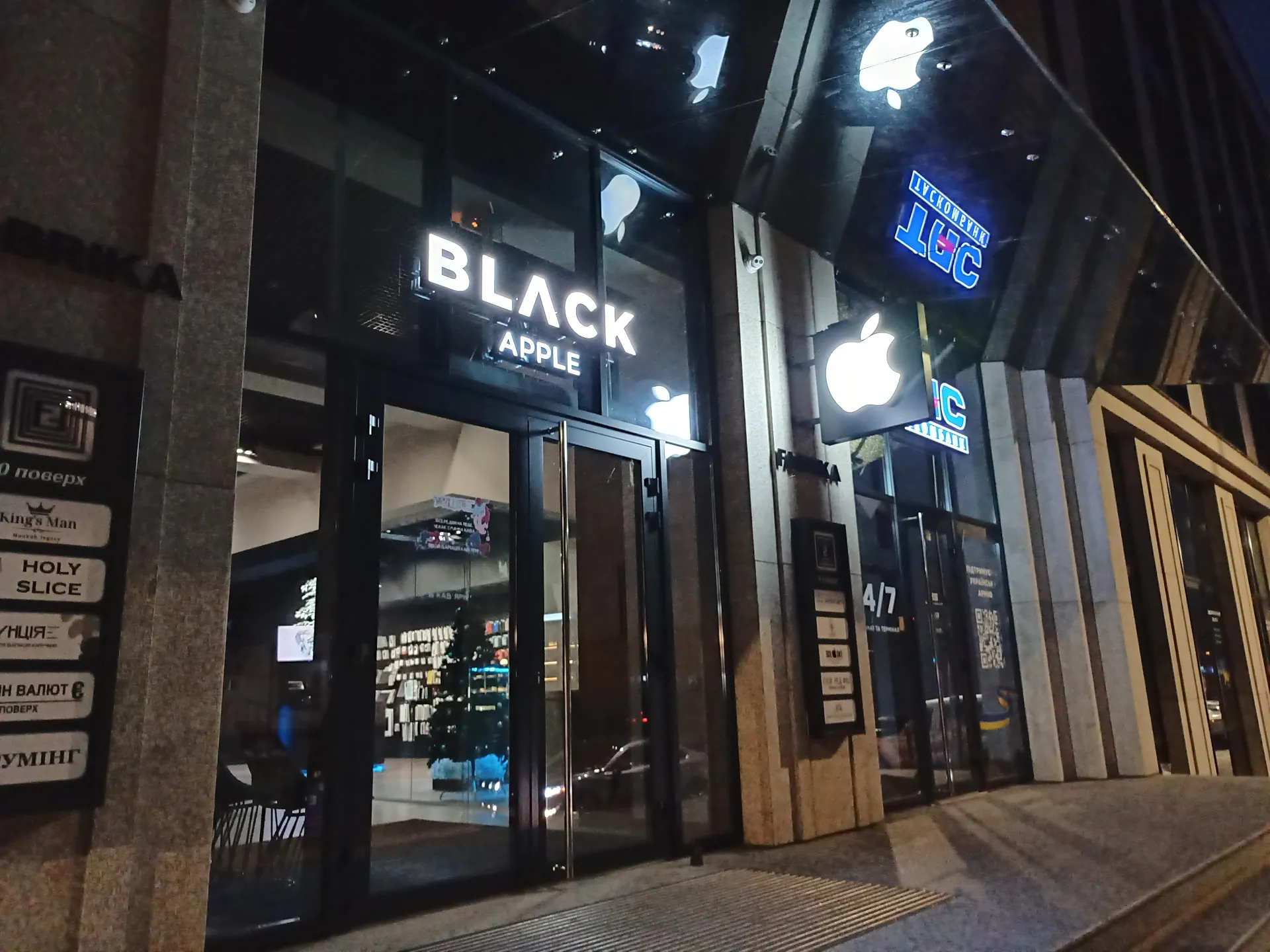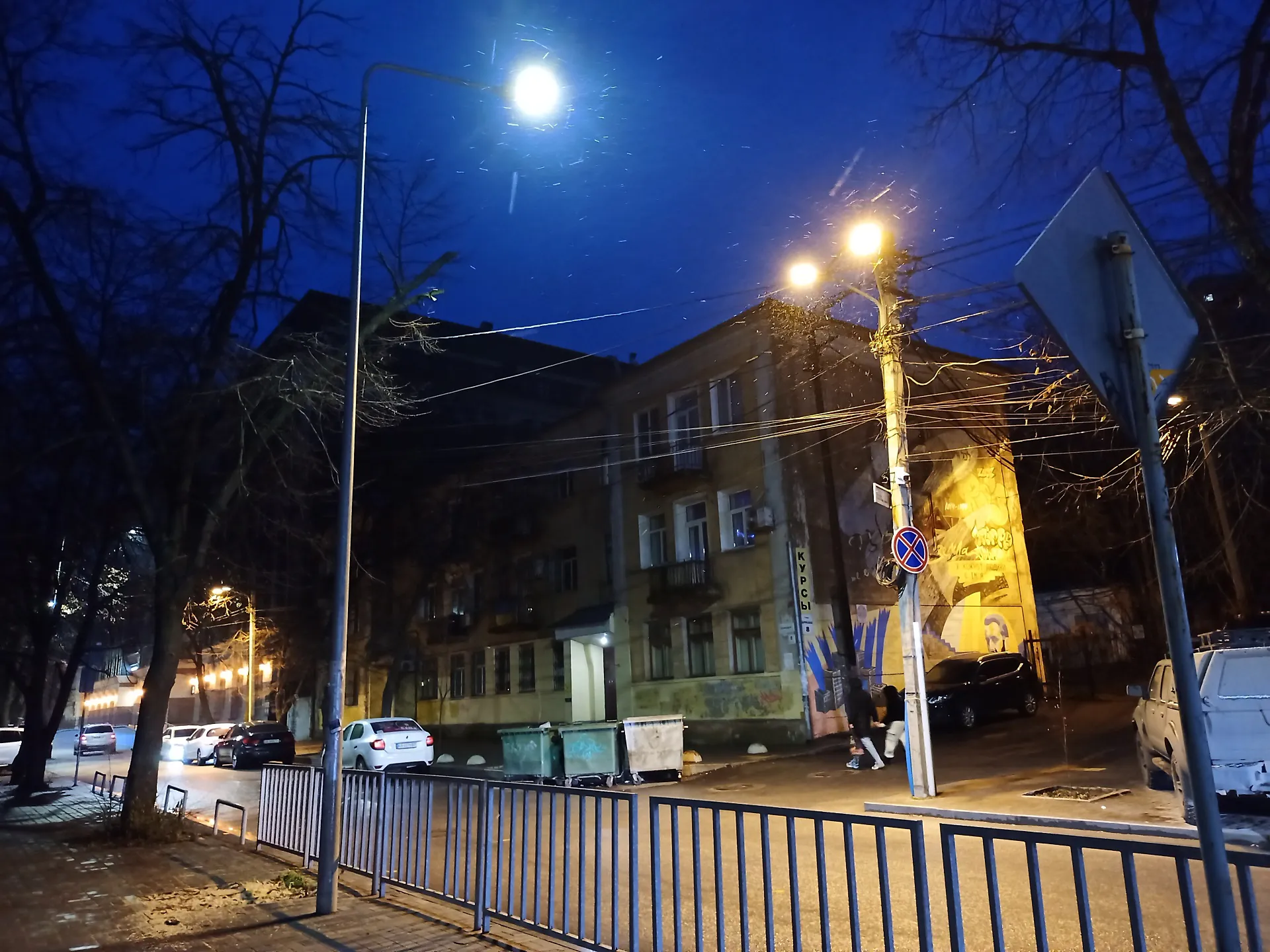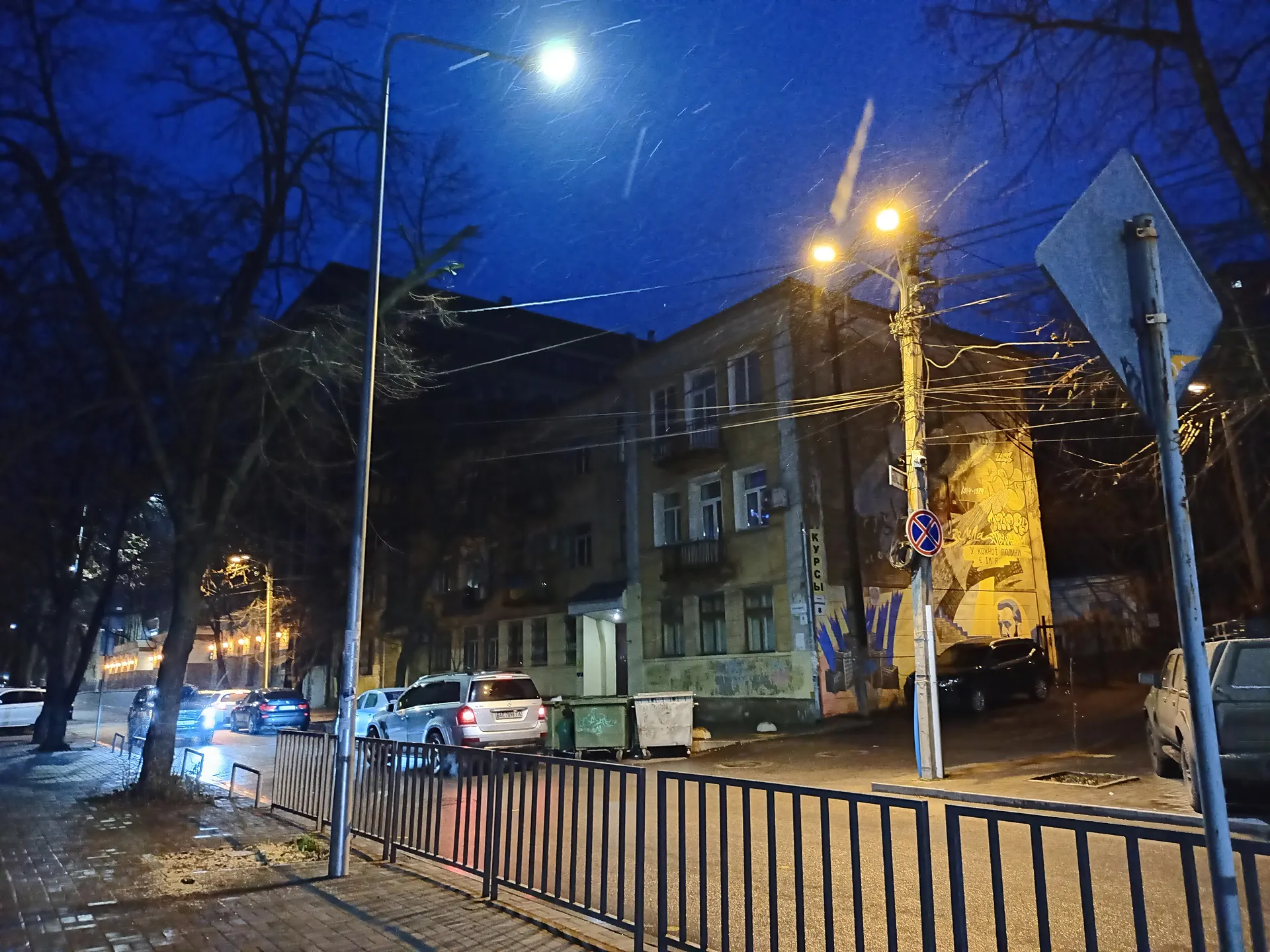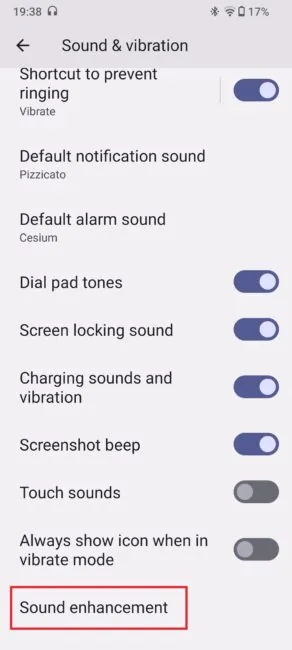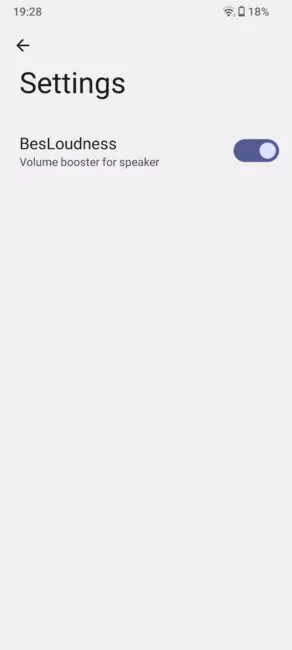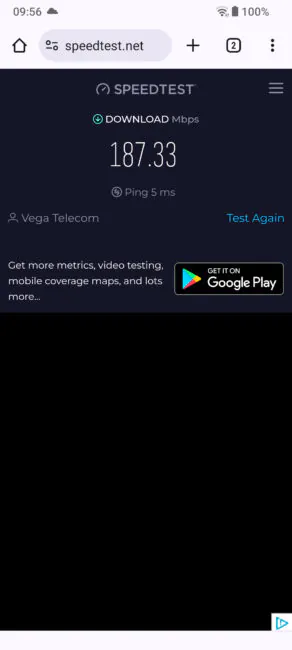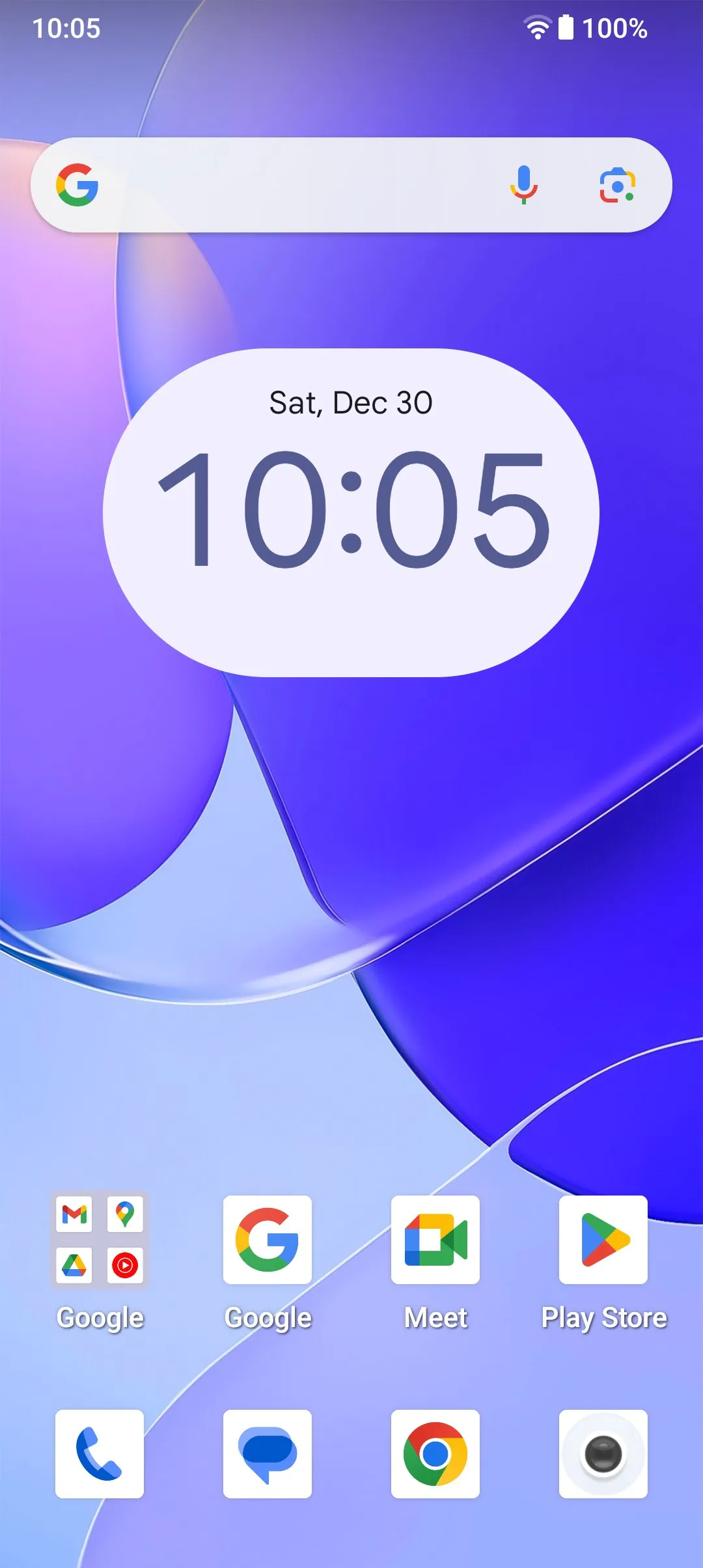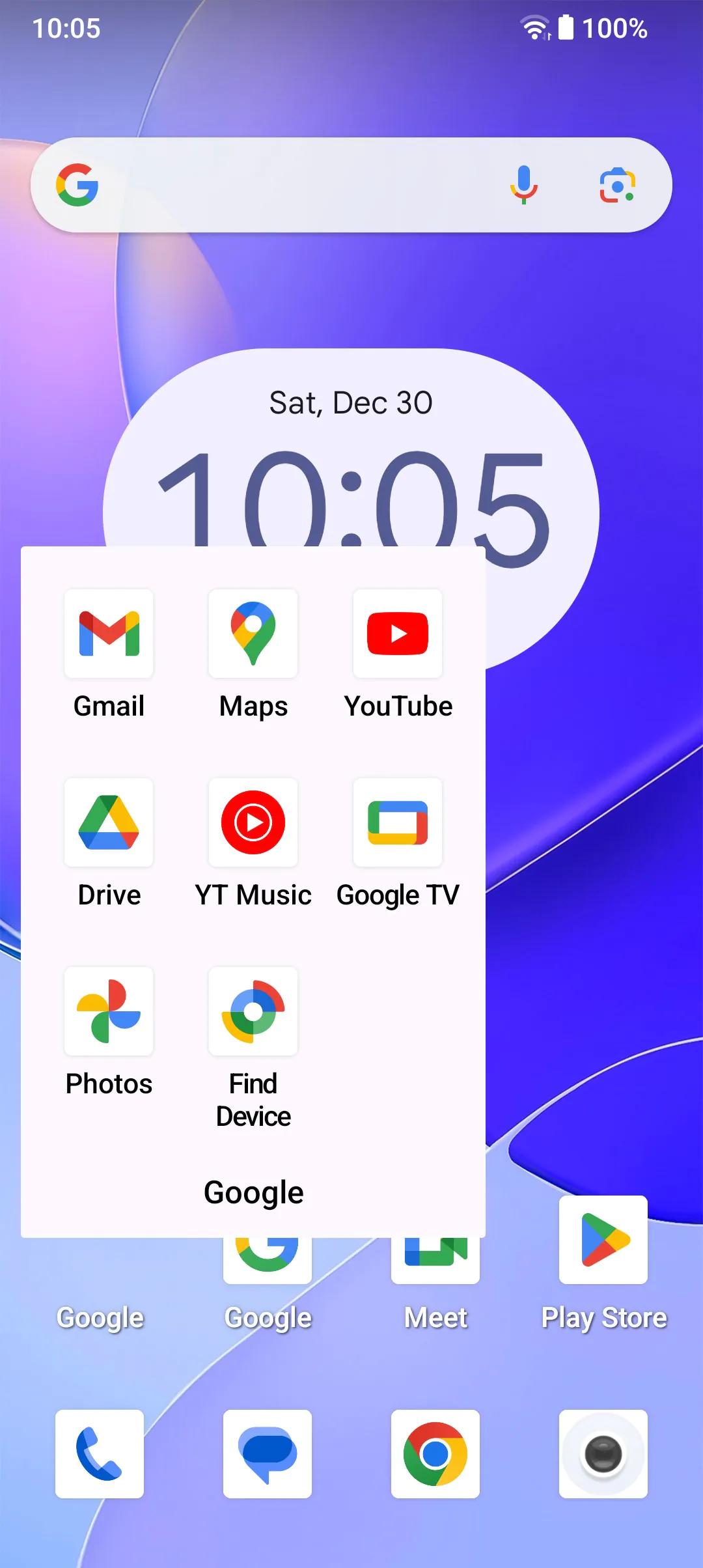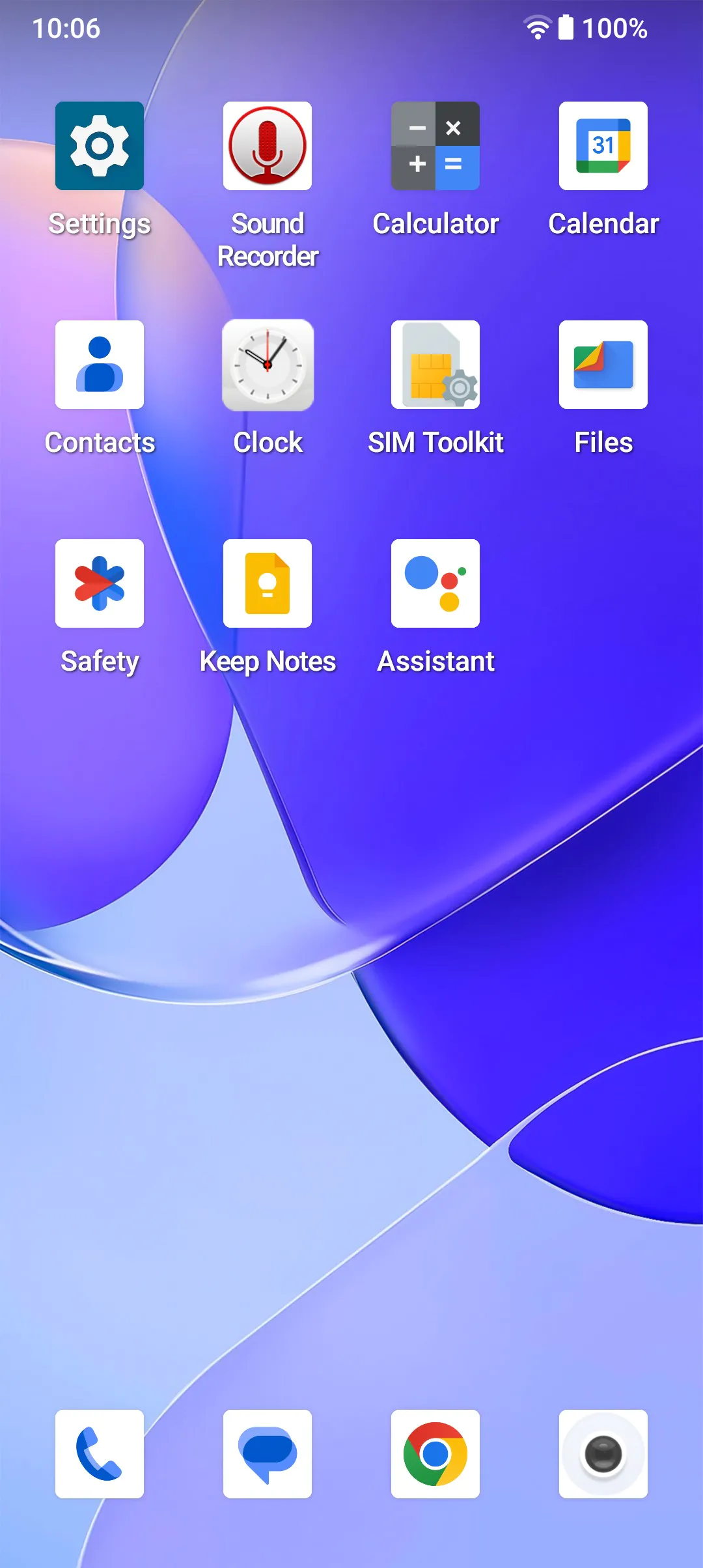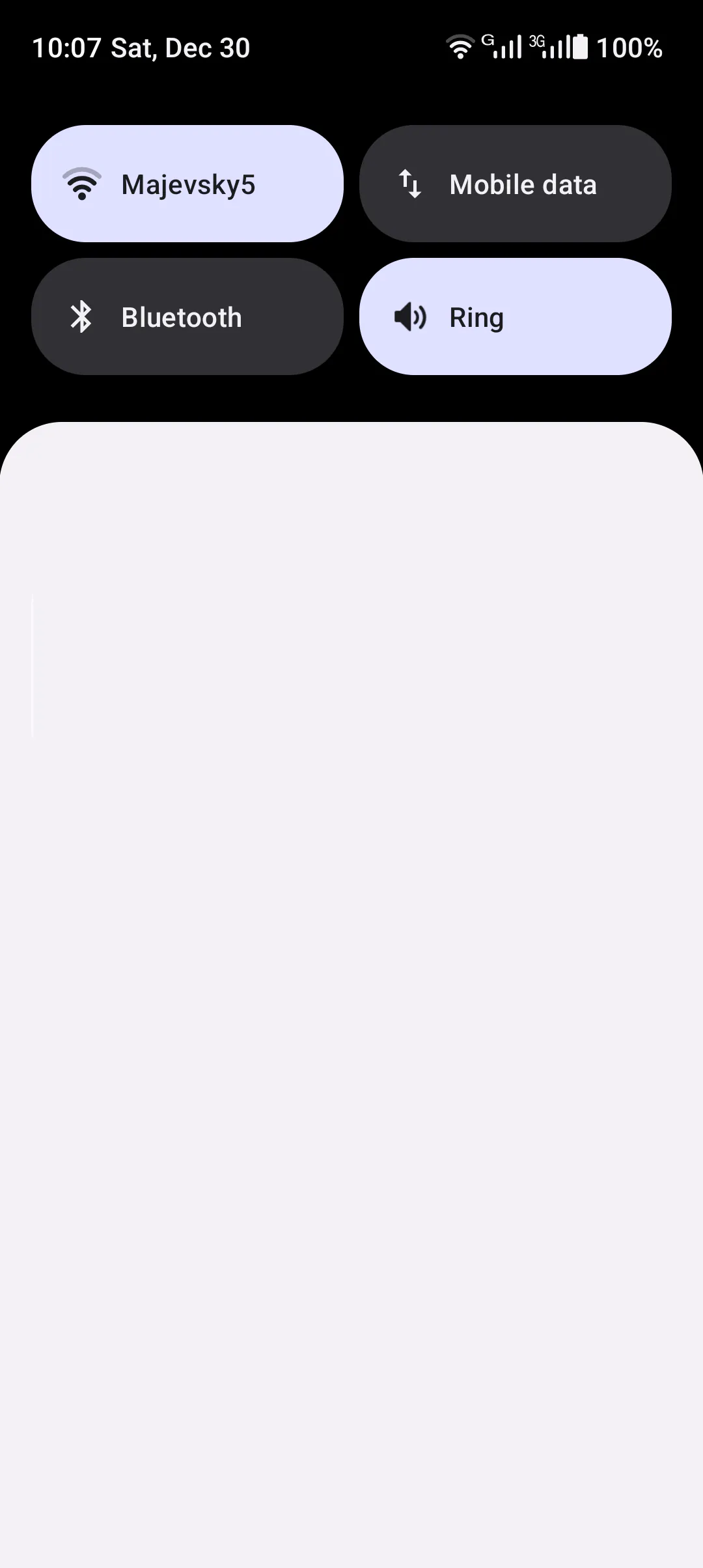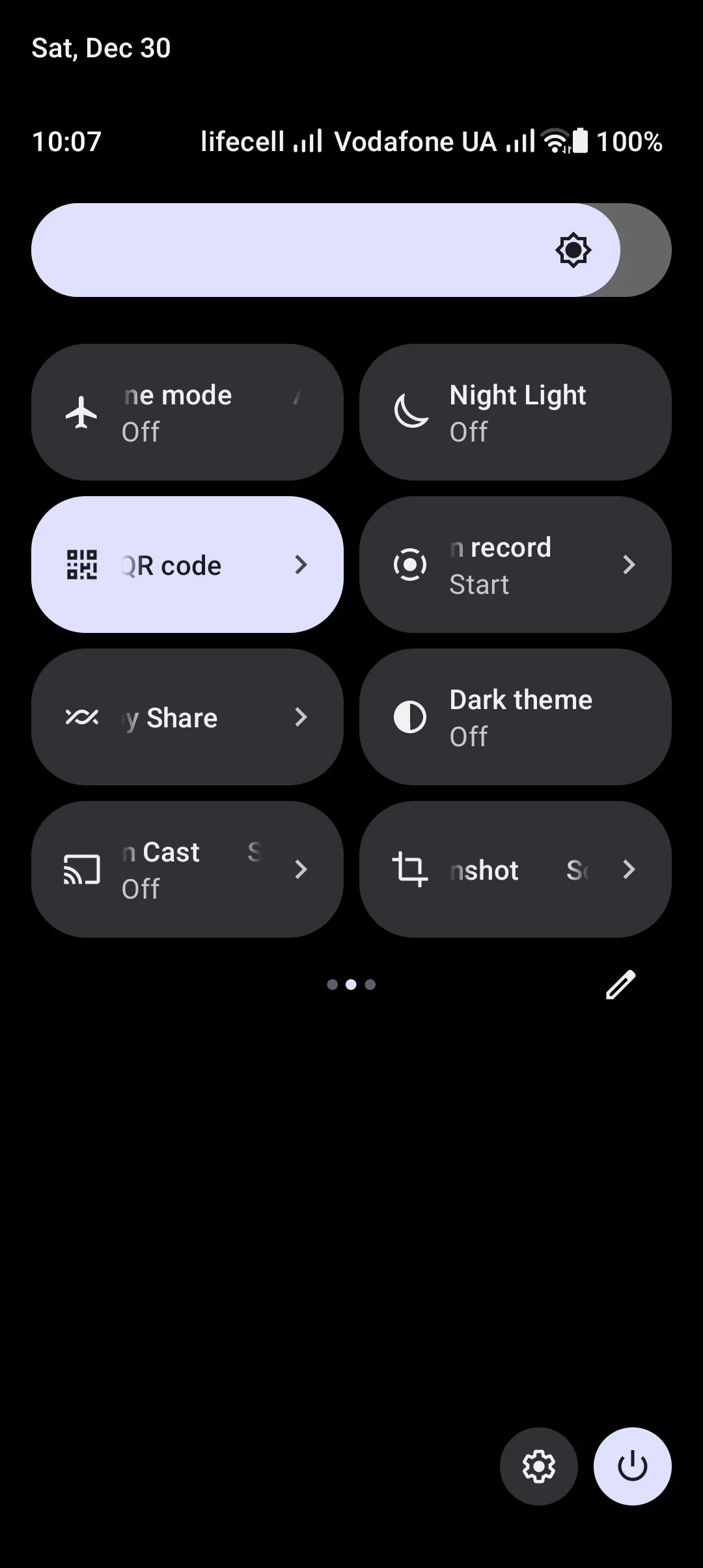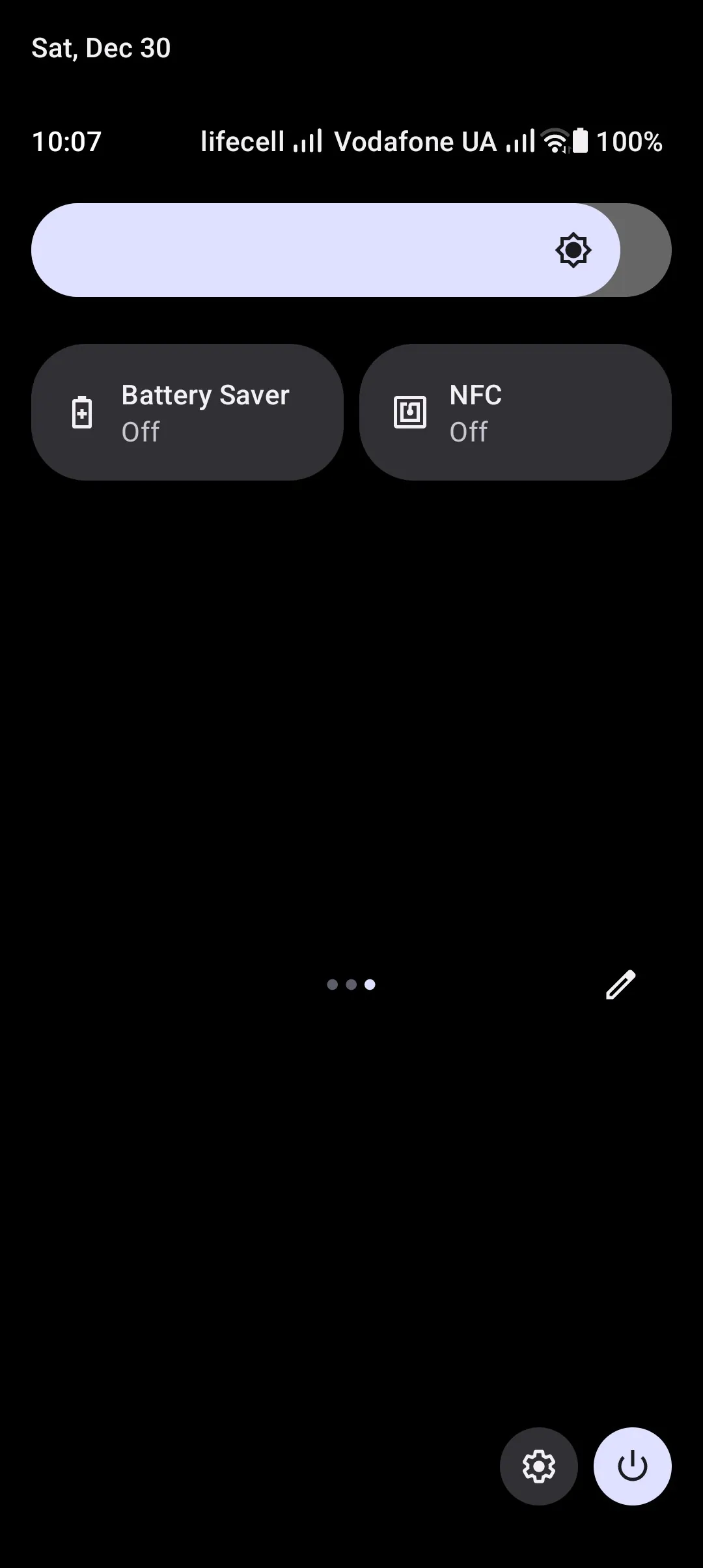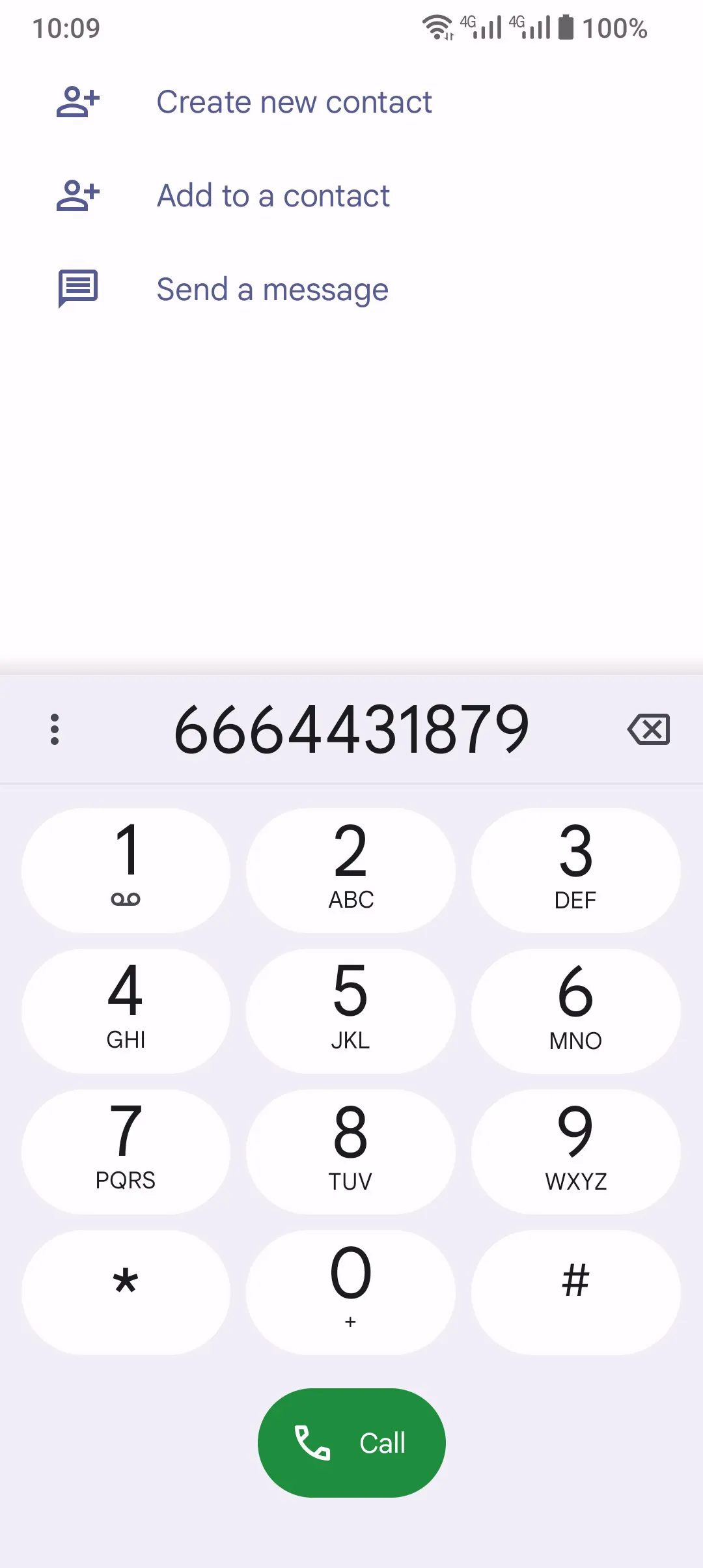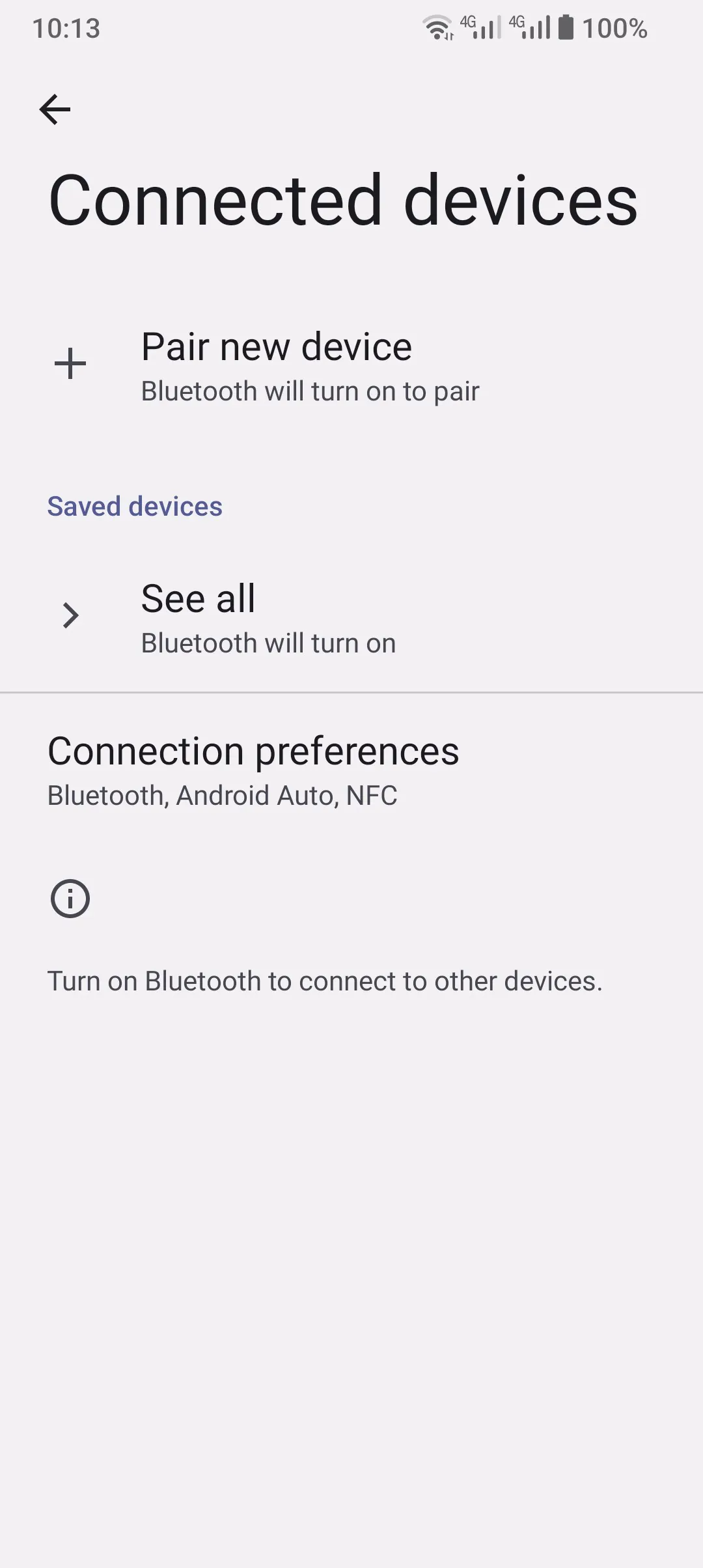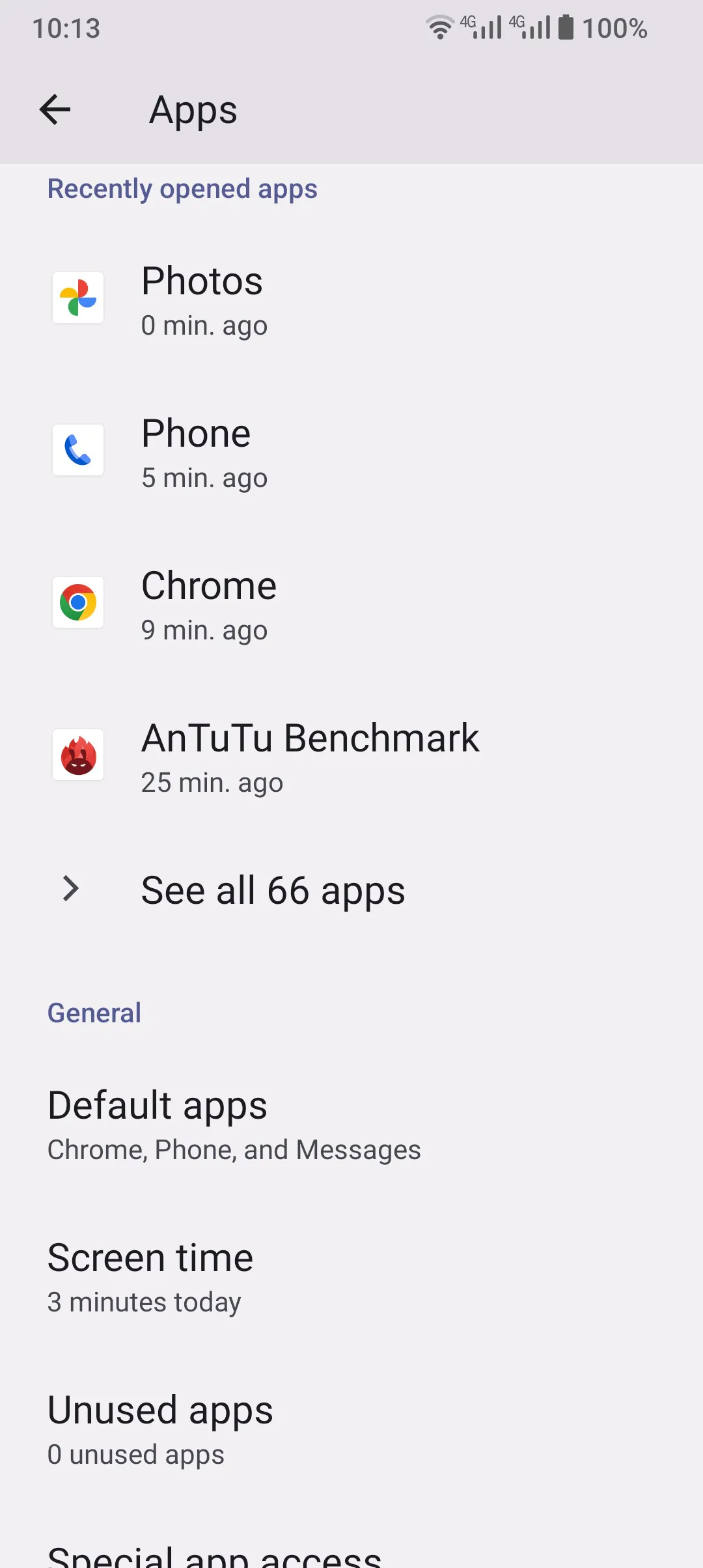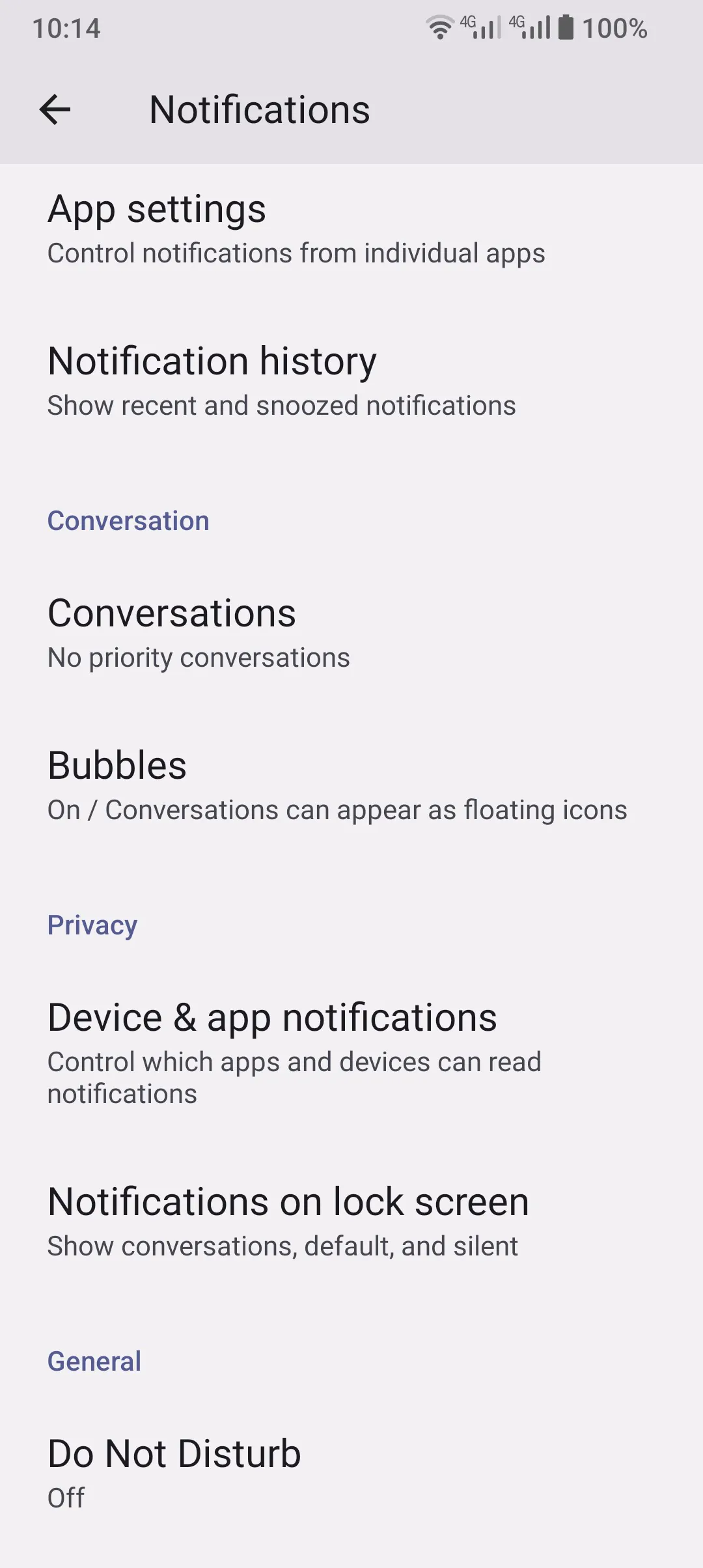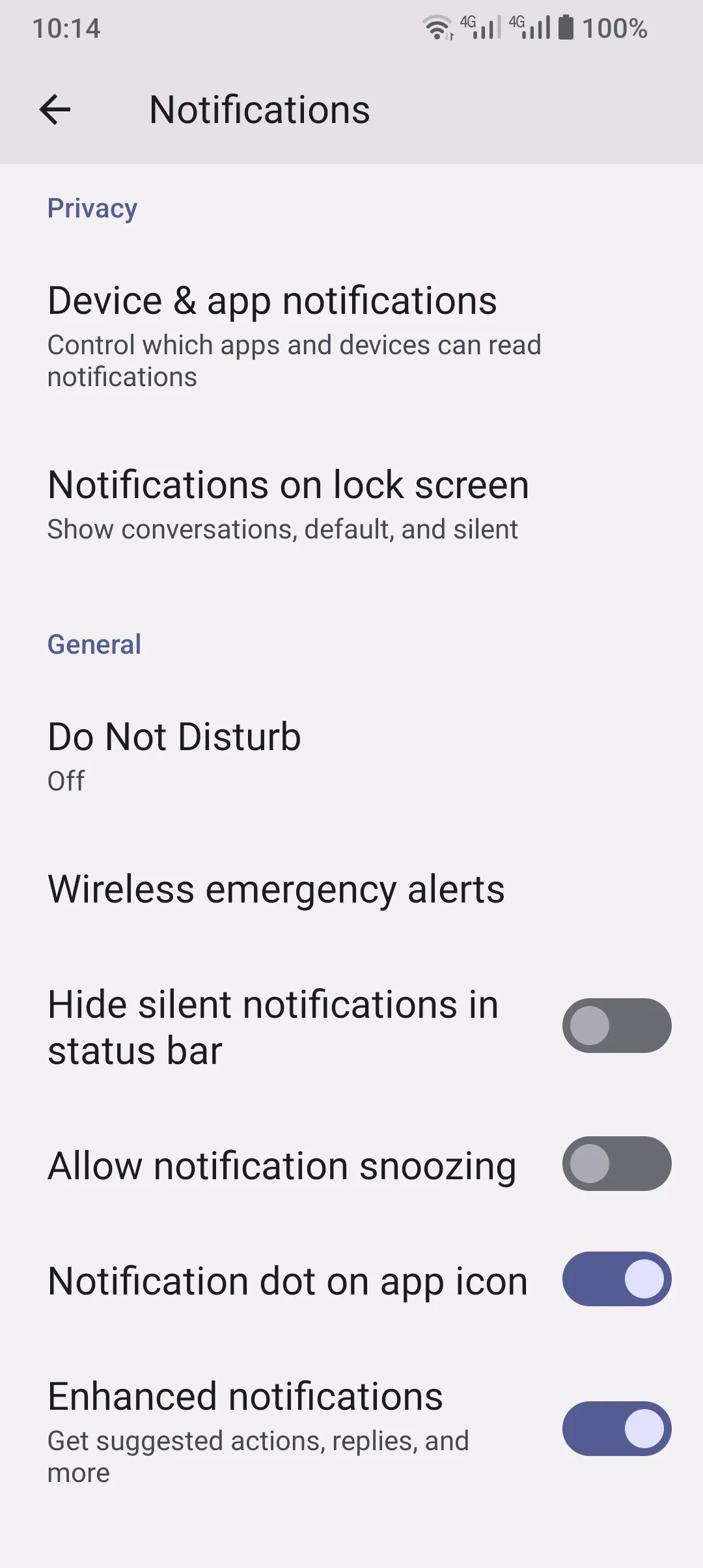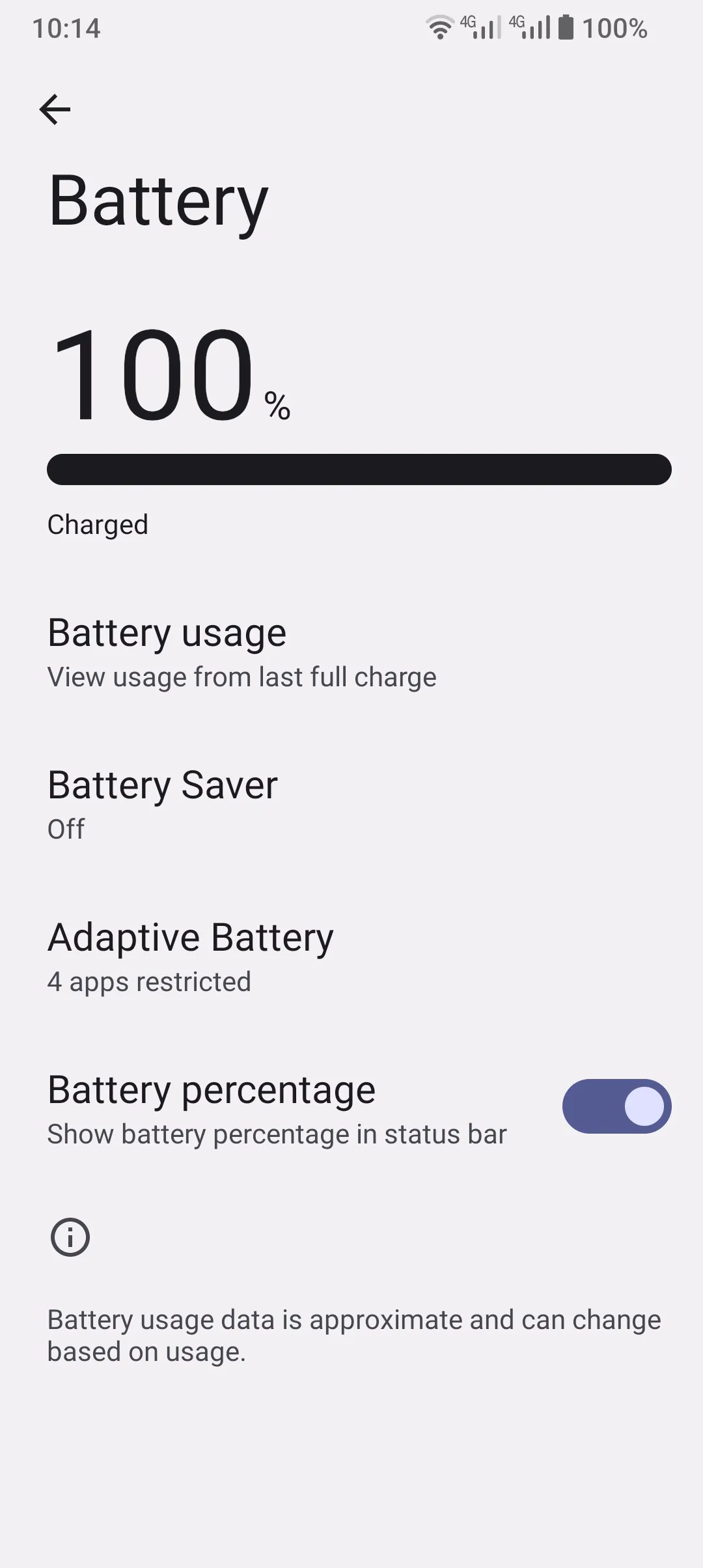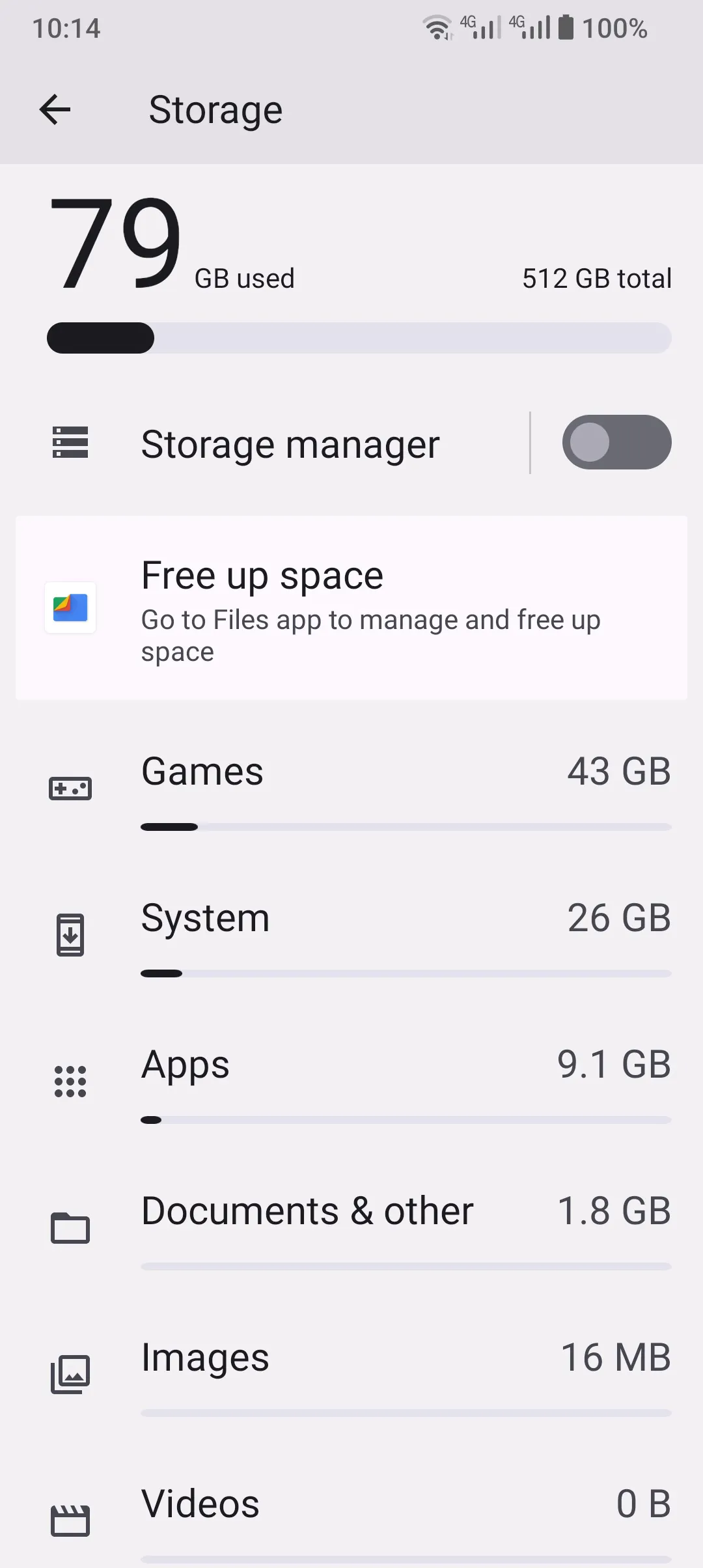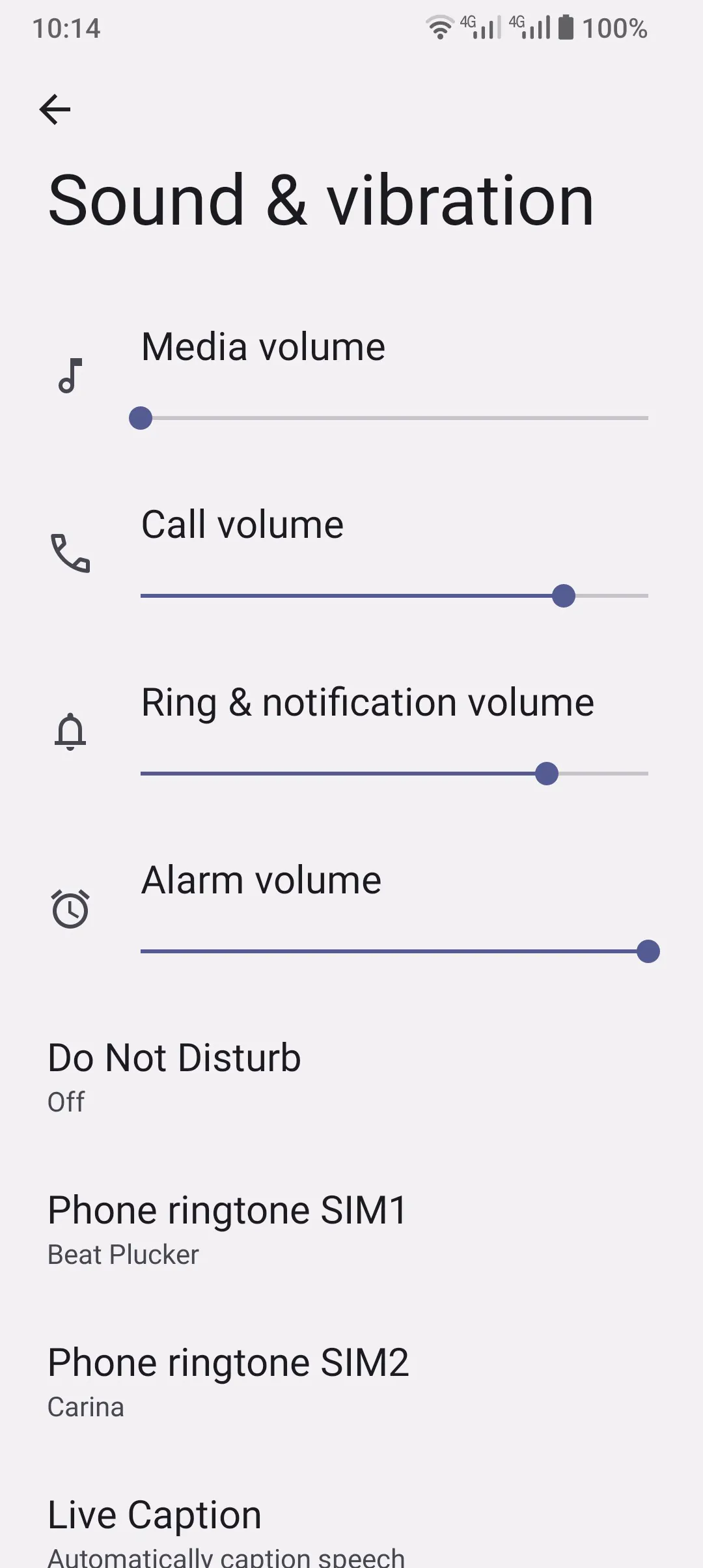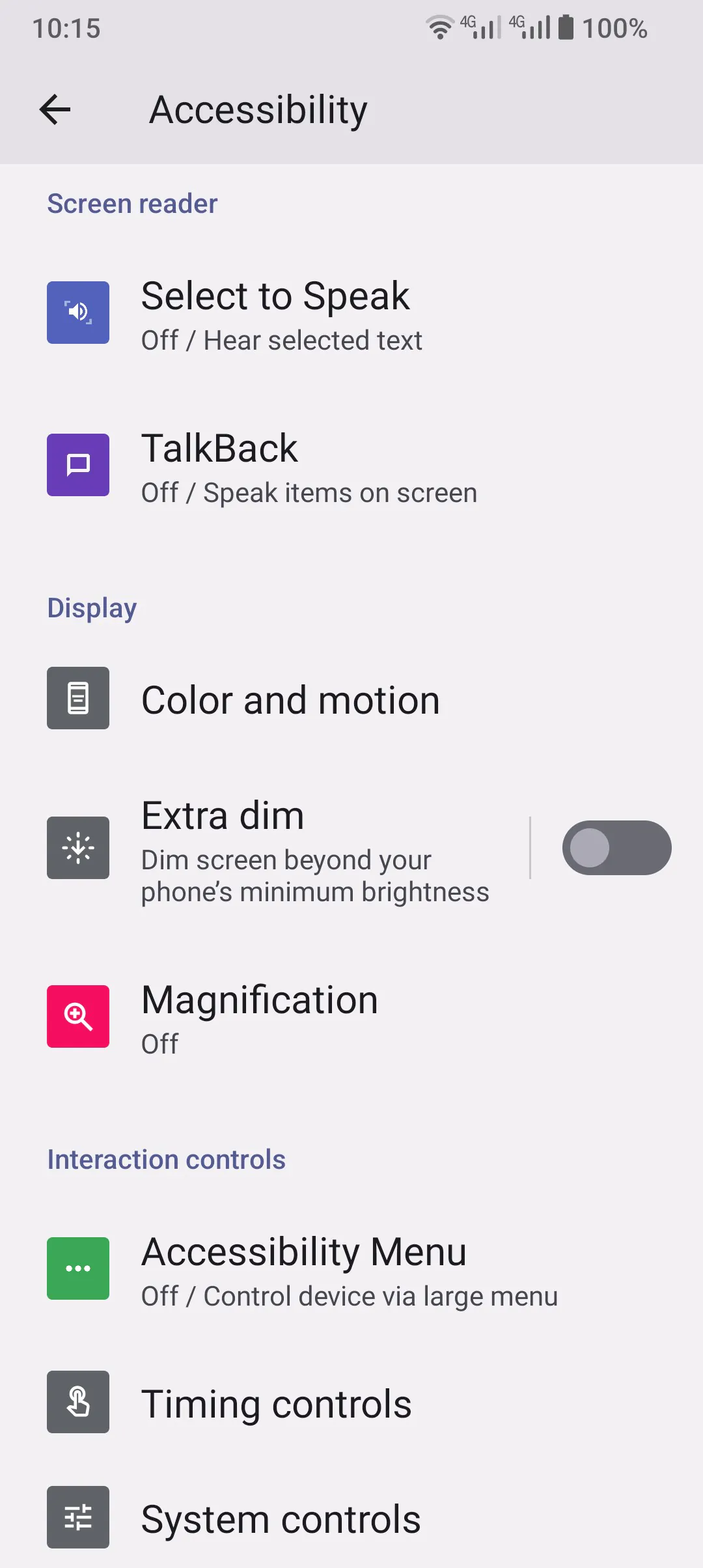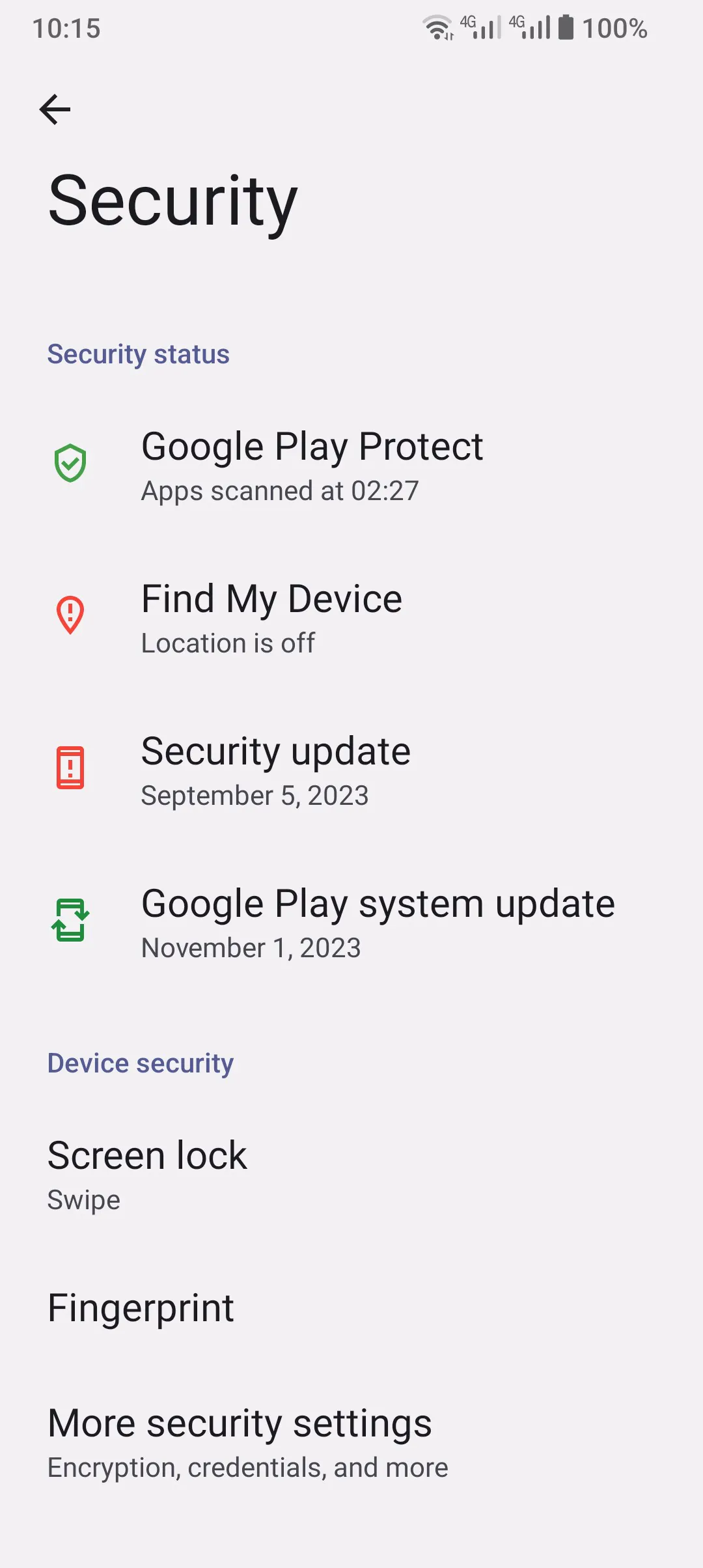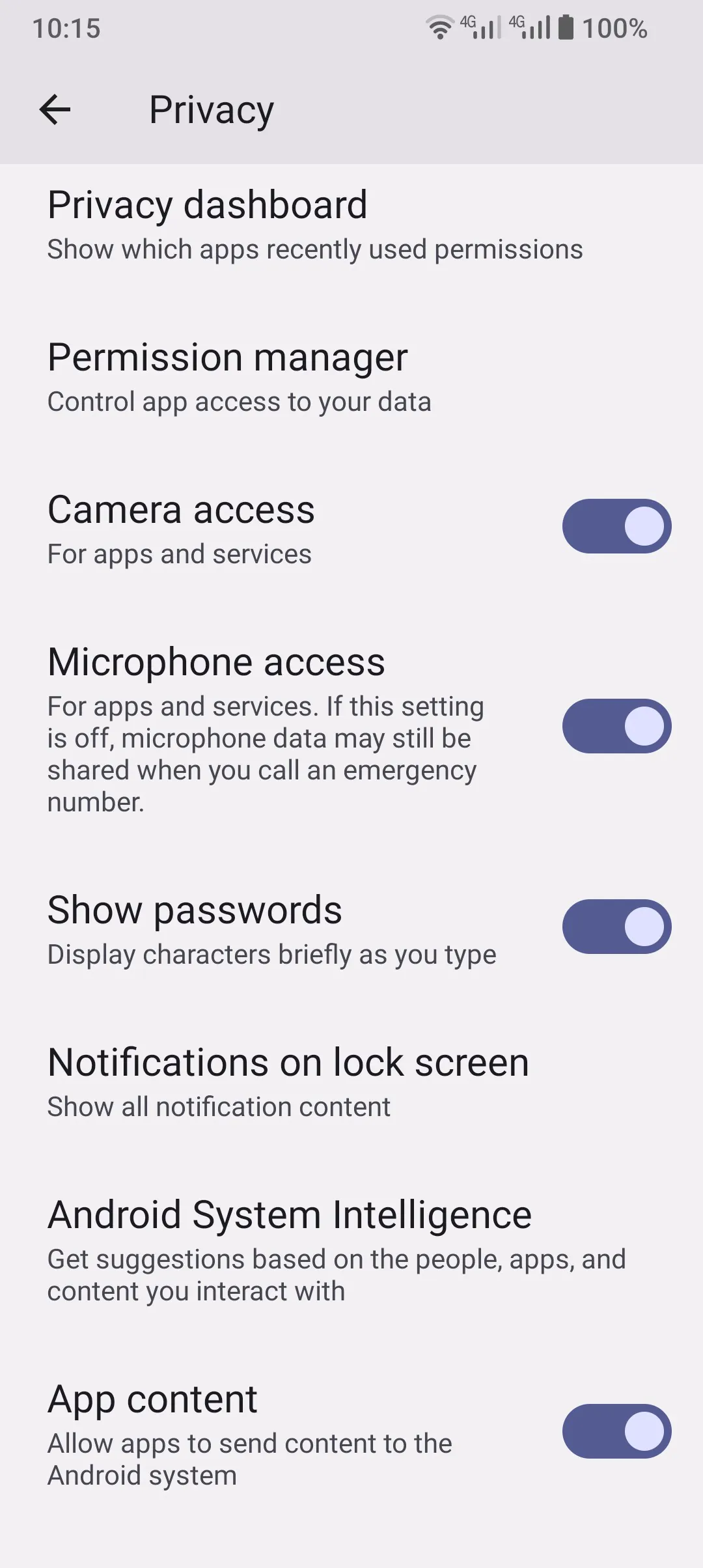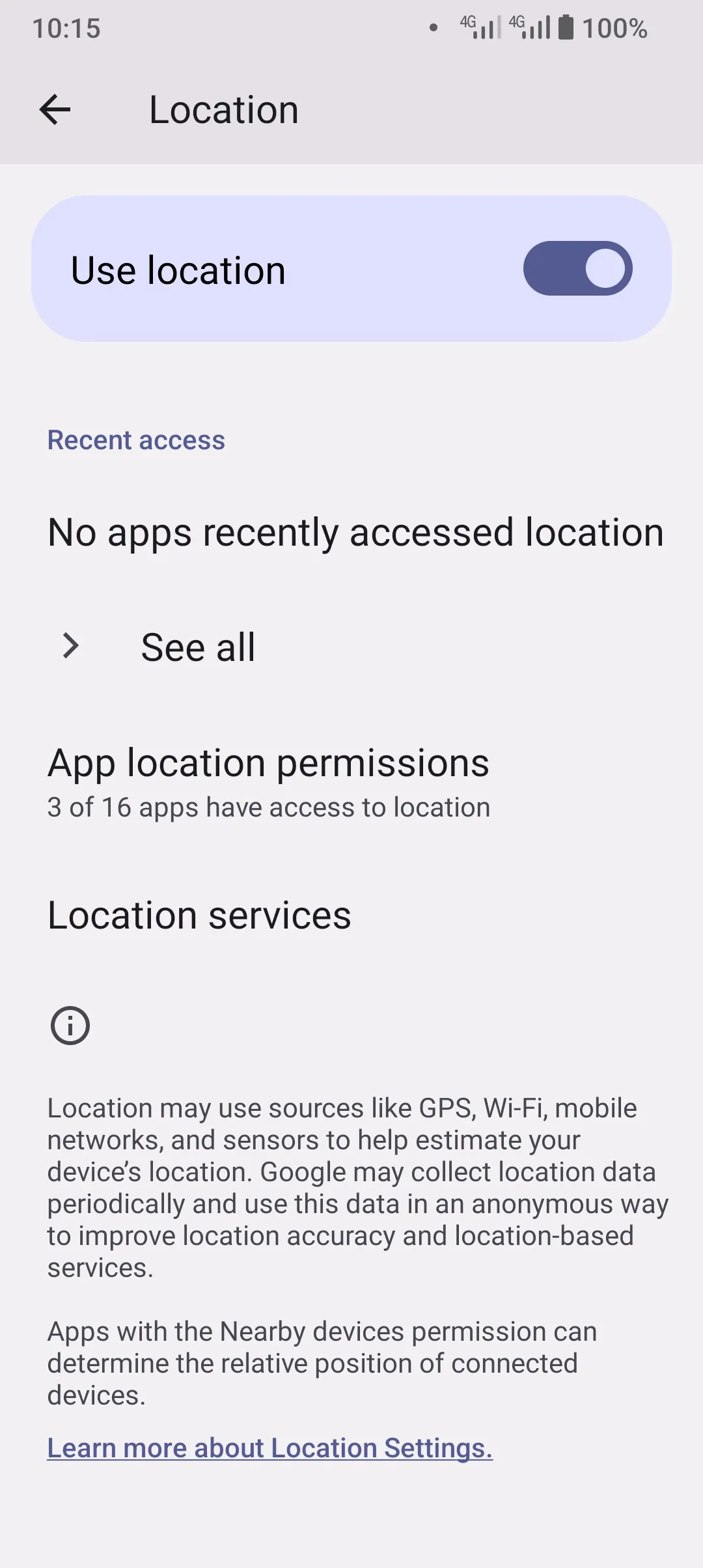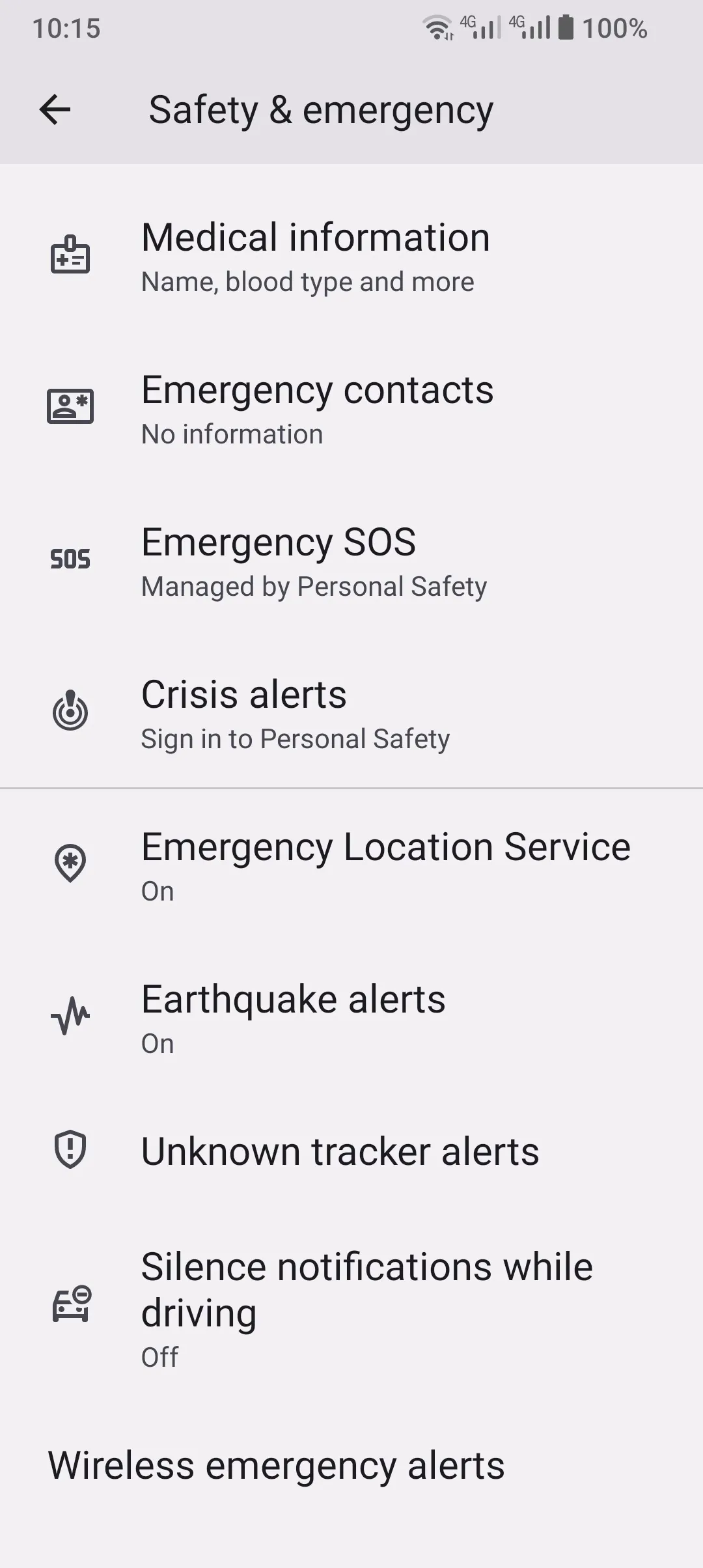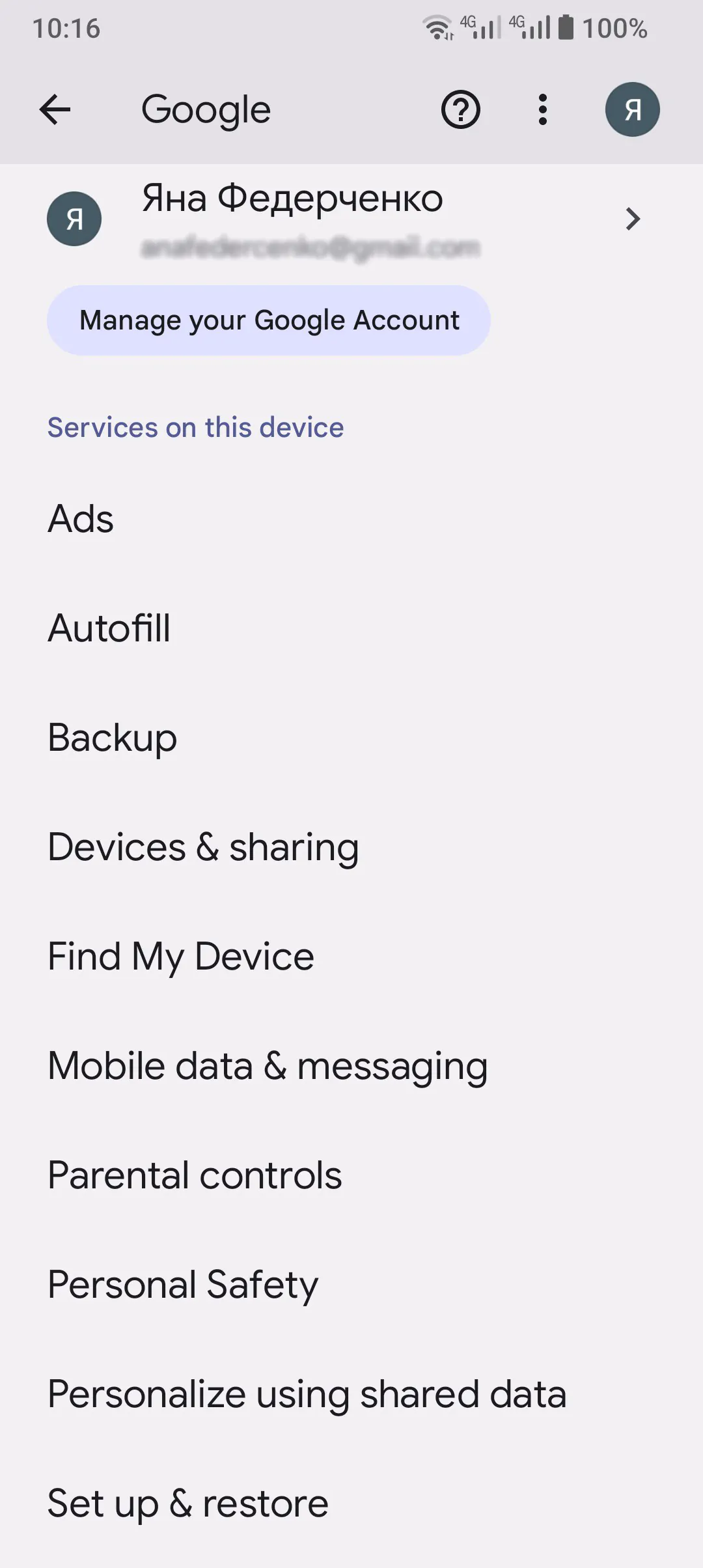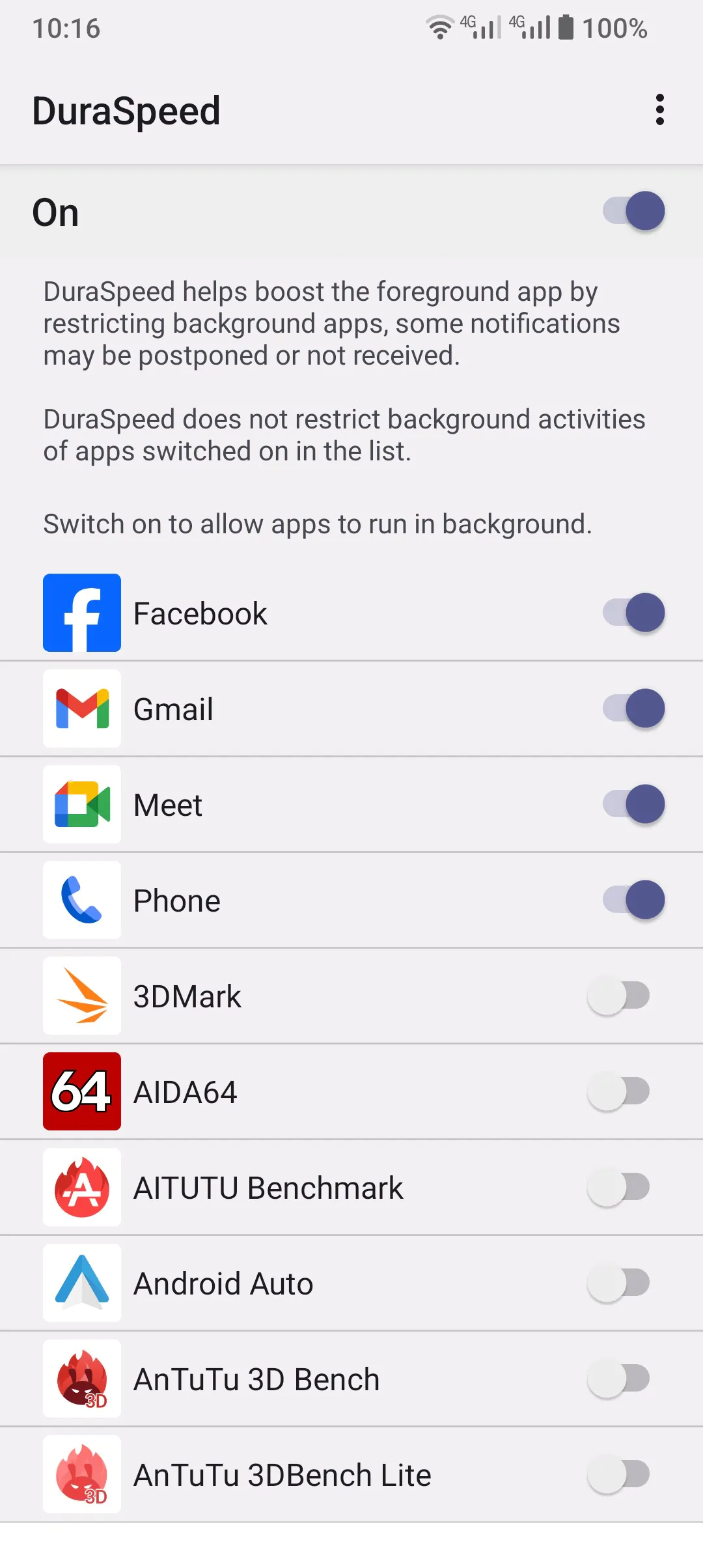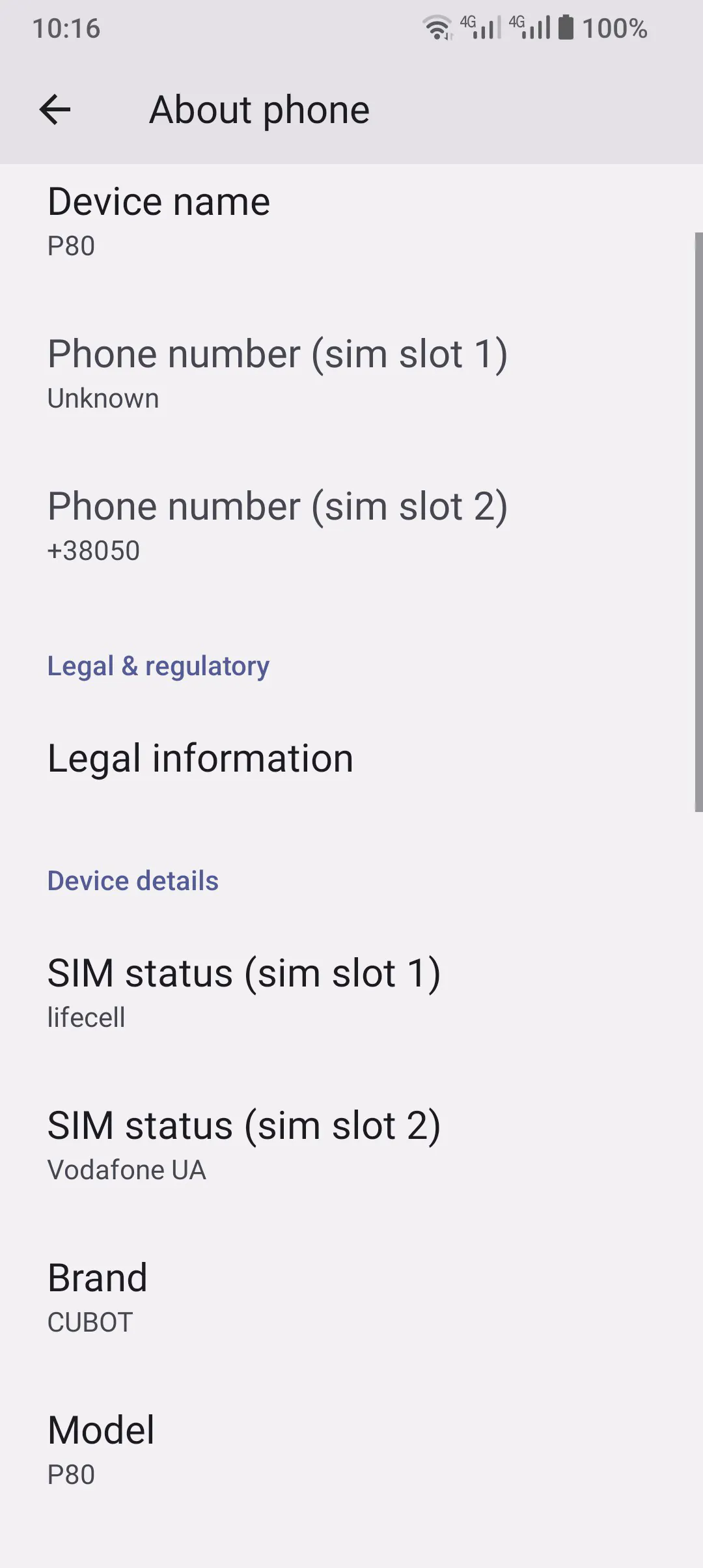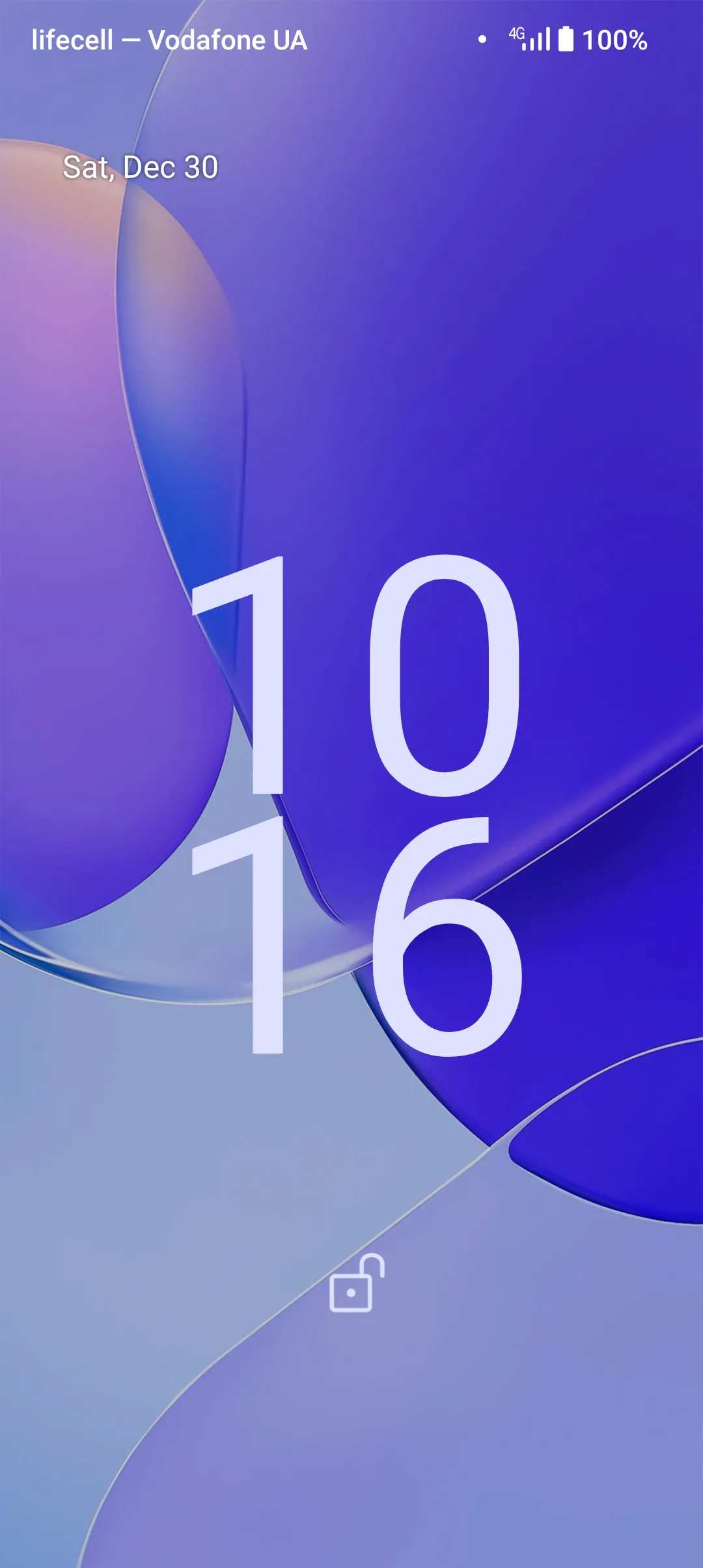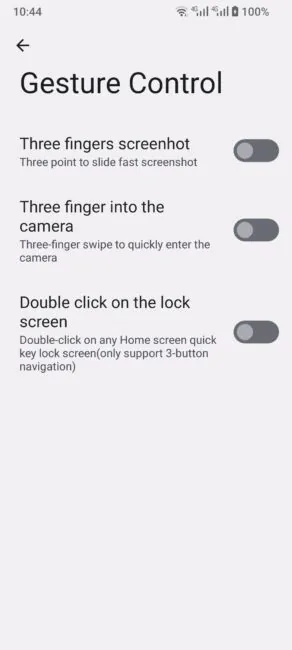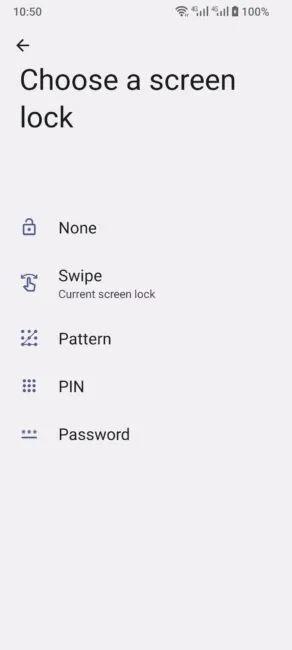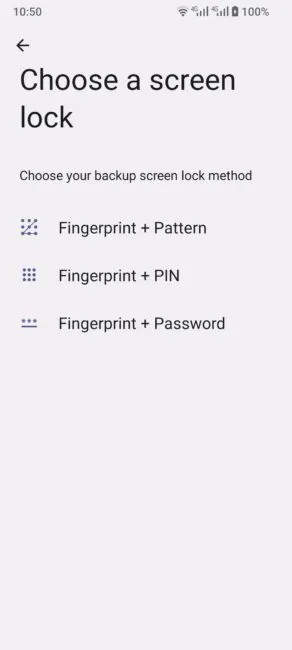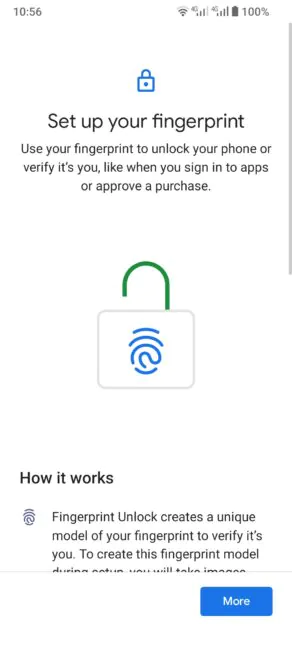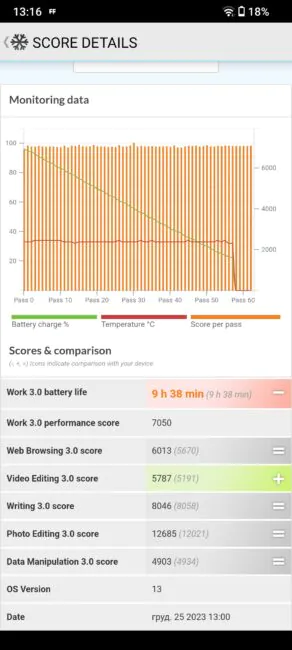© ROOT-NATION.com - Use of content is permitted with a backlink.
Today, I have the Cubot P80 smartphone under review. This model is the brightest representative of the entry-level ultra-budget devices from the Chinese company Cubot. What makes this smartphone interesting? Firstly, the price is just a little over $100. Secondly, it boasts decent internals for a budget device. For example, it features a storage capacity of 512 GB. Thirdly, it comes with reasonably good cameras. Lastly, I would highlight its quality build and the fully equipped package typical of this manufacturer’s products. After spending a few weeks with this smartphone, I realized that it’s an interesting model deserving a comprehensive review. The Cubot P80 will particularly appeal to those looking for a good budget-friendly smartphone. Well, let’s begin the review. But first, here are the brief technical specifications of the device.
Technical specifications of the Cubot P80
- Display: IPS; 6.58″; FHD+ resolution (1080×2408); aspect ratio 20:9; refresh rate 60 Hz; density 400 PPI; screen to body ratio 83%
- Processor: MT8788V/WA; 8 cores (4×2 GHz Cortex-A76 + 4×2 GHz Cortex-A53); 12 nm process; Mali-G72 MP3 graphics
- RAM: 8 GB LPDDR4X; there is a function to add 8 GB of virtual memory
- Storage: 256/512 GB UFS 2.1
- Memory card support: microSD up to 1 TB
- Main camera: 3 modules (main, additional, macro). Main module 48 megapixels, additional 0.3 megapixels, macro 2 megapixels. Additional features: HDR support, LED flash. Maximum video recording resolution Full HD (1920×1080) @30FPS
- Front camera: 24 megapixels; teardrop-shaped; maximum video recording resolution HD (1280×720)@30FPS
- Battery: 5200 mAh; 18W charger
- Operating system: pure Android 13
- Communication standards: 2G, 3G, 4G (VoLTE)
- Wireless technologies: Wi-Fi 5 (802.11abgn/ac); Bluetooth 4.2; NFC
- Geolocation services: GPS, A-GPS, GLONASS, Galileo
- SIM card slot: hybrid dual (2×Nano-SIM or 1×Nano-SIM/microSD)
- Sensors and gauges: accelerometer, gyroscope, compass, proximity sensor, light sensor, geomagnetic sensor, fingerprint scanner
- Dimensions: 165.75×75.80×9.75 mm
- Weight: 217 g
- Package contents: smartphone, charger, USB-A to USB-C cable, USB-C headset, case, SIM card tray clip, display protector, documentation
Positioning and price
Given the price and specifications of this smartphone, it can be categorized as an entry-level budget device.
You can purchase the Cubot P80 from the official manufacturer’s website, AliExpress, or Joom. Another option is through Mercadolibre, but that is for buyers in Latin America and not suitable for us.
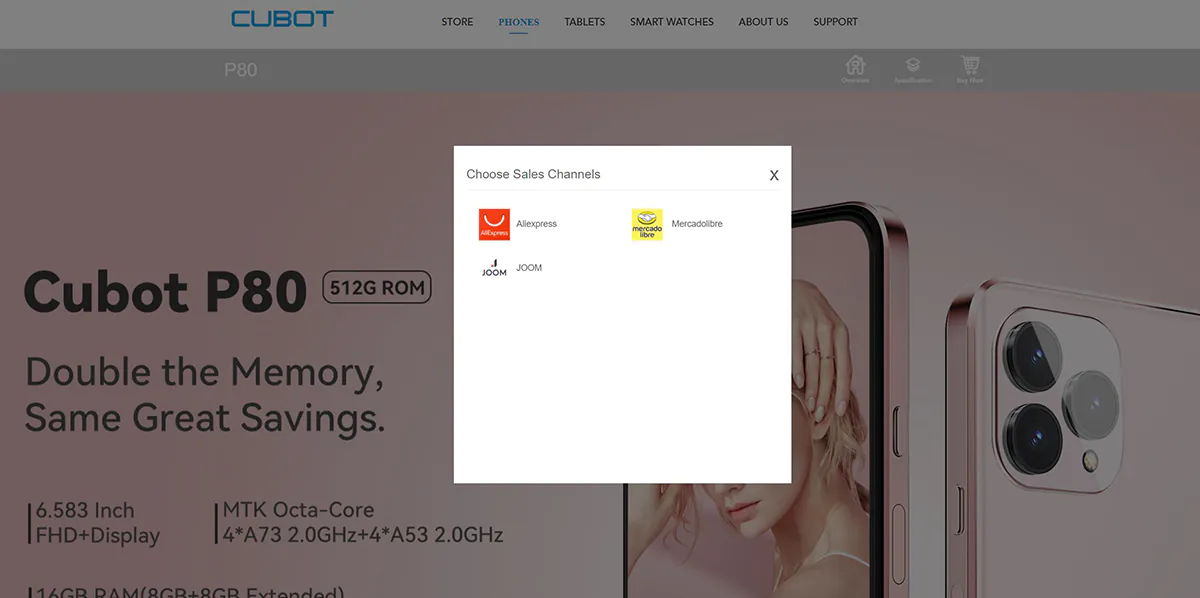
On AliExpress, the price for the 256GB version of the smartphone is $112, and for the 512GB version, it is $140. While this seems to include a discount, considering the practices of Chinese sellers, it’s reasonable to assume that this is more or less the regular price for this smartphone. The inflated price without the discount is likely just a marketing strategy.
To confirm this, you can look at the price dynamics using the Alitools extension. As we can see, the price chart is quite irregular. However, it’s noticeable that for the most part of the time, the price did not exceed $140, both for the 256GB and 512GB versions.
On Joom, the price for the 256GB version is $115, while the 512GB version is priced at $136. It doesn’t make sense to pay attention to the regular prices (without discounts) because this smartphone simply cannot cost that much.
In principle, a price range of $120-140 can be considered quite justified for this smartphone, especially for the 512 GB version.
Package contents
The smartphone comes in the brand’s recognizable packaging, much like all Cubot products. Gray textured cardboard, the brand’s logo, model designation, brief technical specifications..
As always, Cubot’s content is the best:
- smartphone
- charger
- USB-A to USB-C cable
- USB-C headset
- case
- ejector for the SIM card tray
- protective glass for the display
- documentation
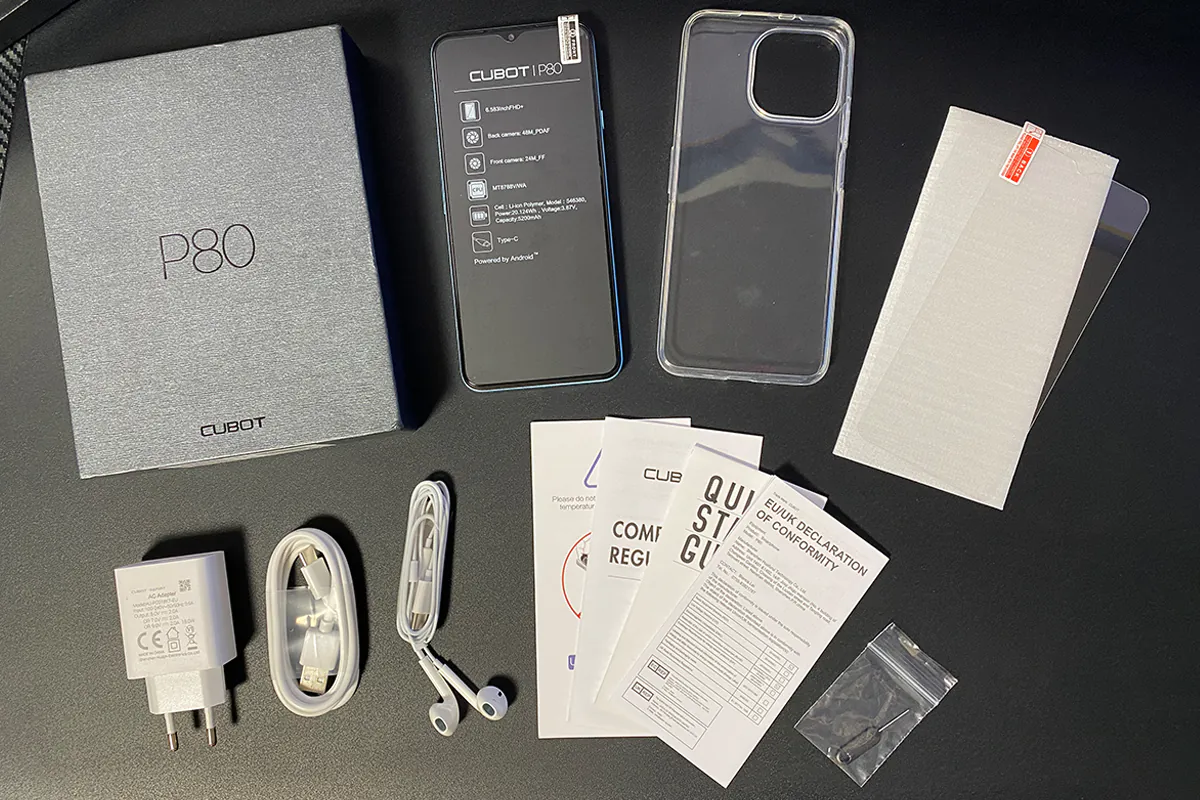 The smartphone comes fully protected with protective films out of the box. The case is of good quality: sturdy, without crooked seams or other defects, fits the smartphone perfectly. The protective glass also looks good. The included earphones are simple and budget-friendly, but the fact that they are included is already a nice touch, and they can come in handy for someone.
The smartphone comes fully protected with protective films out of the box. The case is of good quality: sturdy, without crooked seams or other defects, fits the smartphone perfectly. The protective glass also looks good. The included earphones are simple and budget-friendly, but the fact that they are included is already a nice touch, and they can come in handy for someone.
Excellent package, nothing more to add. Everything you need right away is included. Cubot has always provided good accessories with their products, and the P80 is no exception. A definite plus.
Design, ergonomics, build quality
The design of the Cubot P80 seems as if it borrowed from the iPhone. I wouldn’t say it doesn’t suit it, as the smartphone looks nice. It just lacks originality and its own style.
While the recently reviewed Cubot Note 50 had a somewhat original design, the Cubot P80 seems to have taken inspiration from the iPhone. It comes in a choice of five colors: black, blue, purple, light blue, and pink. The storage capacity varies depending on the color variant. For example, the blue and purple models are available only with 256GB of storage, while the light blue and pink ones come with 512GB. The black smartphone is offered in both 256GB and 512GB versions.
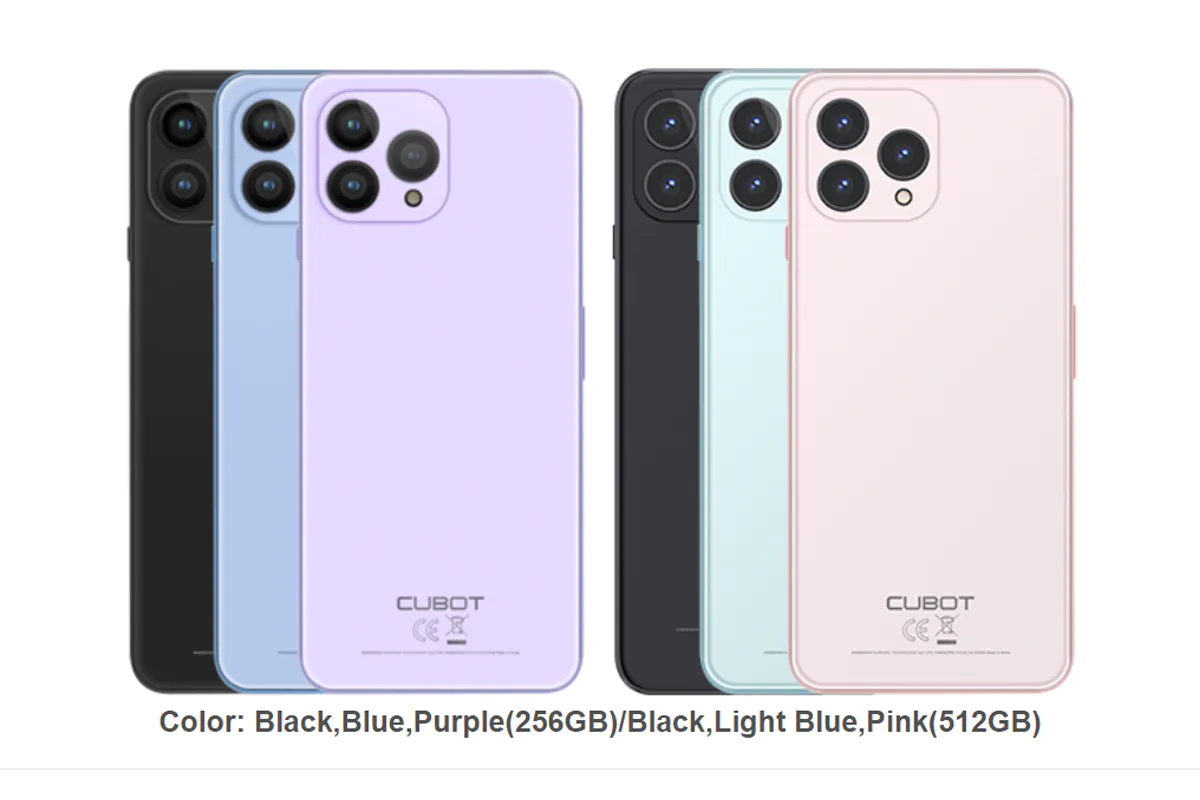 The front panel of the smartphone features a 6.58-inch IPS display. The bezels are minimal, measuring 4mm on the sides, 5mm at the top, and 8mm at the bottom. The front camera adopts a teardrop notch design, and just above it, you can see the grille for the earpiece. Unlike Cubot’s usual practice of applying a factory screen protector, there is none here. However, a protective glass is included in the package, making it unnecessary.
The front panel of the smartphone features a 6.58-inch IPS display. The bezels are minimal, measuring 4mm on the sides, 5mm at the top, and 8mm at the bottom. The front camera adopts a teardrop notch design, and just above it, you can see the grille for the earpiece. Unlike Cubot’s usual practice of applying a factory screen protector, there is none here. However, a protective glass is included in the package, making it unnecessary.
On the back panel, there is a camera consisting of three modules (main, additional, and macro) and an LED flash. As you can see, the external design of the rear camera is a complete replica of the cameras in Apple’s latest PRO models. The only slight difference is in the placement of the flash; otherwise, they are identical.
The side edges of the smartphone are straight, and the corners are rounded. The edges themselves are designed as inserts, simulating metal. The thickness of the smartphone is 9.75mm.
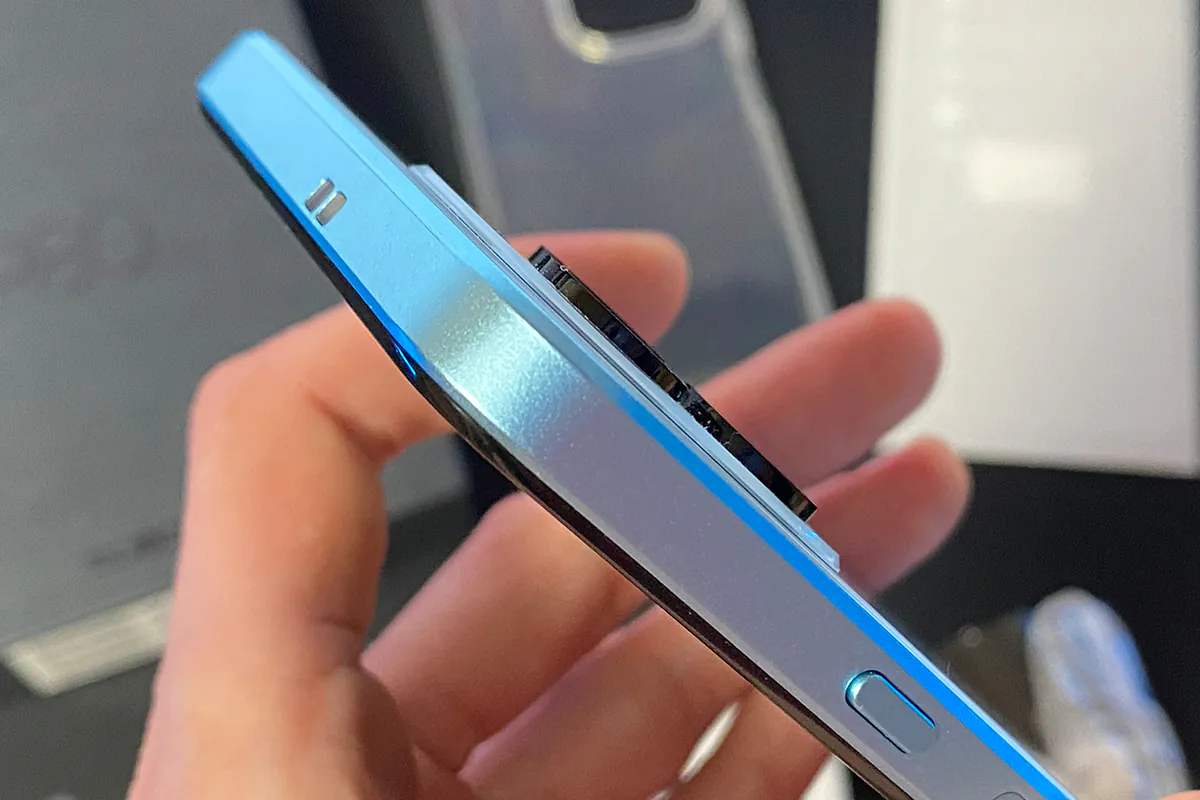 On the left side of the smartphone, there is a tray for the SIM card and volume controls. The tray is hybrid (dual), allowing you to insert 2 nano SIM cards or 1 SIM card and 1 microSD memory card.
On the left side of the smartphone, there is a tray for the SIM card and volume controls. The tray is hybrid (dual), allowing you to insert 2 nano SIM cards or 1 SIM card and 1 microSD memory card.
On the right side, there is the power button and a fingerprint scanner. In this model, they chose not to integrate the scanner into the power button but kept it separate. Perhaps not the most convenient solution, but it’s something you can get used to over time.
On the top edge, there are the proximity and ambient light sensors. On the bottom edge, you’ll find speaker openings on both sides and a USB-C port. A downside to note is the absence of a standard 3.5mm headphone jack for wired headsets.
The build quality of the smartphone is excellent without exaggeration. The construction feels sturdy, and all elements fit well. The device has a noticeable weight in hand. Overall, based on its appearance and assembly, you wouldn’t easily identify it as a budget model.
As for ergonomics, I can say that using the smartphone is convenient. The large thumb easily reaches the power button and the fingerprint sensor. Volume adjustment is conveniently placed under the index or middle finger. In most areas of the display, you can navigate with the large thumb without having to readjust the device. The only exception might be the very top of the display. Overall, from an ergonomic perspective, using the smartphone is pleasant and comfortable.
Read also:
- Cubot Note 50 Smartphone Review: Worthy of your attention
- Cubot Note 40 Review : What to expect from a budget smartphone
- Cubot Note 21 smartphone review
Cubot P80 display
The smartphone features a 6.58-inch IPS display with FHD+ resolution (1080×2408) and a 60 Hz refresh rate. Here, there’s one unclear aspect: why does the Cubot P80 have only a 60 Hz refresh rate? Considering that the similarly priced Cubot Note 50 boasts a 90 Hz refresh rate.
In terms of display responsiveness, it’s quite good—reasonably fast and smooth, given the refresh rate. It responds promptly to actions with positive feedback and supports up to 10 simultaneous touches.
 The color reproduction is surprisingly good for a budget device, with bright, vibrant, and saturated colors. Black color and its shades look well-defined. However, HDR support is understandably absent.
The color reproduction is surprisingly good for a budget device, with bright, vibrant, and saturated colors. Black color and its shades look well-defined. However, HDR support is understandably absent.
The viewing angles are impressively wide, ensuring that the display remains clear and visible from virtually any angle.
With a pixel density of 400 PPI, the display ensures excellent clarity, free from any blurring, and pixels are imperceptible even at close inspection.
Brightness is not an issue with the display. There’s more than enough brightness reserve to use the smartphone comfortably in practically any lighting conditions.
Summing up, it can be said that overall the display is decent. It boasts a large size, good responsiveness, and color reproduction. The resolution and PPI are optimal. Personally, I didn’t notice any drawbacks for myself, but having a higher refresh rate would make it even more ideal.
Components and performance
The Cubot P80 runs on the MT8788V/WA processor, equipped with 8GB of RAM (expandable virtually) and storage options of 256GB or 512GB, depending on the model. Let’s take a closer look at the hardware and run performance tests.
Processor and graphics
The MediaTek MT8788/WA is an 8-core mobile chipset manufactured using a 12-nanometer process. It features a core architecture of 4 Cortex-A76 cores clocked at 2 GHz and 4 Cortex-A53 cores also running at 2 GHz. The graphics processing is handled by the Mali-G72 MP3 chip..
RAM and storage
The smartphone is equipped with 8 GB of LPDDR4X RAM. Similar to other Cubot smartphones, it features the function of adding virtual memory of 8 GB, utilizing space on the storage.
The smartphone features a UFS 2.1 storage type with a capacity of either 256 or 512 GB. Additionally, it supports a microSD card with a capacity of up to 1 TB. As for storage tests, the results from AnTuTu and PCMark are quite satisfactory. Below are the scores.
Performance tests
As always, before conducting tests, I run the smartphone through regular tasks to form an opinion on its performance level, not solely relying on benchmark numbers. Regarding the Cubot P80, based on my experience, the smartphone demonstrates a decent level of performance for an entry-level budget device. While it may not be as fast as budget phones priced around $200-$250, the operating system and applications run quite smoothly. Tasks such as web browsing, watching videos on YouTube, listening to music, and using the camera are not accompanied by critical lags. Throughout the testing period, I didn’t notice any significant freezes, slowdowns, or performance drops during extended usage. Overall, using the smartphone for everyday tasks is quite comfortable.
Regarding mobile gaming, the smartphone handles simple games without any issues. Something of moderate complexity also runs reasonably well (for example, Free Fire). However, more resource-intensive games encounter some difficulty (such as Genshin Impact). In such games, it may be necessary to lower the graphics settings to a minimum to achieve a more or less comfortable FPS. There are also games that are not officially supported on the Cubot P80 (for example, Diablo Immortal).
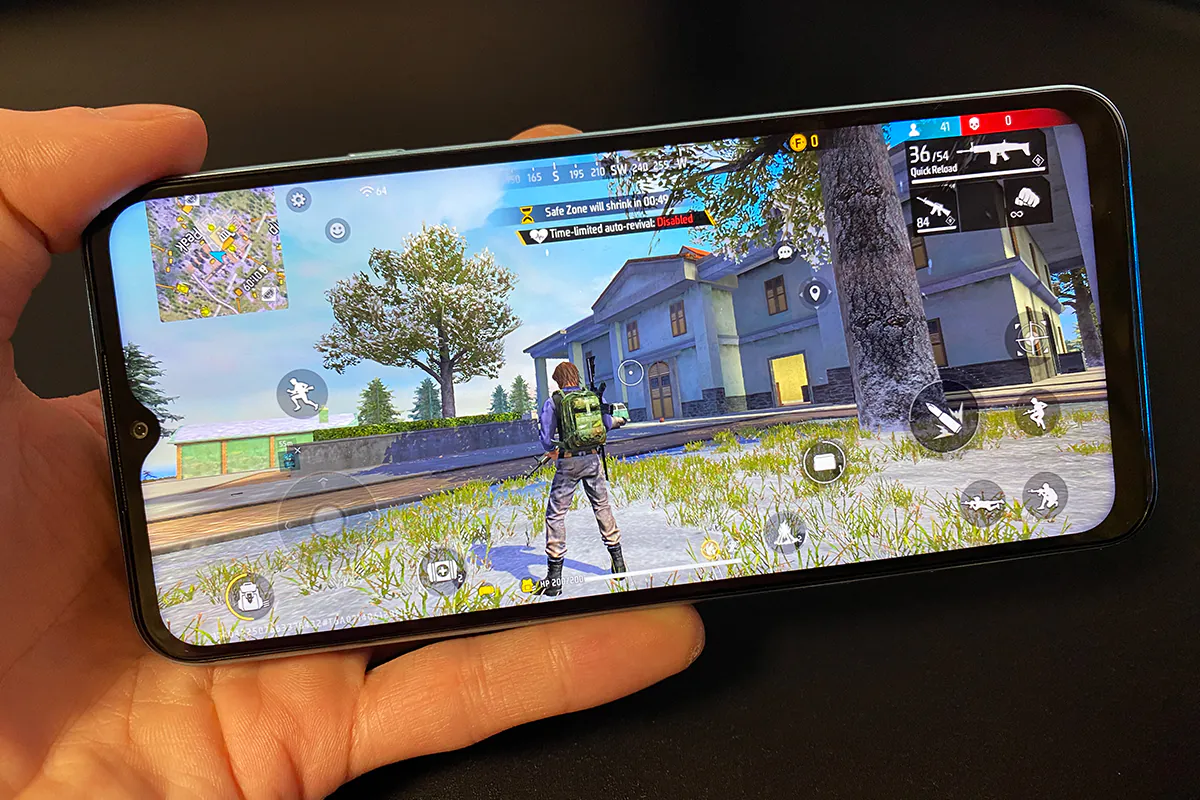 The Cubot P80 doesn’t boast impressive numbers in synthetic tests and benchmarks. The smartphone delivers quite expected figures for its hardware. Below are the results from Geekbench 6, PCMark, 3DMark, AnTuTu Benchmark, AiTuTu Benchmark, and CPU Throttling Test.
The Cubot P80 doesn’t boast impressive numbers in synthetic tests and benchmarks. The smartphone delivers quite expected figures for its hardware. Below are the results from Geekbench 6, PCMark, 3DMark, AnTuTu Benchmark, AiTuTu Benchmark, and CPU Throttling Test.
Cubot P80 cameras
The rear camera consists of 3 modules: the main, additional, and macro. The main module has a resolution of 48 MP, the additional one is 0.3 MP, and the macro module is 2 MP.
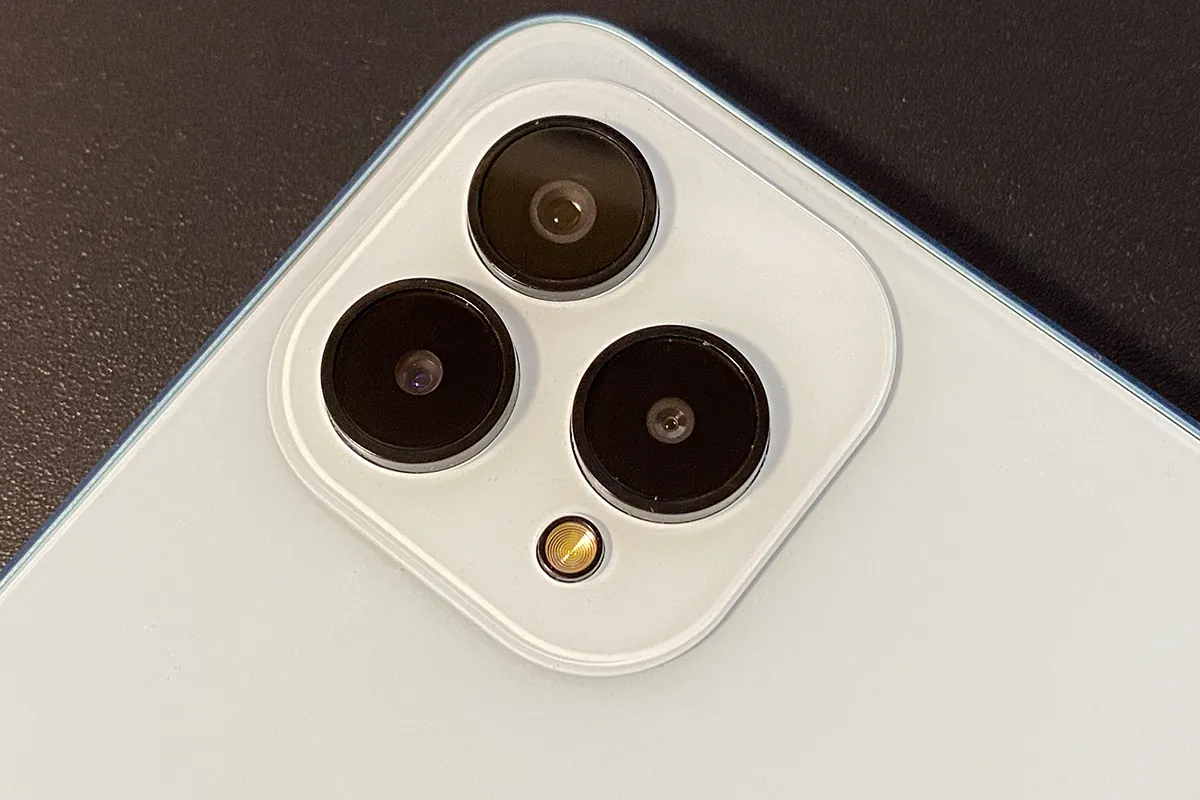 The maximum resolution of the main camera for photos is 48 MP (8000×6000). The maximum resolution for video recording is Full HD (1920×1080) at 30 frames per second.
The maximum resolution of the main camera for photos is 48 MP (8000×6000). The maximum resolution for video recording is Full HD (1920×1080) at 30 frames per second.
The front camera has a resolution of 24 MP (5632×4224). The maximum video recording resolution is HD (1280×720) at 30 frames per second.
Application
The camera application on the Cubot P80 is straightforward, offering a basic set of modes and settings. There aren’t too many modes; it provides standard photo modes such as normal, beauty, night shooting, macro, portrait, and ultra HD (48 MP). For video recording, there is only one mode available, which is regular video recording. There are no time-lapse, slow-motion, or double-shot features here. Everything is kept simple.
There are additional scene modes for both photos and videos, such as sunset, landscape, beach, snow, sports, and so on. I won’t list them all; it’s better to show them in screenshots. From experience, I can say that these modes don’t add much, at least in budget smartphones. Moreover, they become unavailable when HDR is turned on.
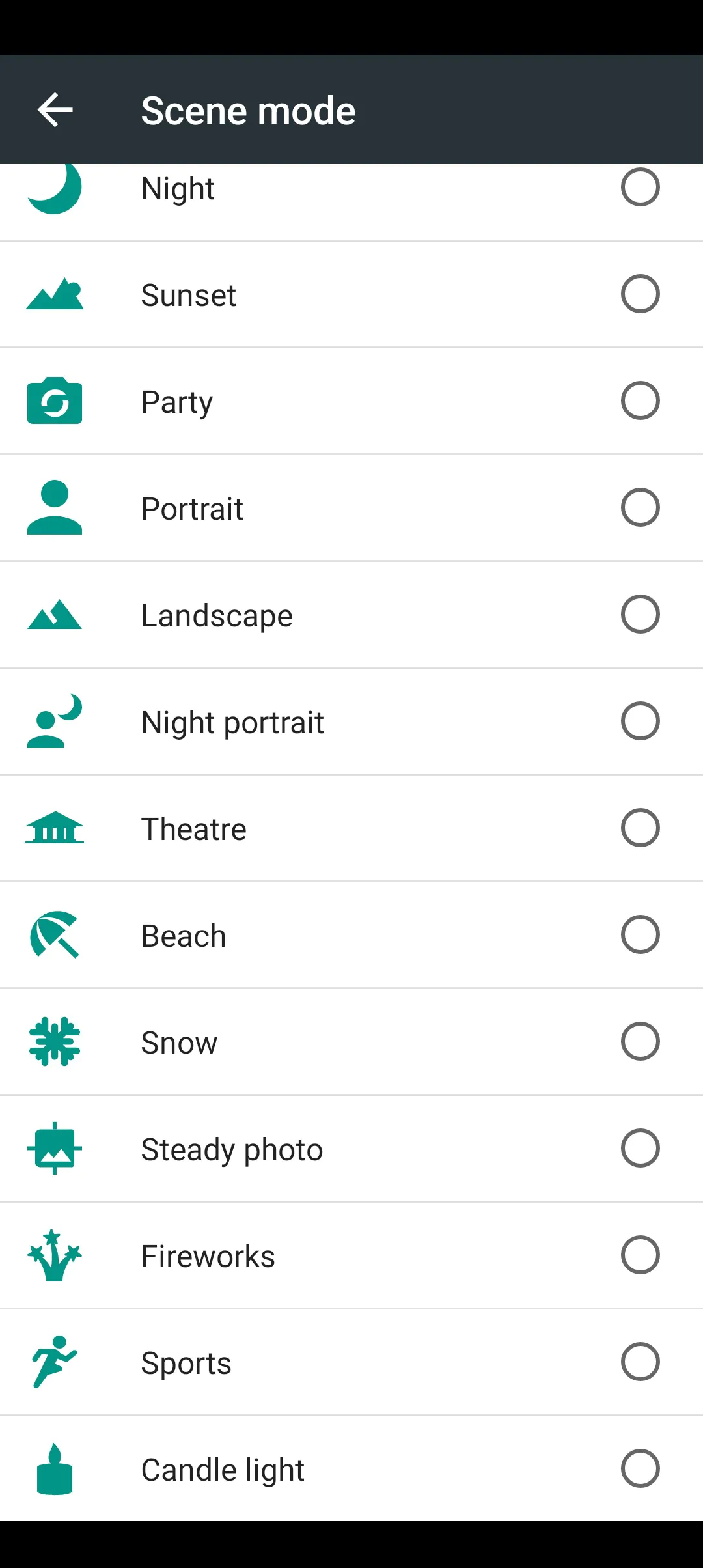 Additionally, the main camera supports HDR with basic stabilization. There aren’t many global settings available either.
Additionally, the main camera supports HDR with basic stabilization. There aren’t many global settings available either.
For the front camera, only 3 shooting modes are available: regular photo, beauty mode, and simple video recording. HDR is not available for the front camera.
Photos and videos on the main camera
In good lighting conditions, photos turn out quite decent for an ultra-budget smartphone. In most cases, you get reasonable detail and color reproduction. With the maximum resolution of 48 MP, photos exhibit enhanced sharpness, noticeable when zooming in and closely examining individual small objects in the frame. The camera supports HDR, which adds a bit of contrast to the photos.
At two times zoom, the photo quality doesn’t degrade significantly, so you can confidently use this function.
Portrait photos look interesting, especially if you play with the aperture slider and optimally adjust the blur for the surroundings and lighting. It doesn’t always work as desired, for example, it tends to blur the background heavily, regardless of adjustments. However, considering it’s an ultra-budget device, there’s not much sense in being too critical about it.
The macro performance is predictably weak. To capture a quality shot, one needs to strictly adhere to the specified distance from the object and keep the smartphone completely steady, which is often nearly impossible in many scenarios. Consequently, in most cases, macro photos turn out blurry and out of focus.
In low light conditions, the level of detail drops noticeably, and the shots may appear somewhat blurry. However, adjusting the brightness slider and fixing the autofocus can help capture quite decent shots even in challenging lighting conditions.
Nighttime photography poses a challenge for the smartphone camera: in low light conditions, there is an increase in graininess, a decrease in detail, and the appearance of artifacts. Additionally, it’s crucial to keep the smartphone steady to achieve acceptable sharpness in the shots.
For capturing shots in low-light conditions, there is a dedicated night mode. It makes photos less contrasty, adds illumination to objects in the frame, thereby enhancing detail. However, its impact on the overall quality of the shots remains somewhat limited.
Videos recorded in good lighting conditions generally turn out decent. However, there are occasional issues with autofocus during shooting. While it is possible to capture videos in the evening and at night, the quality will noticeably decrease.


Photos and videos on the front camera
The front camera experiences similar issues to the main one. In daylight with good lighting, it captures fairly clear images, but, again, you need to consider conditions to avoid overexposed or overly dark areas. In low light, in the evening, and at night, the detail decreases, and the frames may appear blurry. However, in defense of the Cubot P80, I can say that its front camera is far from the worst, especially in the budget segment. It’s slightly above average, I would say.
Read also:
- Cubot KingKong Star review: A rugged smartphone with an extra screen
- CUBOT Reveals KINGKONG 8 – A Rugged Smartphone With 10,600 mAh Battery
- Cubot Kingkong Power smartphone review: unbreakable powerbank with torch
Sound
Regarding the sound quality of the Cubot P80, it can be said that the sound is not flat or squeaky. During music playback, you can feel the bass. At maximum volume, defects typical of overloaded speakers may appear, such as distortion and buzzing. However, for a budget device, the smartphone sounds decent. In terms of volume, there are no issues – there’s more than enough loudness. In the settings, there is a sound enhancement function called BesLoudness, which boosts the speaker’s volume. After listening and comparing, to be honest, I didn’t notice a significant difference in sound quality. In the end, I left it as it was by default – turned off.
Regarding headphone connectivity, the smartphone lacks the standard 3.5mm audio jack and only features a Type-C port. For most users, the absence of a 3.5mm jack might be considered a downside, especially for those who prefer wired headphones. However, for wireless headphones, Bluetooth 4.2 is available. While it’s an older version, the smartphone supports LDAC audio codec, making it a good choice for users with quality wireless headphones.
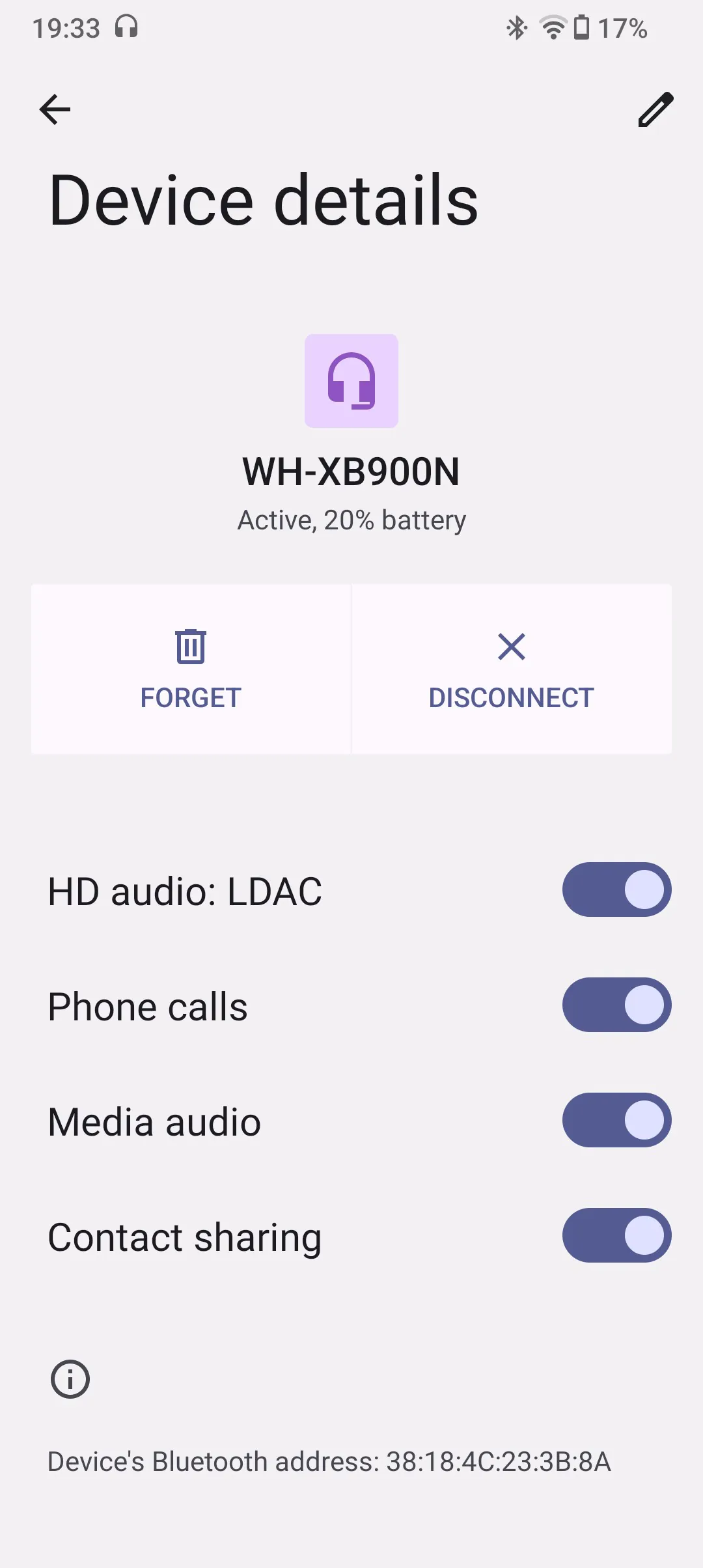
It’s great to hear that the connected devices work excellently with the smartphone. While the smartphone was in my test, I listened to music and watched YouTube videos, and the sound quality satisfied me.
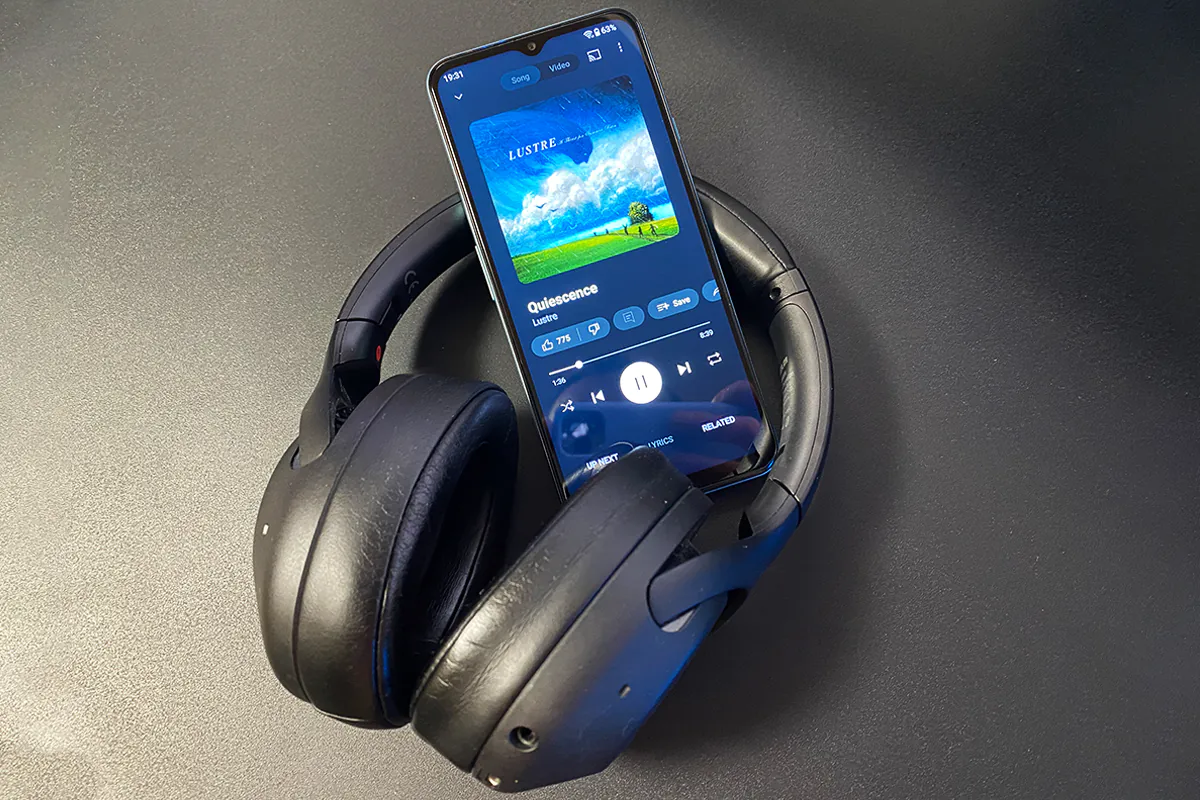
I have no complaints about the call sound quality. The speaker’s volume reserve is sufficient to hear the interlocutor clearly. Judging by the fact that I was heard well, the smartphone’s microphone performs well too.
Communication
The smartphone supports 2 nano-SIM cards. The SIM card slot is a hybrid dual one, allowing you to use either 2 SIM cards or 1 SIM card and 1 memory card. The supported network standards include 2G, 3G, and 4G, but there is no support for 5G in this model. The supported frequency bands are as follows:
- GSM: 850/900/1800/1900MHz
- WCDMA: 1/2/4/5/6/8/19
- LTE FDD: 1/2/3/4/5/7/8/12/13/17/18/19/20/26/28A+B/66
- LTE TDD: 38/39/40/41
While I had the smartphone for testing, I used it as my primary phone for calls. I didn’t encounter any issues with the connection during the testing period. I checked the simultaneous operation of two different mobile operators, and the signal on both SIM cards was good, with the usual mobile internet speed.
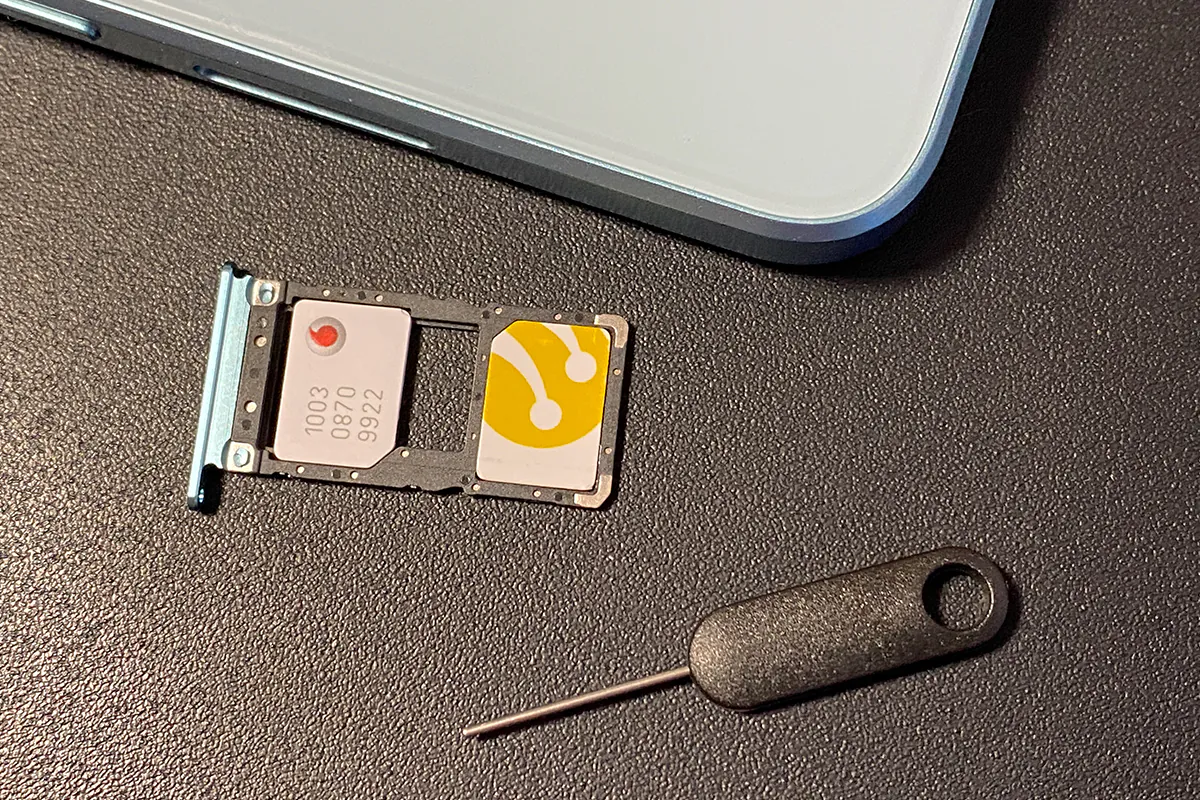
Wireless technologies
Cubot P80 supports wireless connections with Wi-Fi 5 (802.11abgn/ac) and Bluetooth 4.2. It also features an NFC module for contactless payments. I didn’t encounter any issues with connections throughout the entire testing period. The smartphone quickly finds and pairs with Bluetooth devices. The same can be said for Wi-Fi connections. By the way, the internet connection speed was typical for my network.
The device supports standard location services, including GPS, A-GPS, GLONASS, and Galileo. I didn’t encounter any issues with the GPS functionality during my testing.
Read also:
Software
The smartphone runs on pure Android 13. There are not many pre-installed applications—only the basic set and all the standard ones from Google. The changes to the OS are purely cosmetic—only the color of some elements and menus has been altered. Otherwise, it’s the same clean Android experience: notification shades, quick access menu, and settings.
The navigation methods on the OS are standard: either 3 buttons or gestures. There are also standard quick action gestures, such as quickly accessing the camera or taking a screenshot with three fingers, and so on.
The set of unlocking methods is standard: PIN code, pattern, password, fingerprint. However, there is no face unlock feature in this model. Unlocking with the fingerprint has received positive feedback and works quickly.
The operating system on the smartphone runs smoothly, without lags or bugs.
Cubot P80 battery life
The smartphone has a 5200 mAh battery. An 18W charger is included.
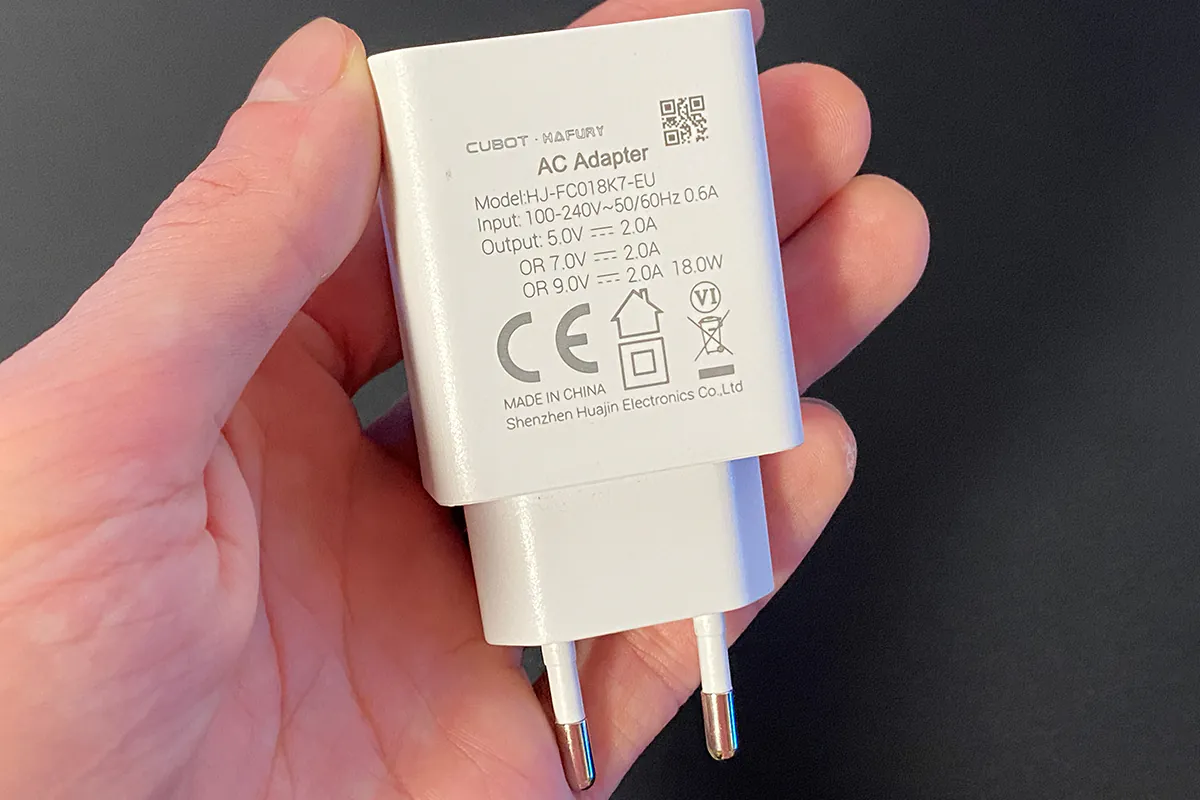
The smartphone charges from 4% to 100% with the included charger in 2 hours and 53 minutes.
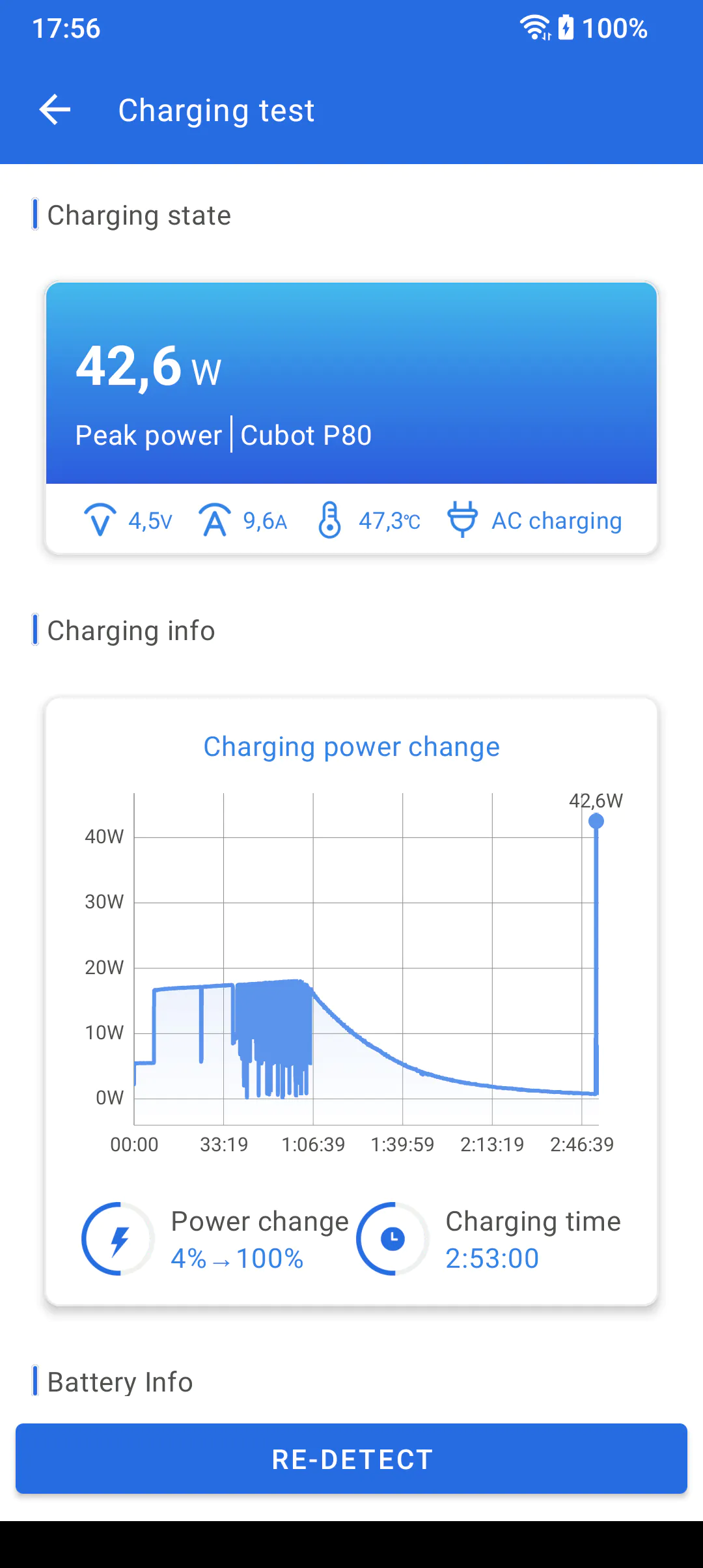
As for battery life, the stress test Work 3.0 Battery Life from PCMark showed that with continuous active usage, the smartphone can last for 9 hours and 38 minutes.
From my personal experience, I can say that with regular usage (calls, internet, messaging, some video, camera usage), the smartphone can easily last 1-1.5 days. With less active usage, this time can extend to 2 days.
Conclusion
In conclusion, the Cubot P80 is a typical budget smartphone, but with its own features that set it apart from other similar devices. The model will be interesting primarily to those who are looking for a quality and affordable device. Among its advantages, I would highlight the design (although nothing particularly original), build quality, package contents, clean Android experience, reasonable level of performance (for an ultra-budget device), storage capacity, decent display, presence of NFC, and, of course, the price. The smartphone also features decent cameras that capture good photos and videos in proper lighting conditions. As for drawbacks, the absence of a 3.5mm headphone jack is notable. Therefore, if you are in need of an affordable smartphone, I recommend considering the Cubot P80 as a viable option.
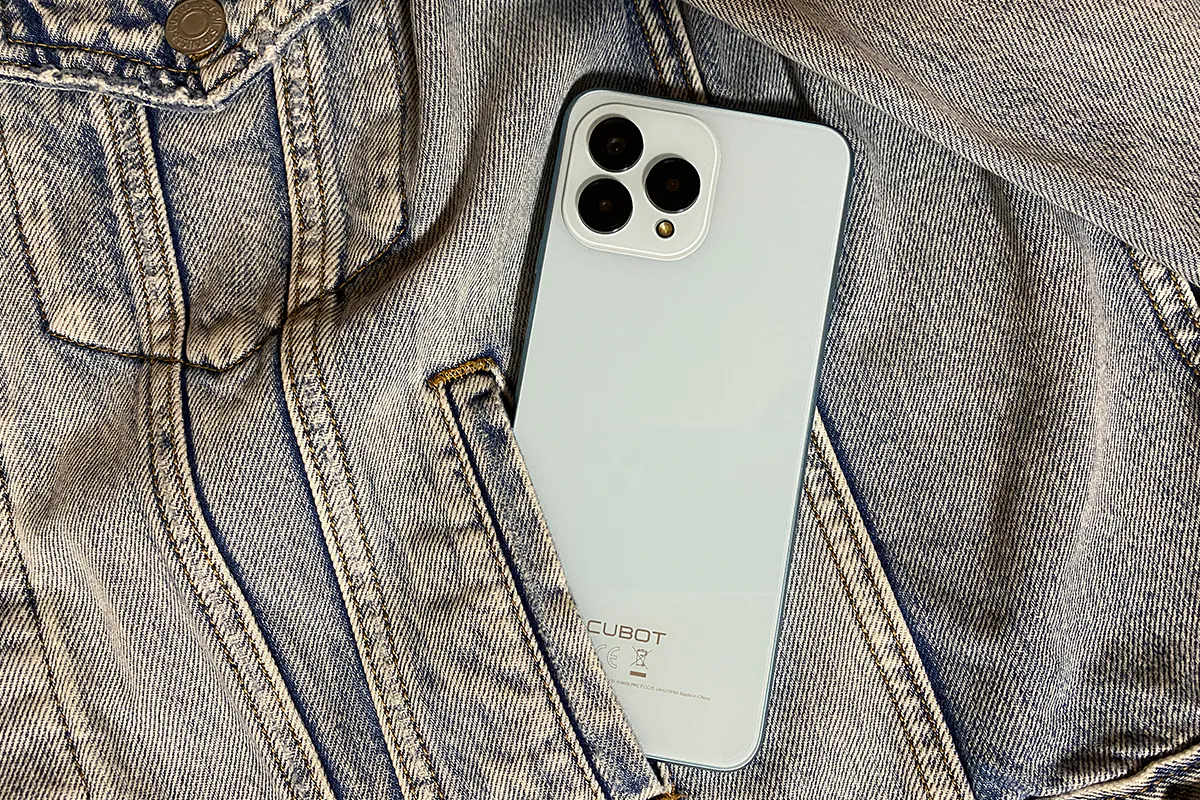
Read alsо:
- How the US Army tracks Santa Claus
- Oukitel WP27 Review: Solid Rugged Budget Phone
- Kiwi Ears Quintet Headphones Review: Symphony of Balanced Sound




